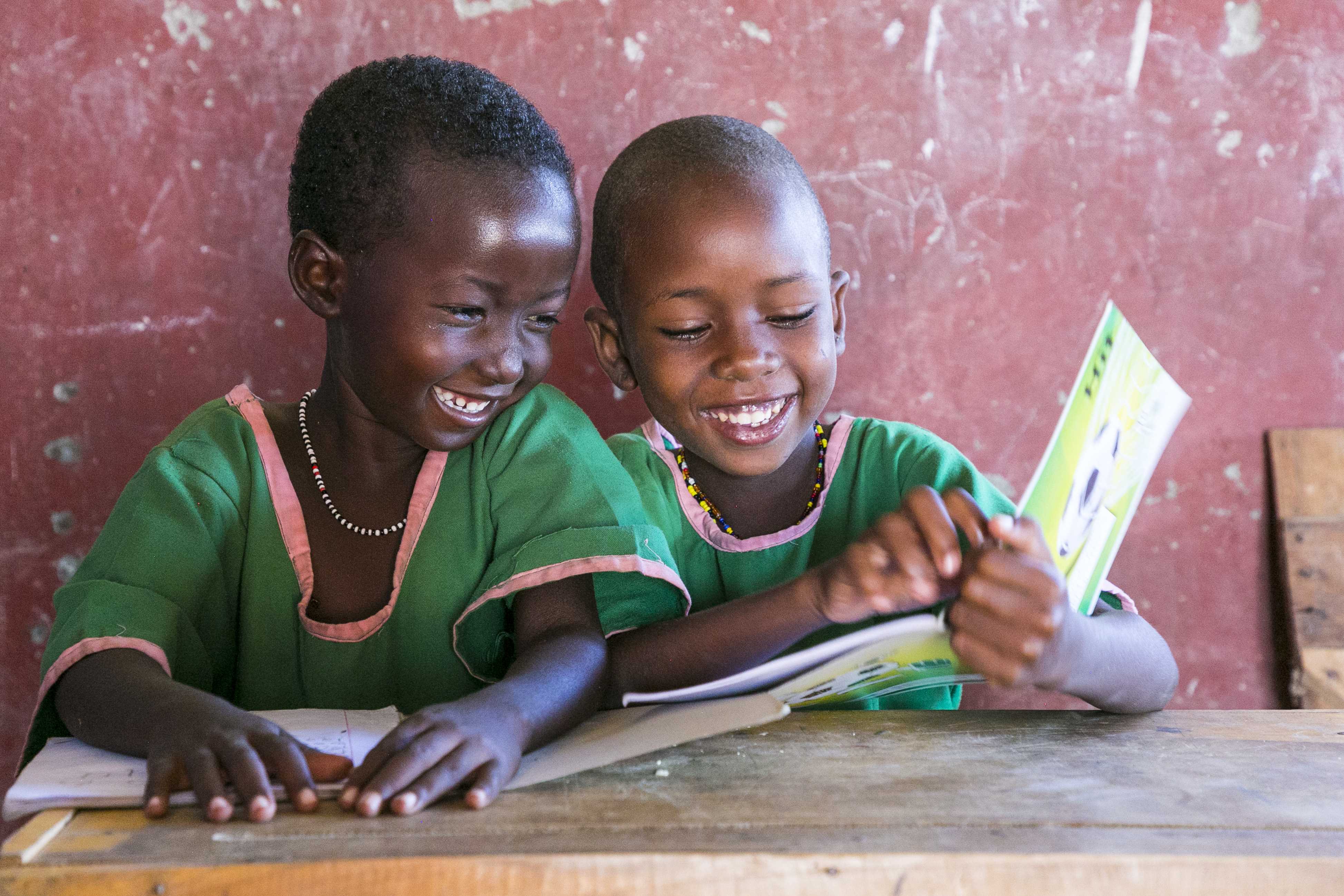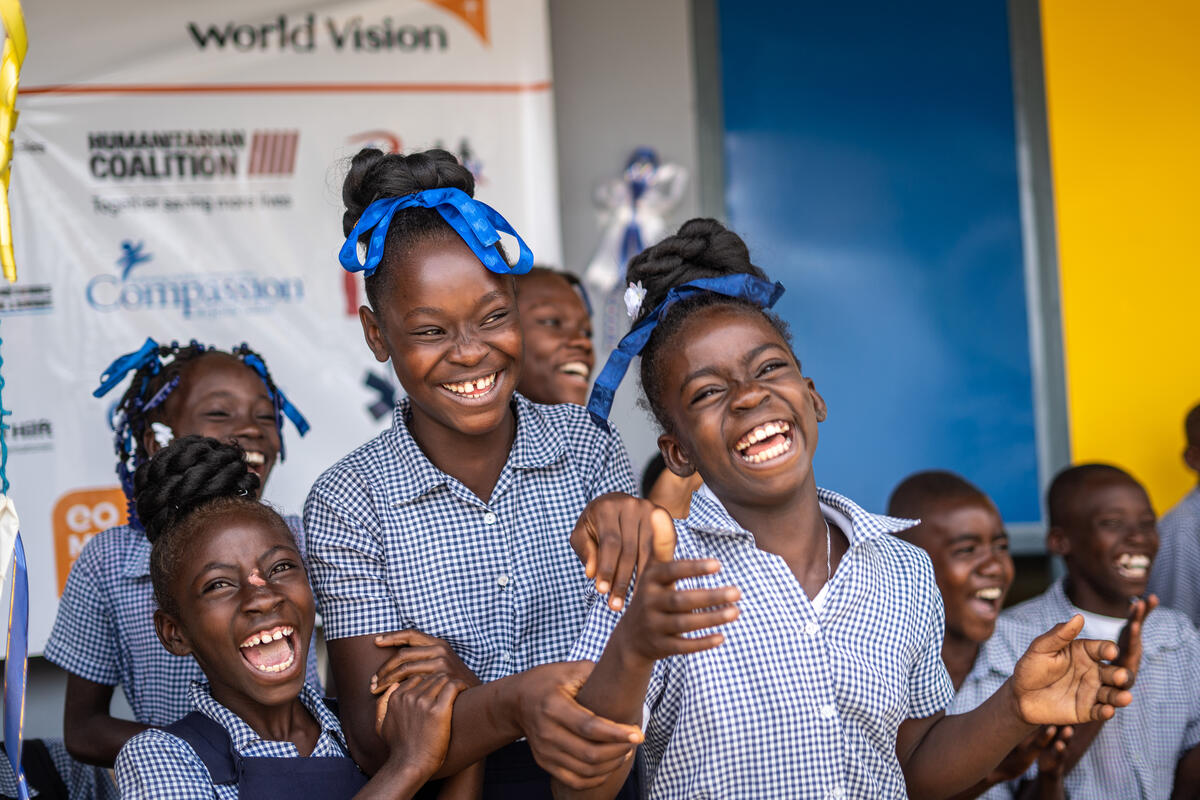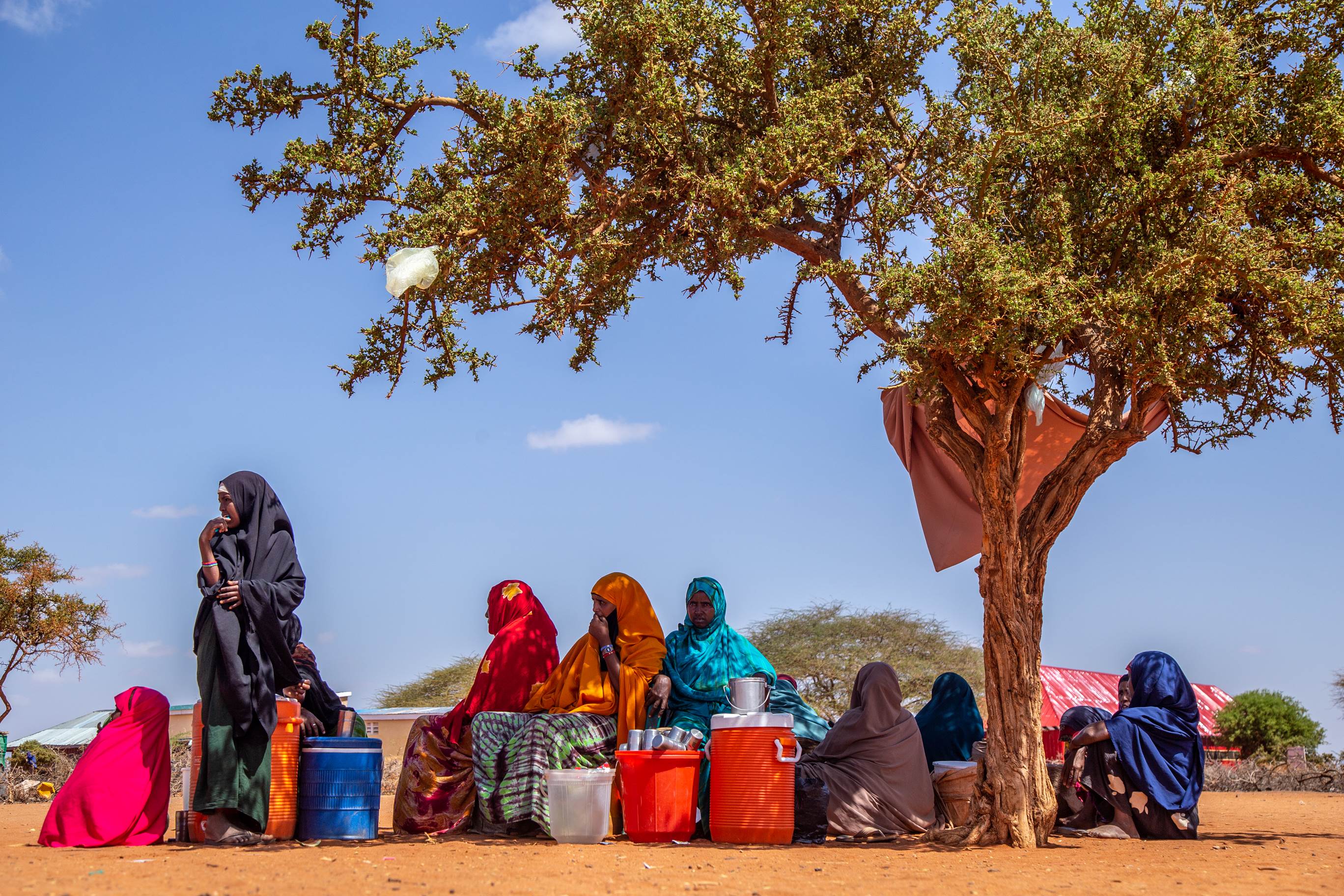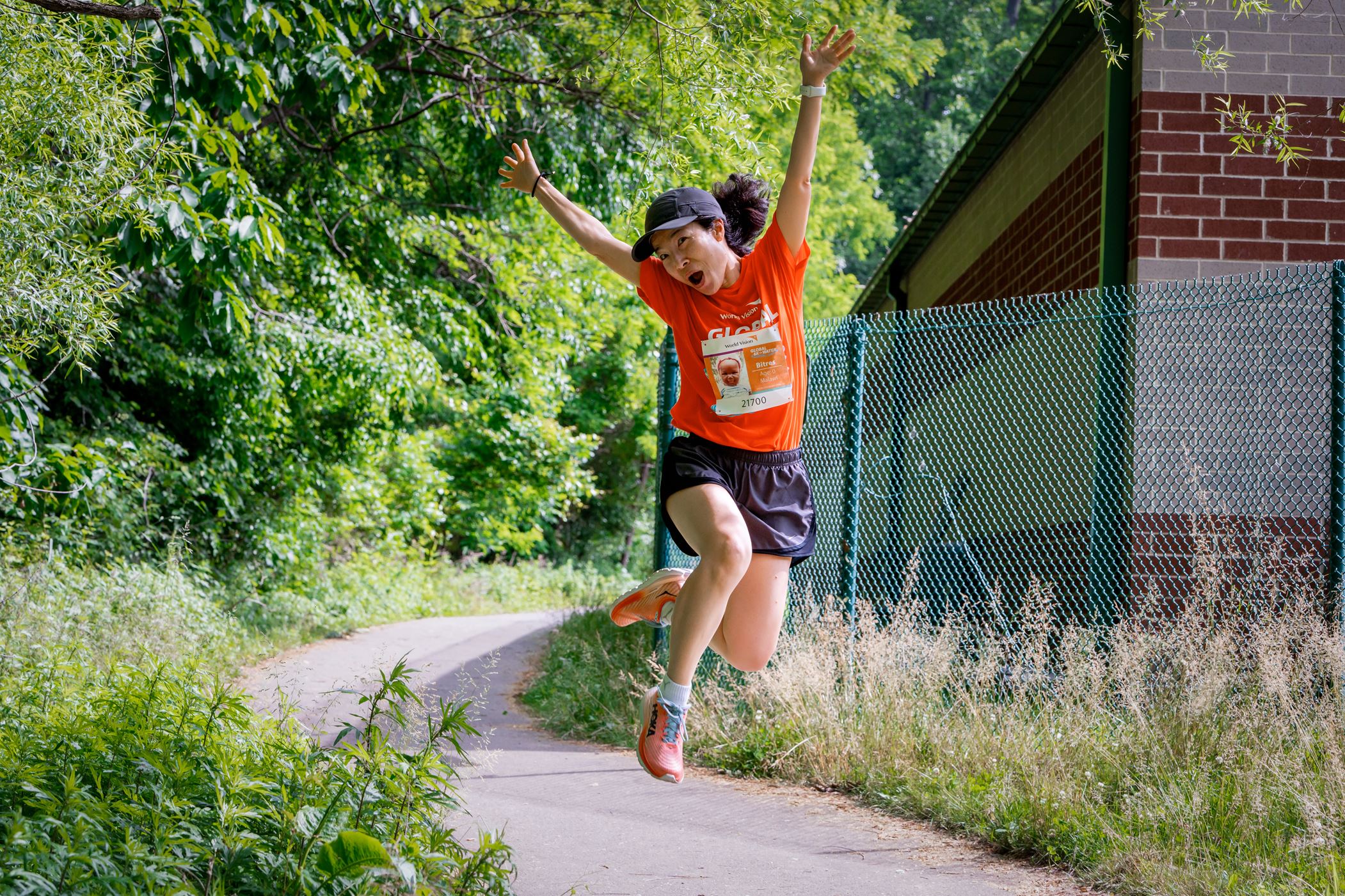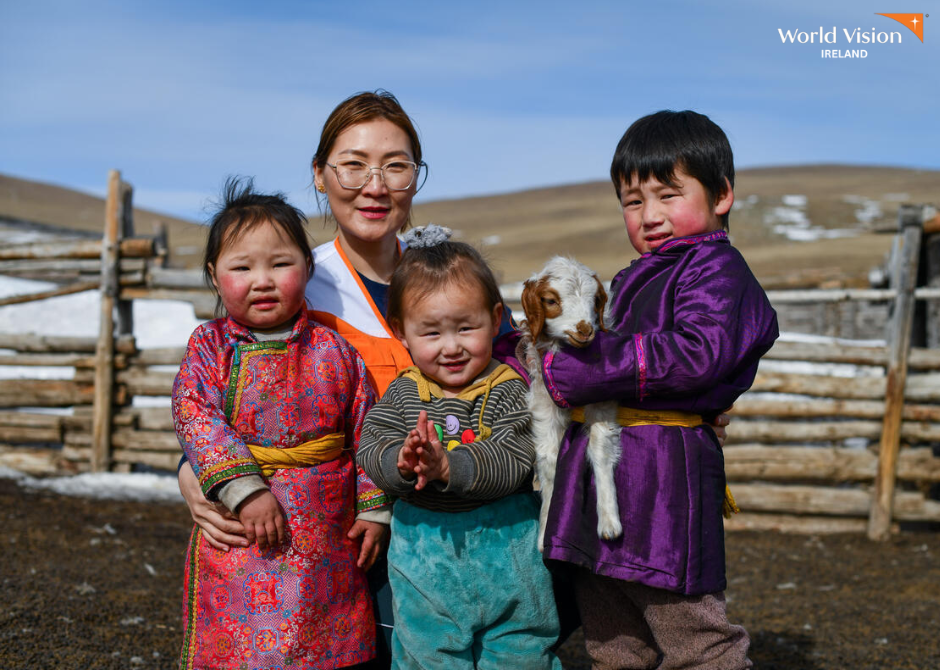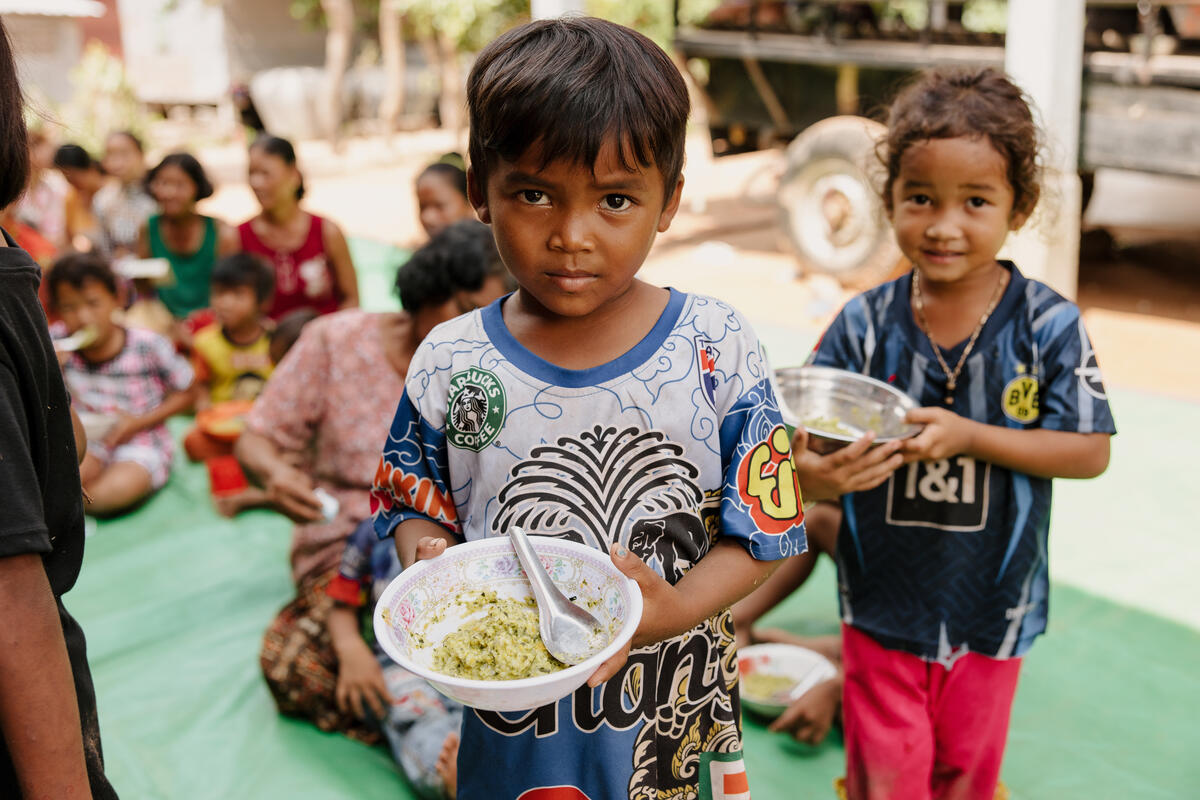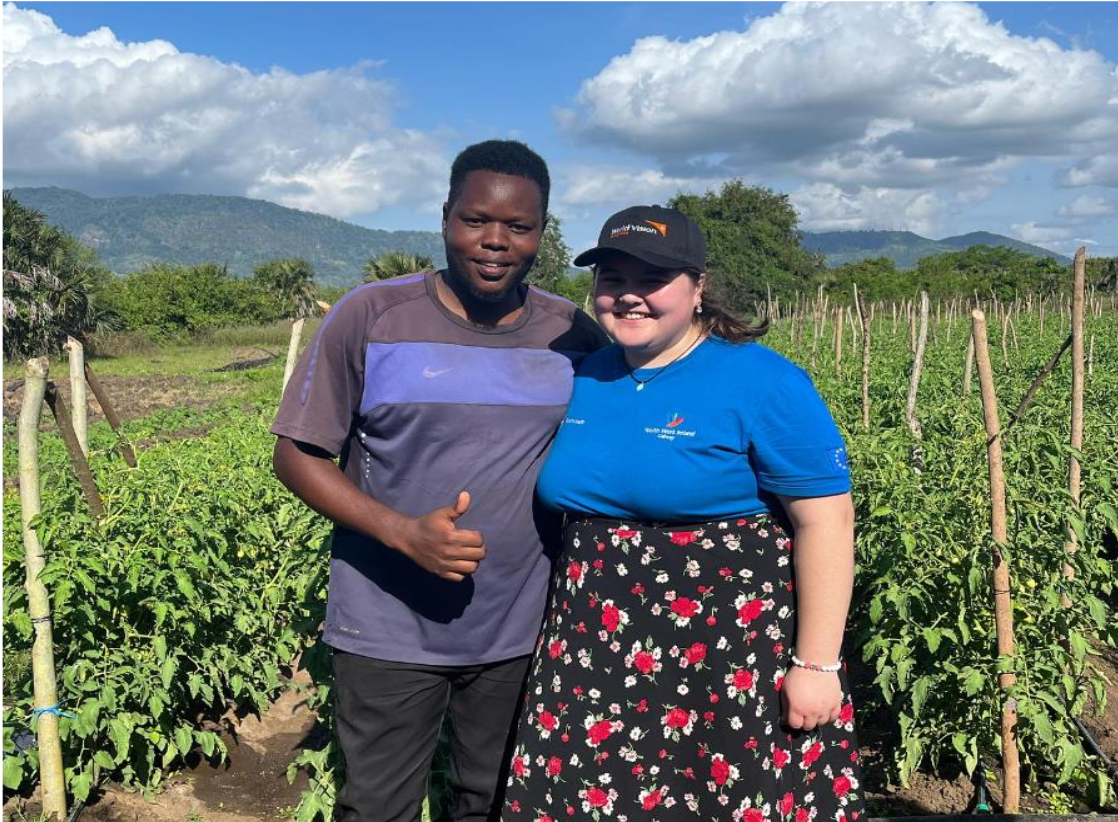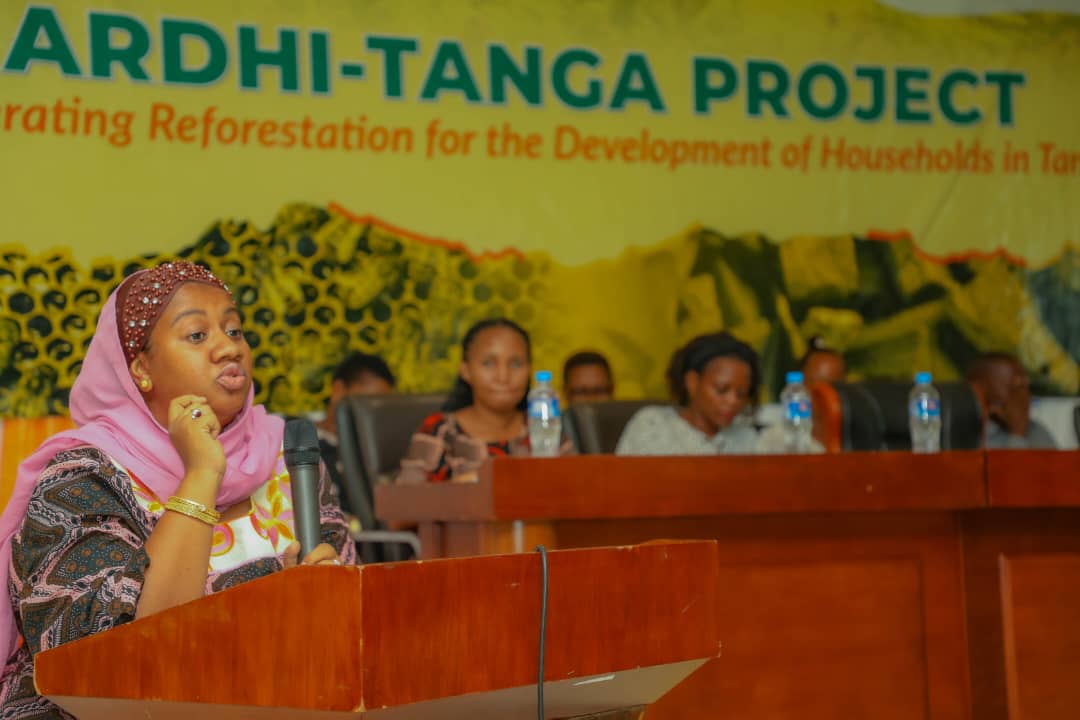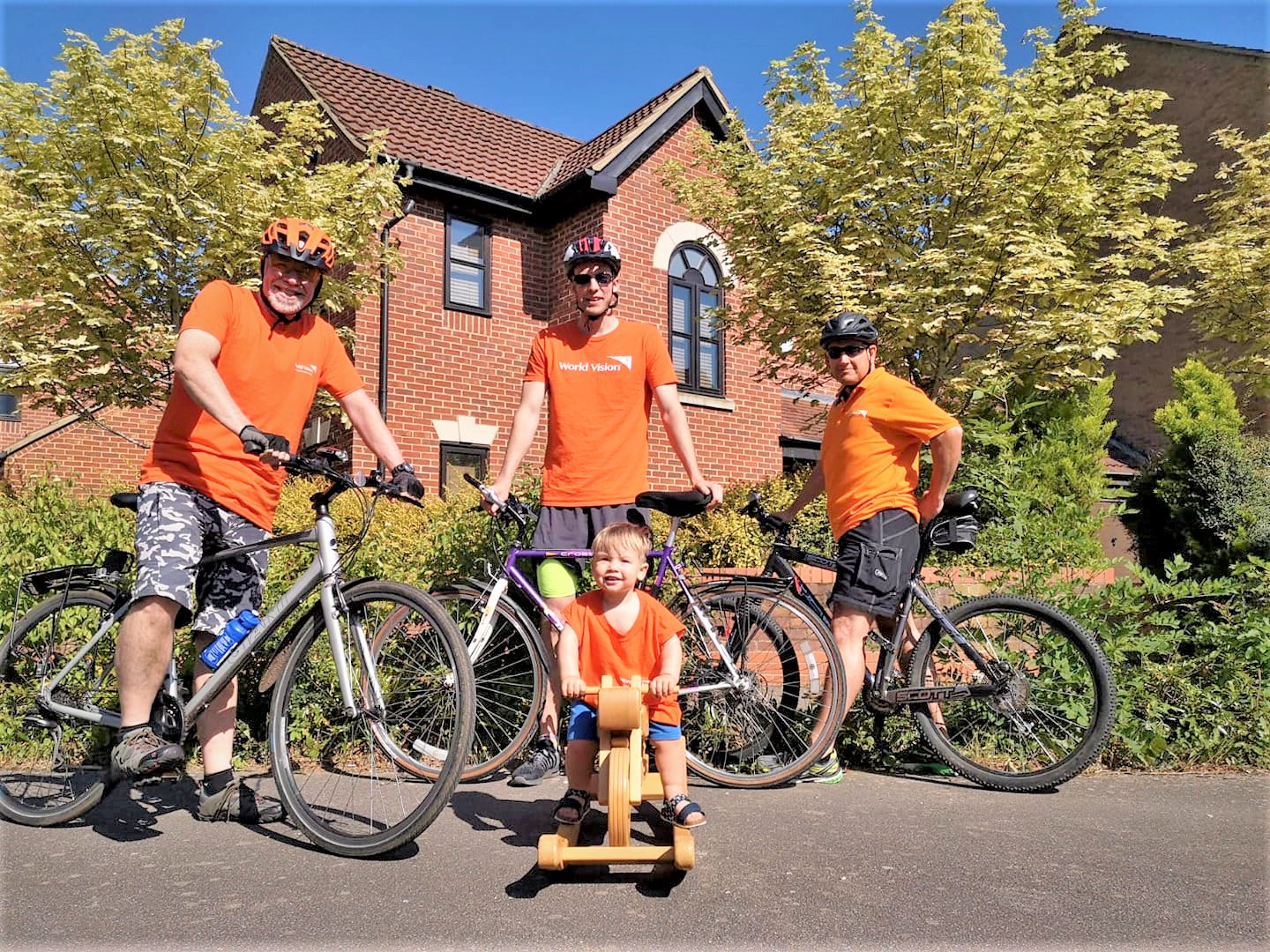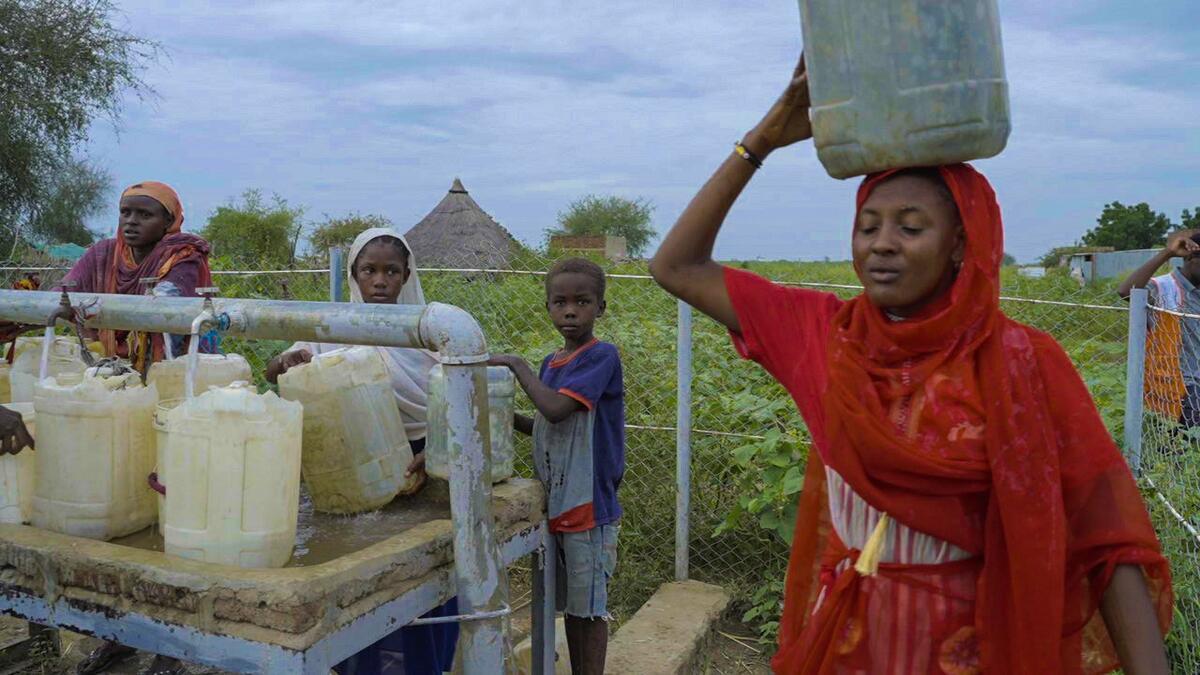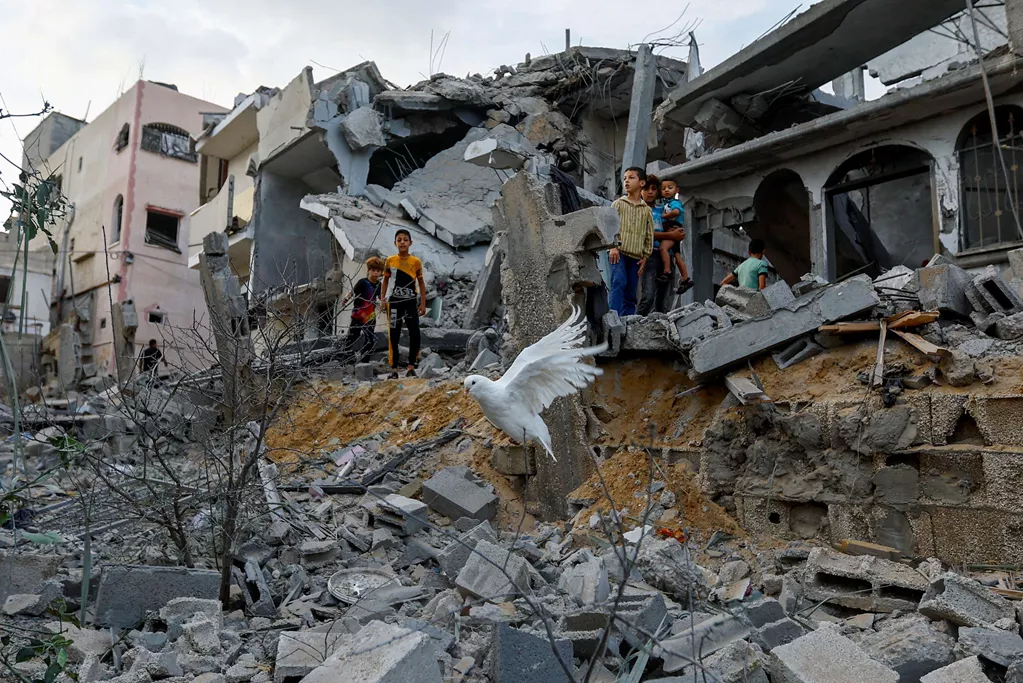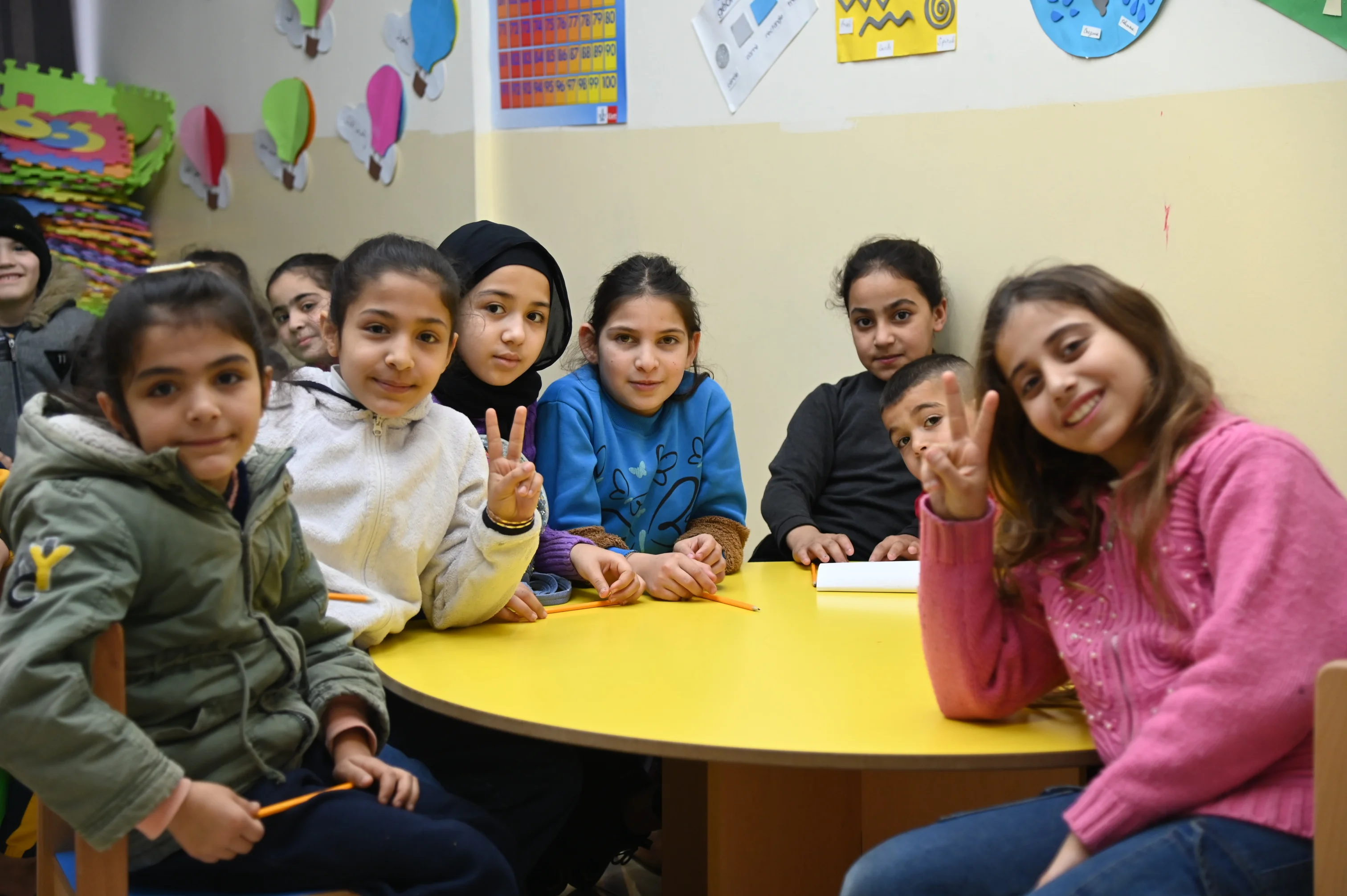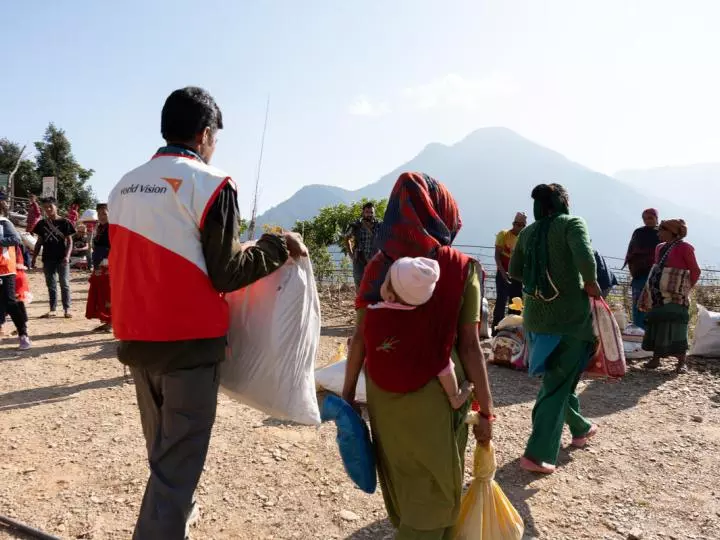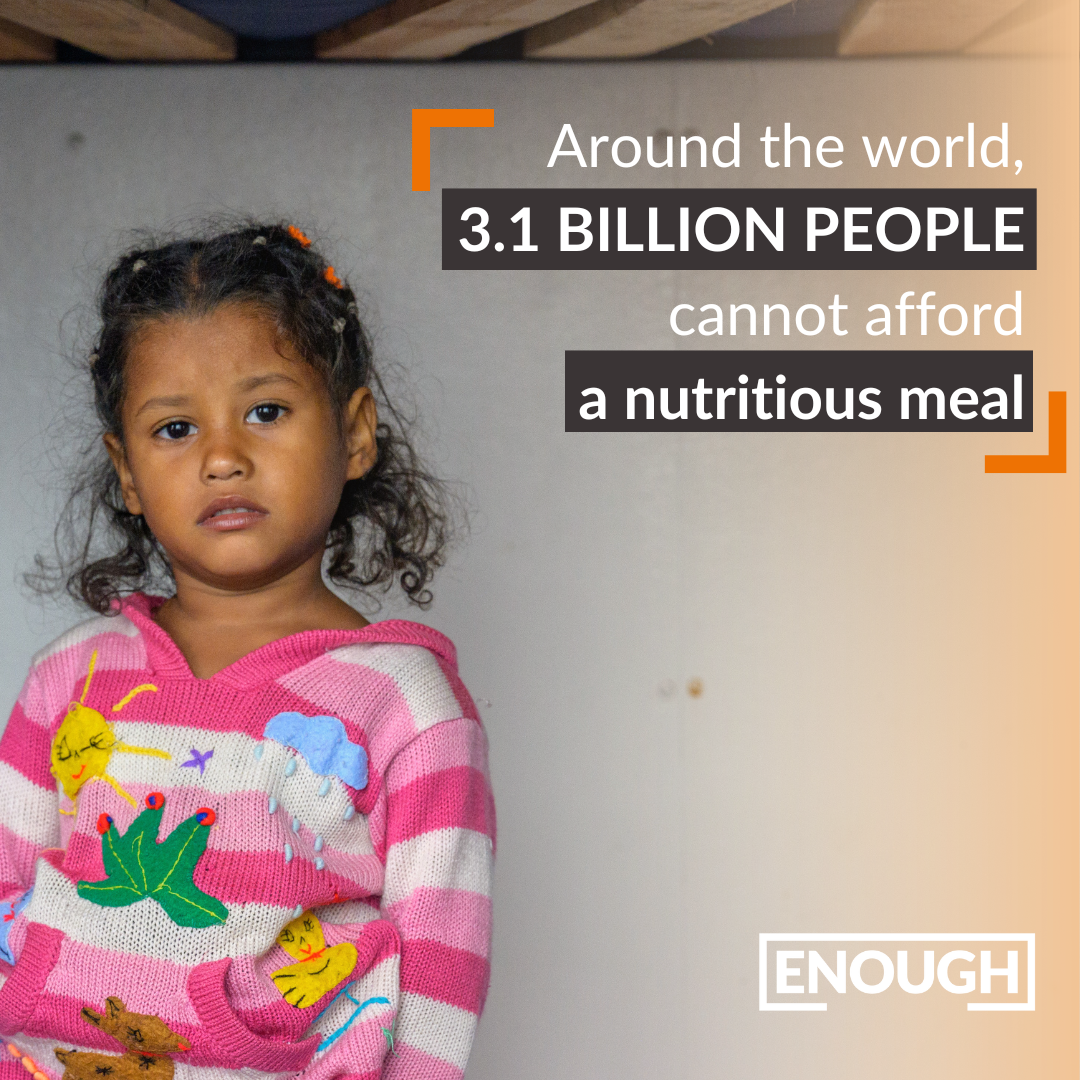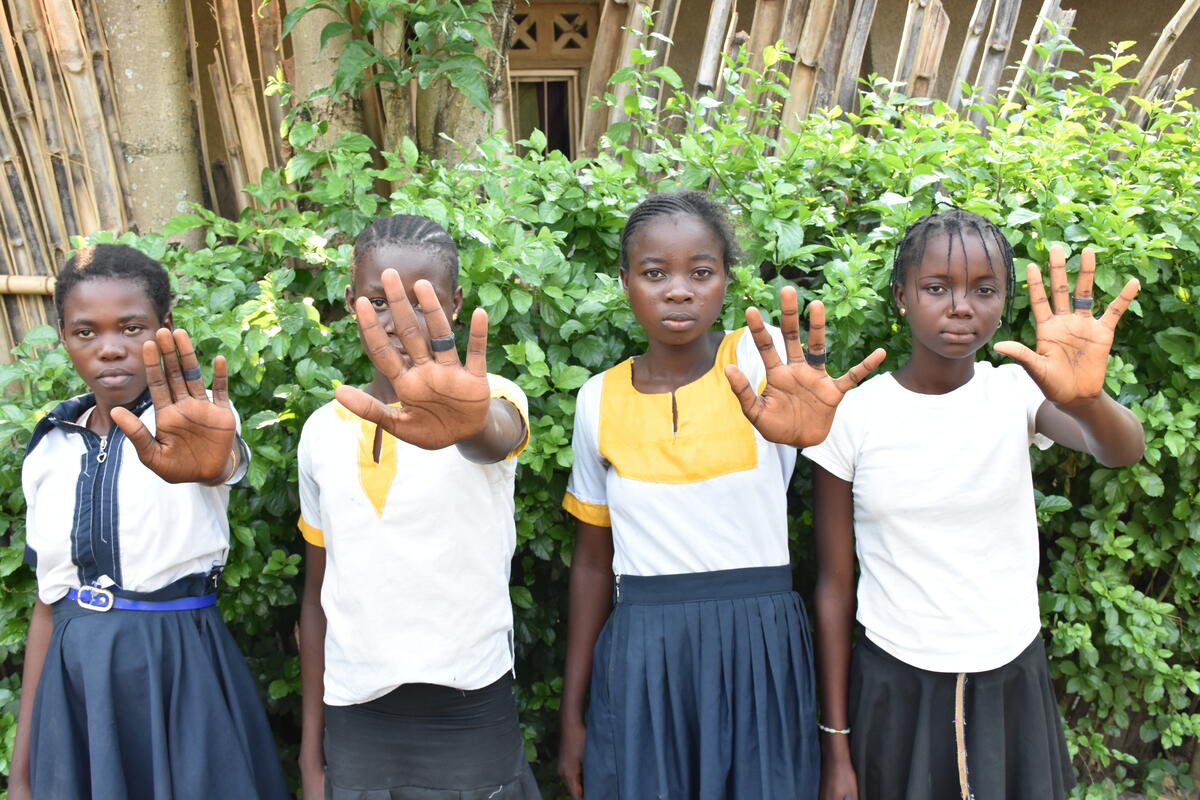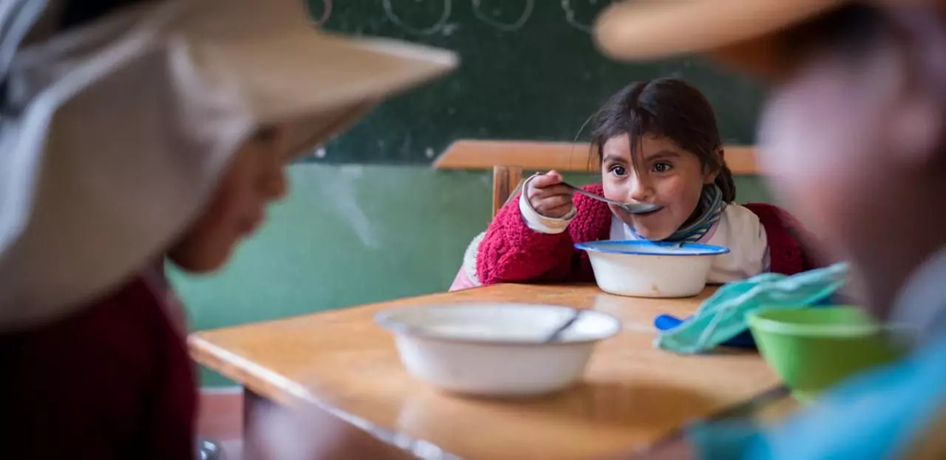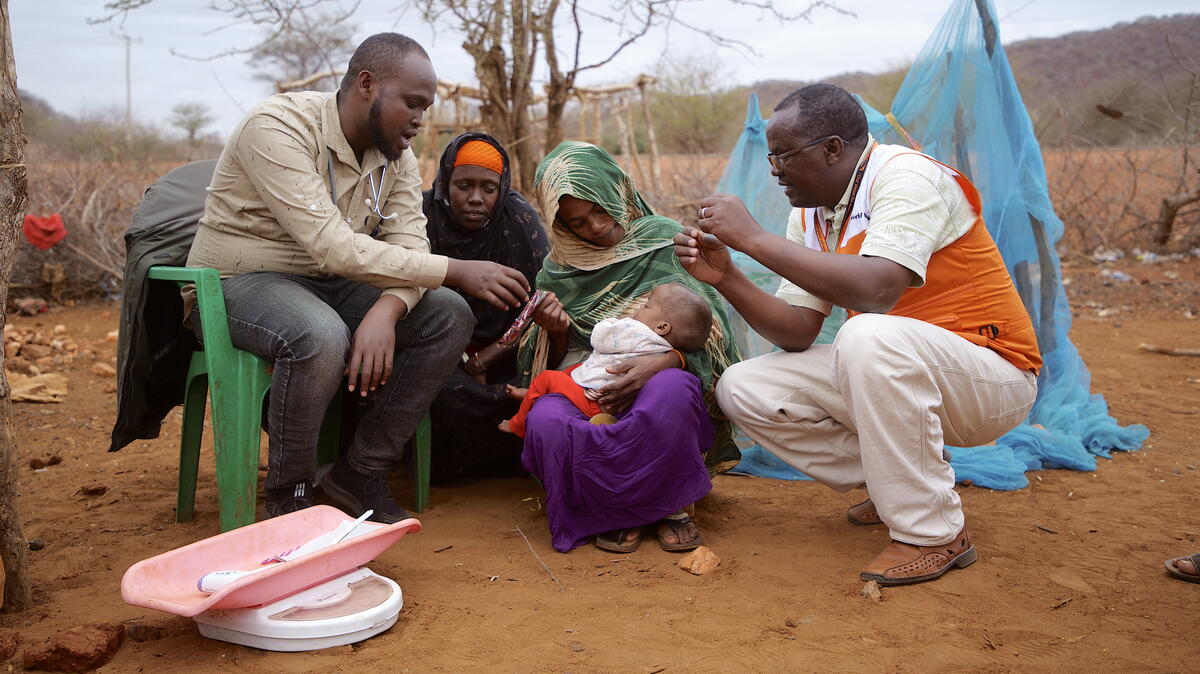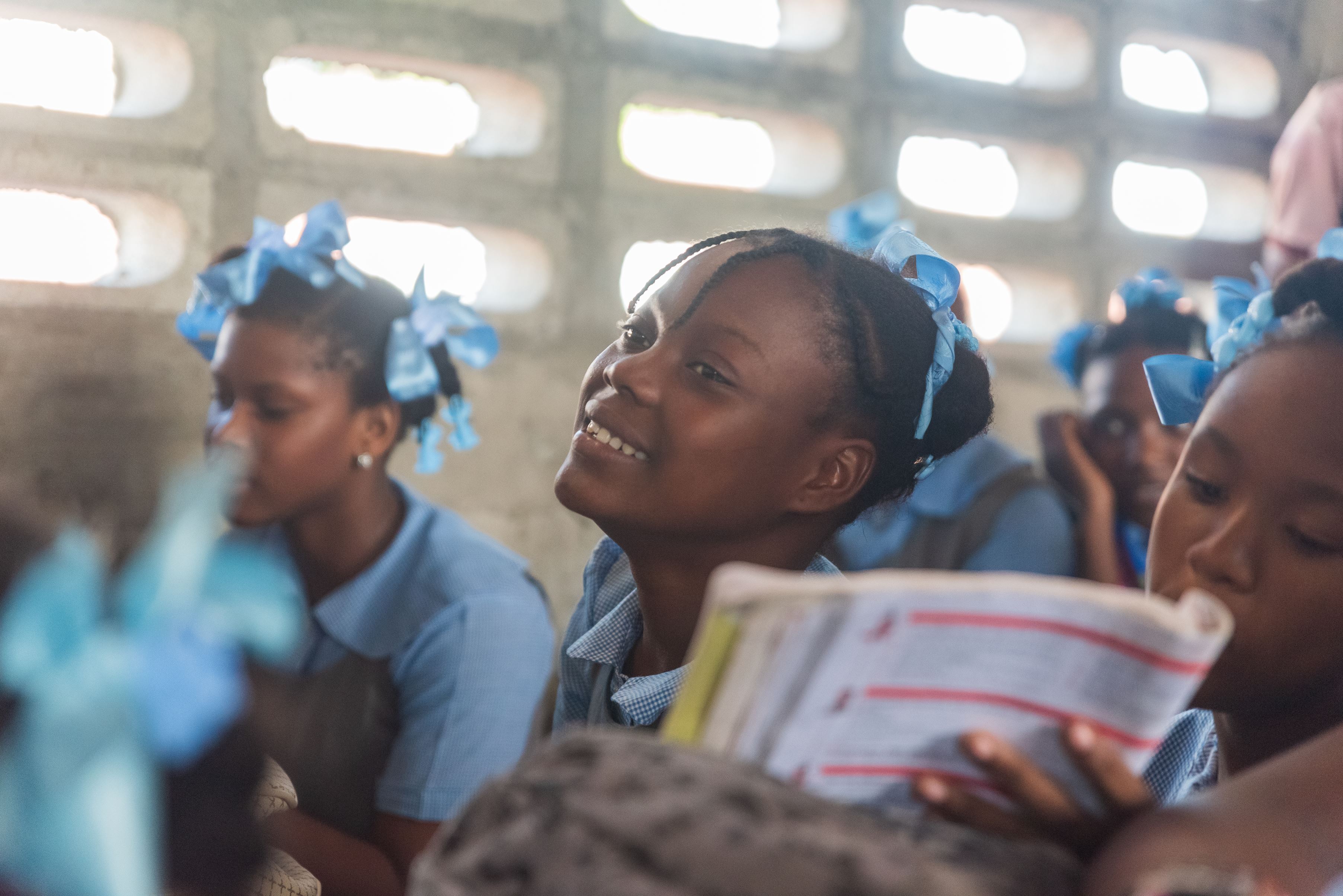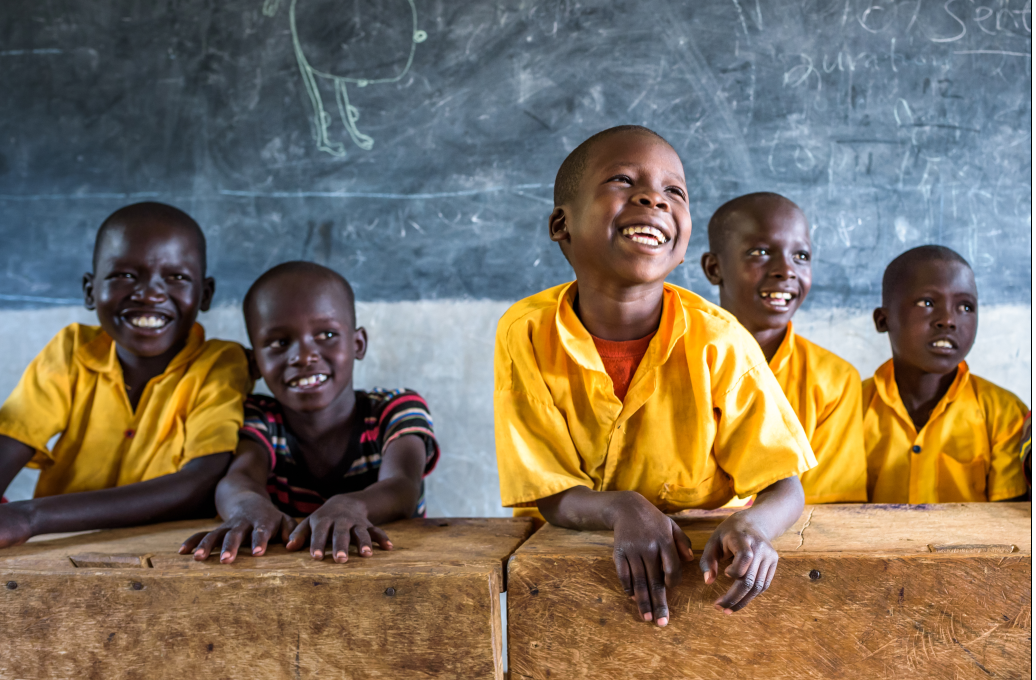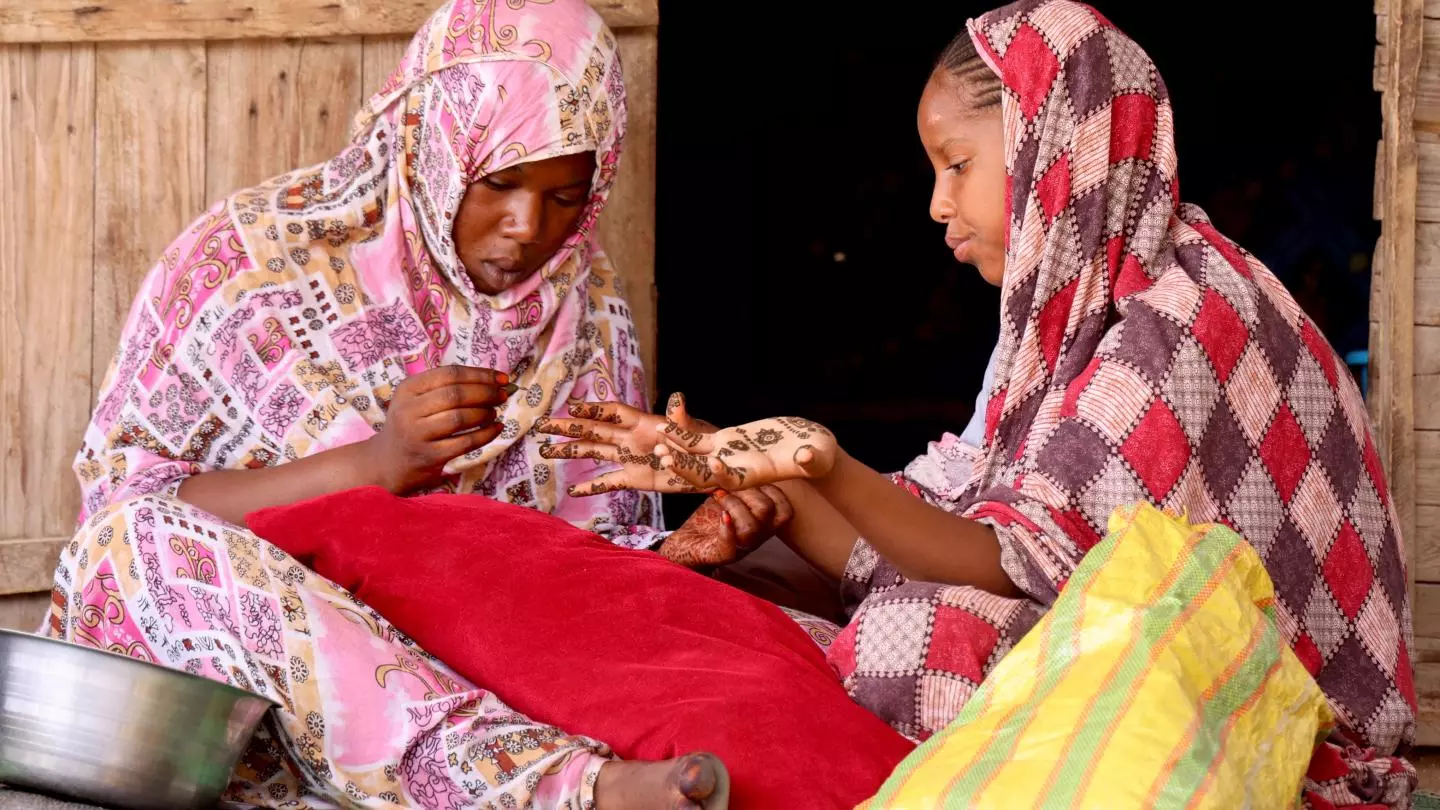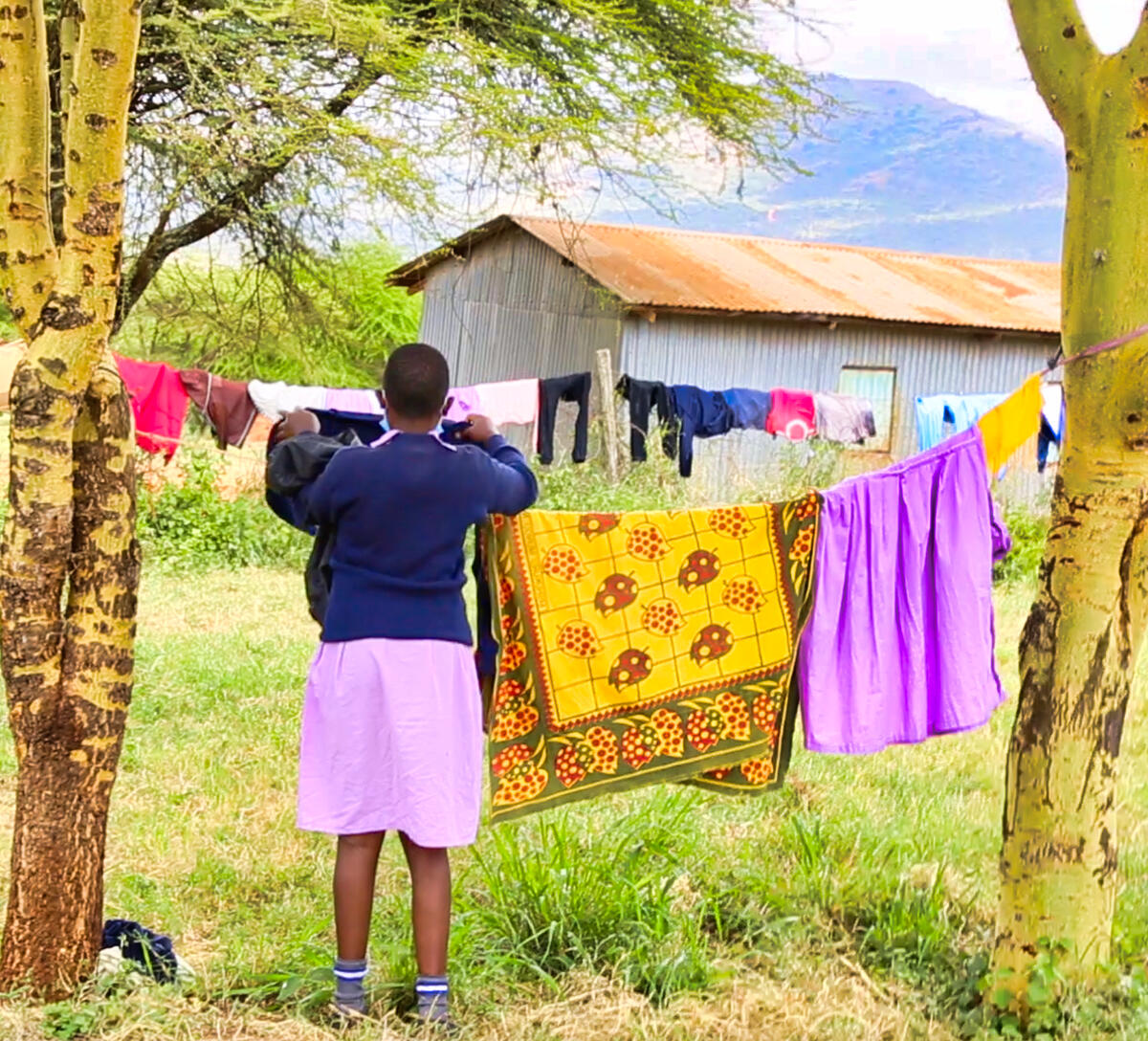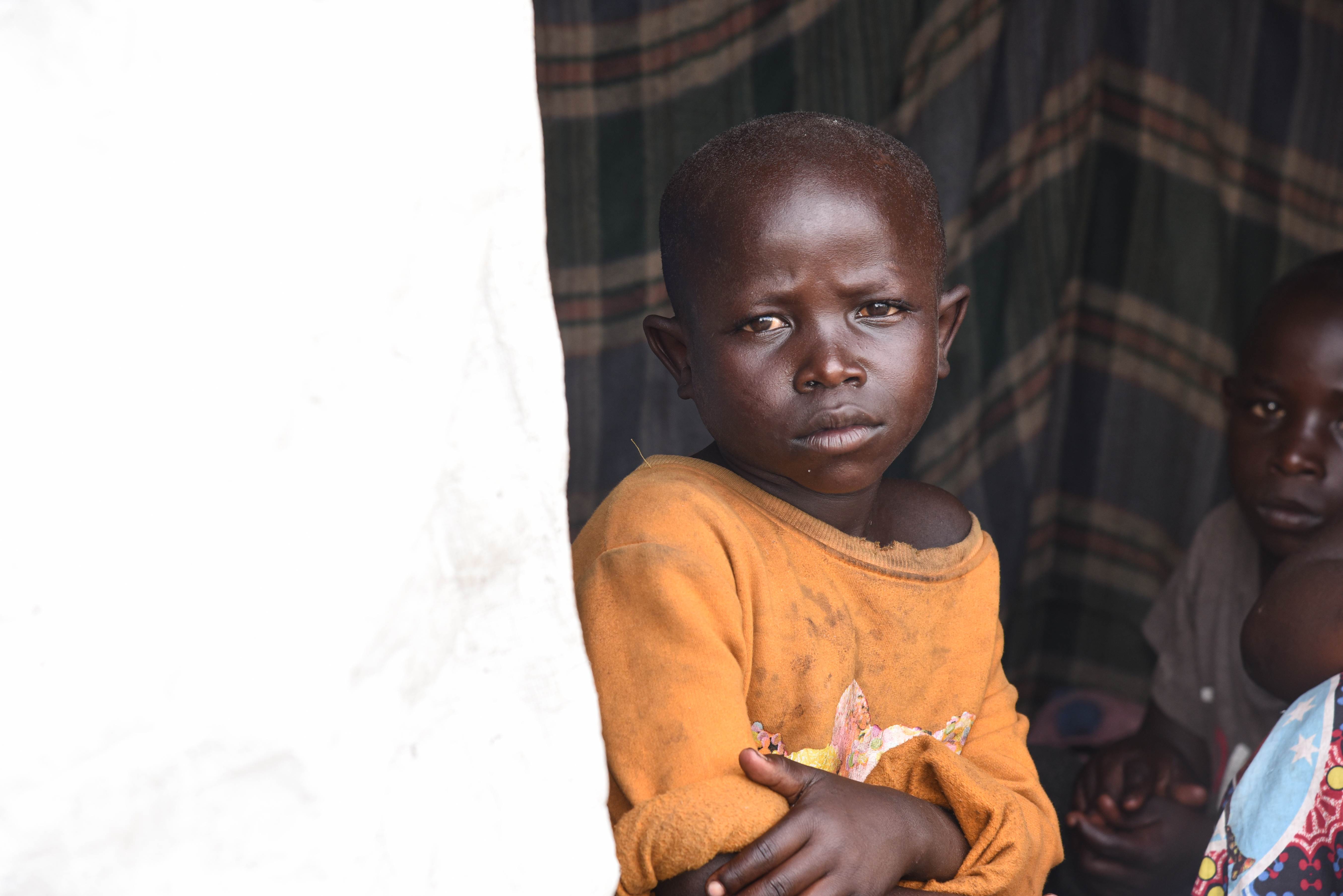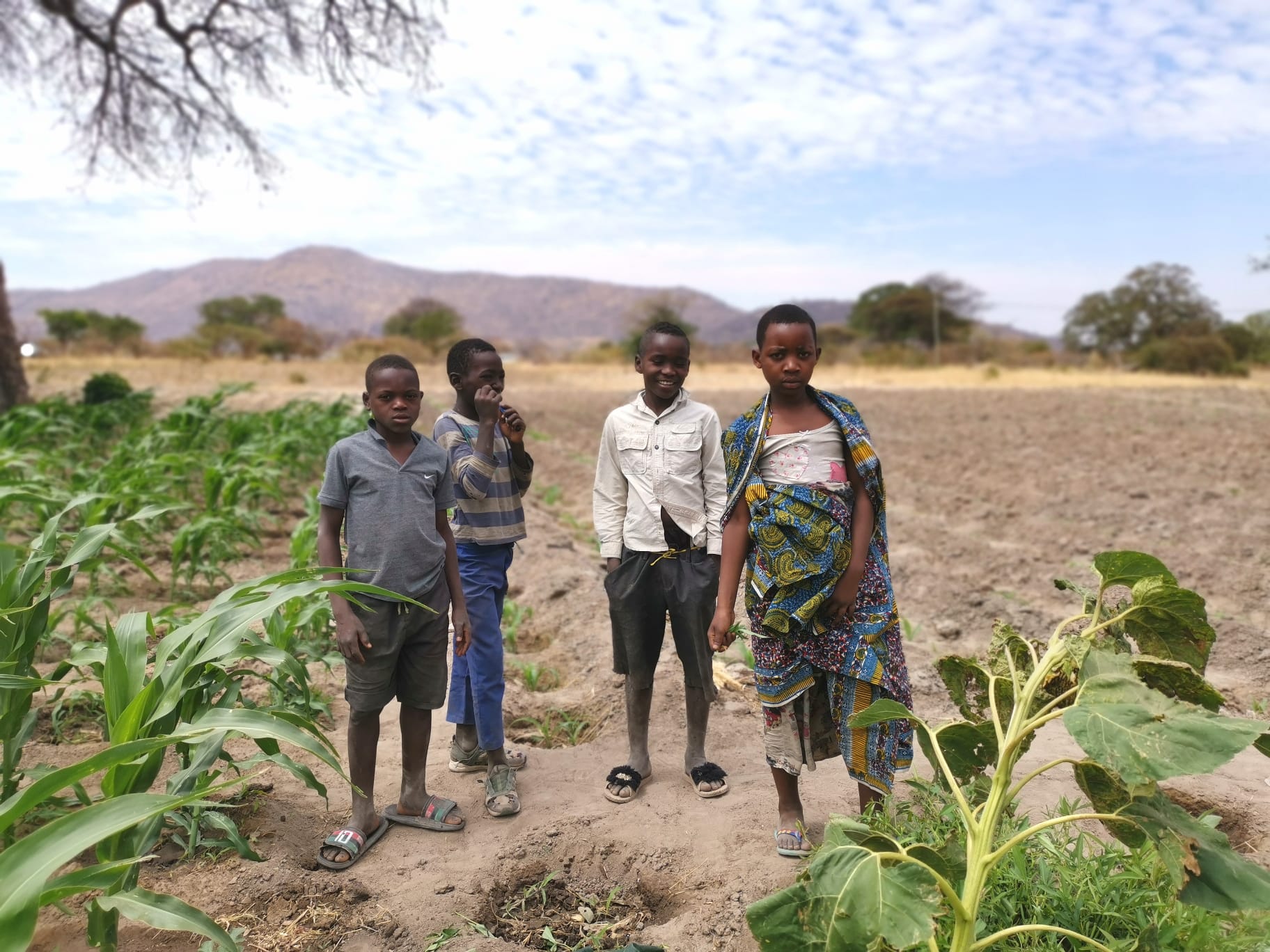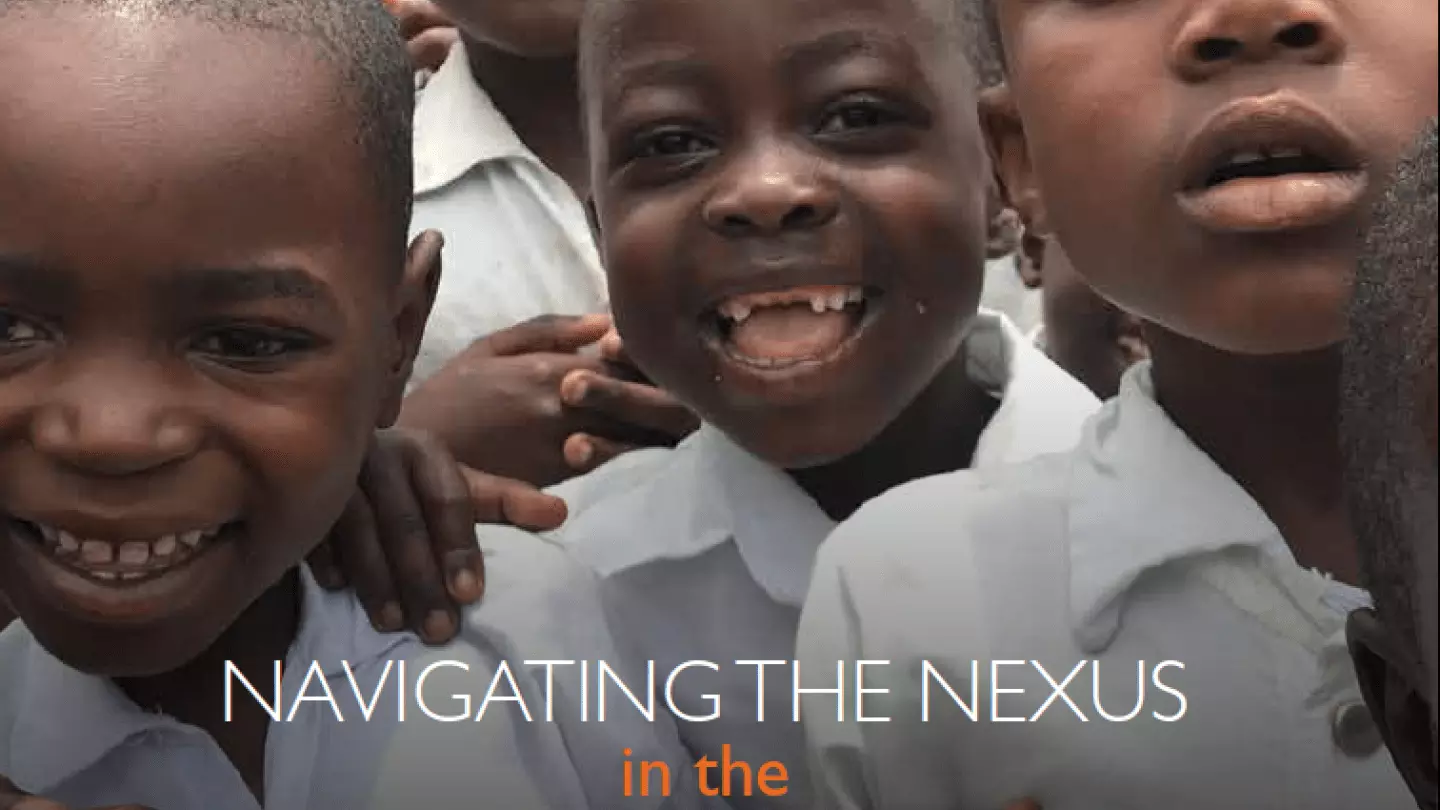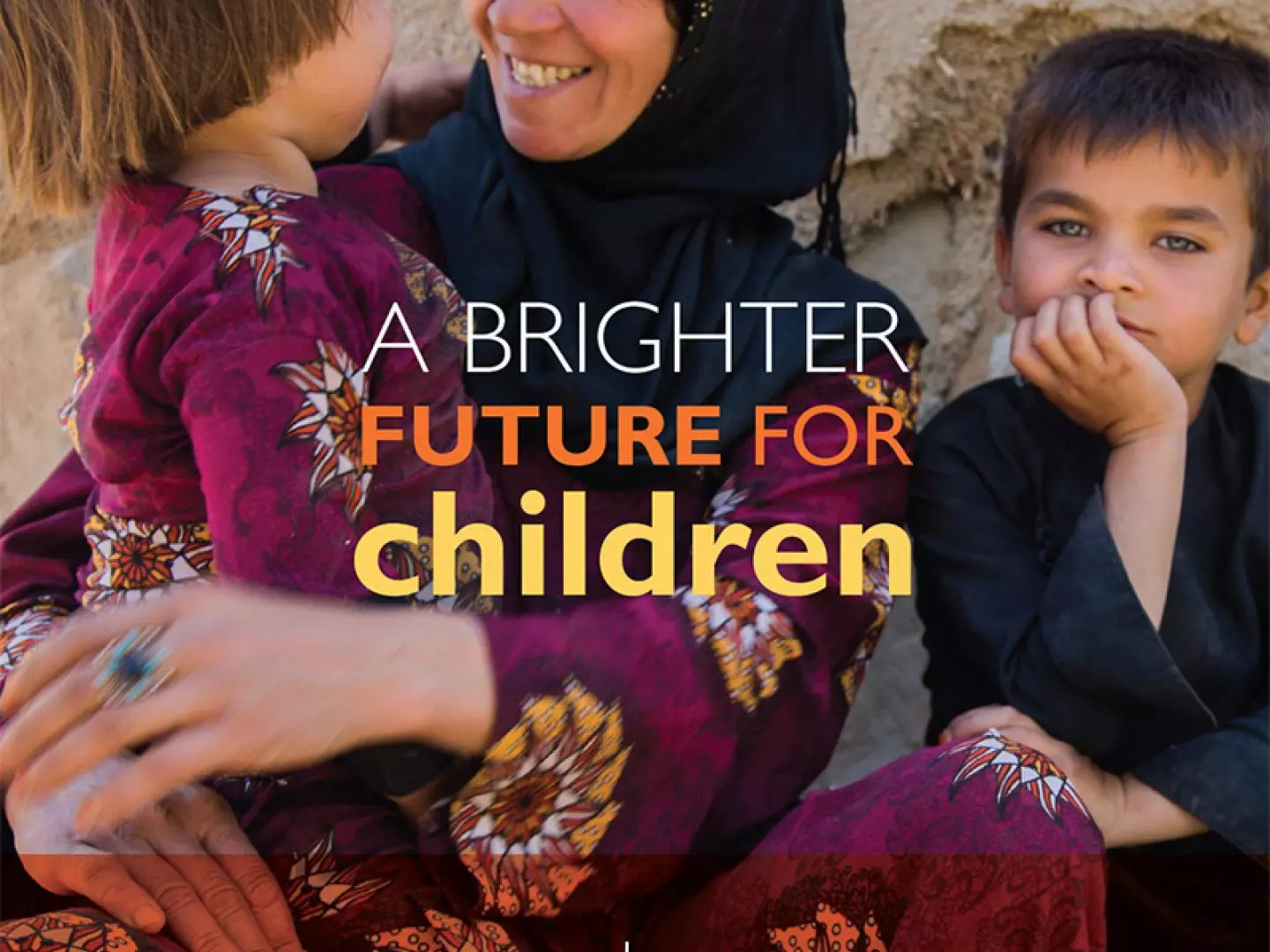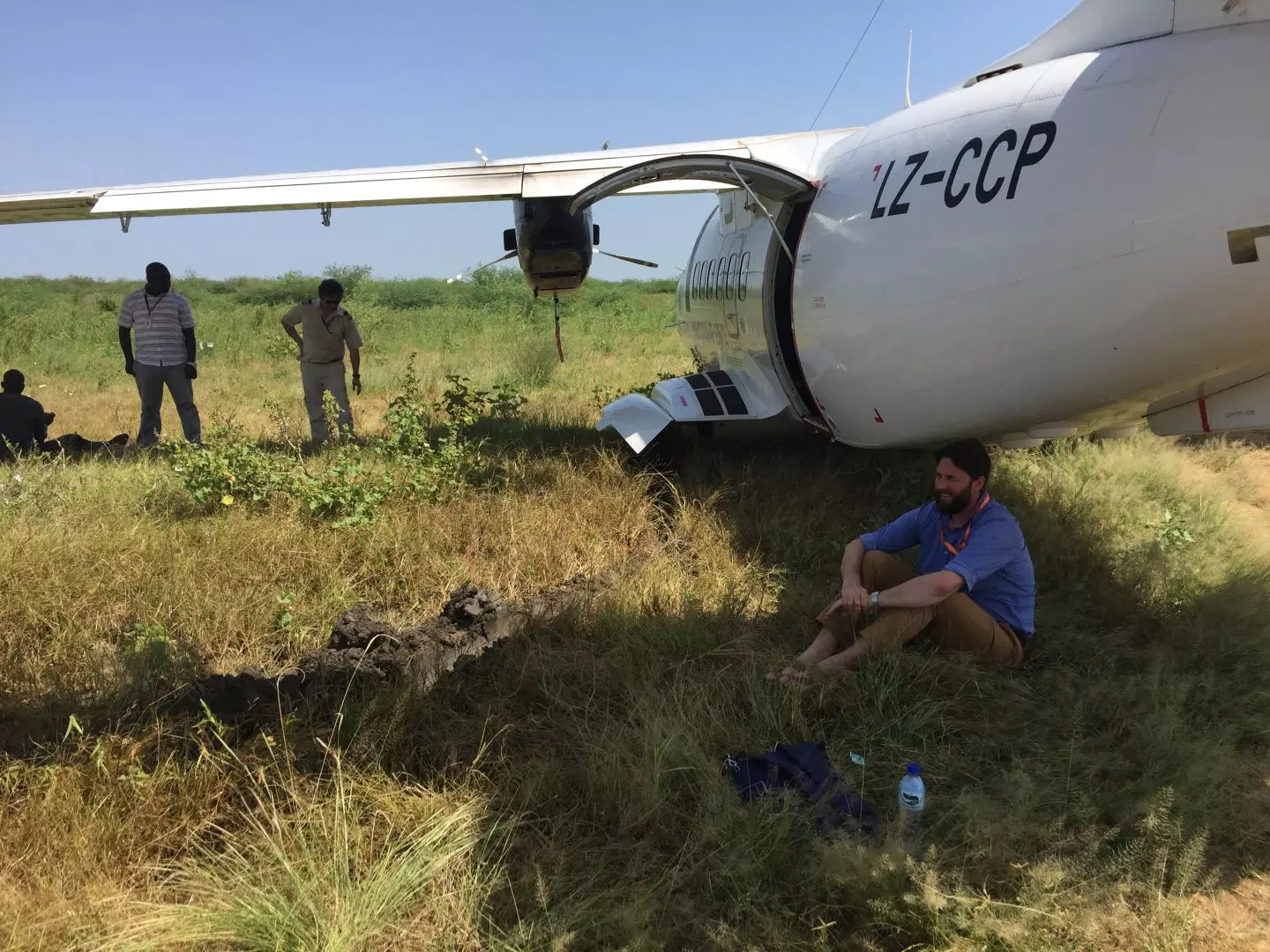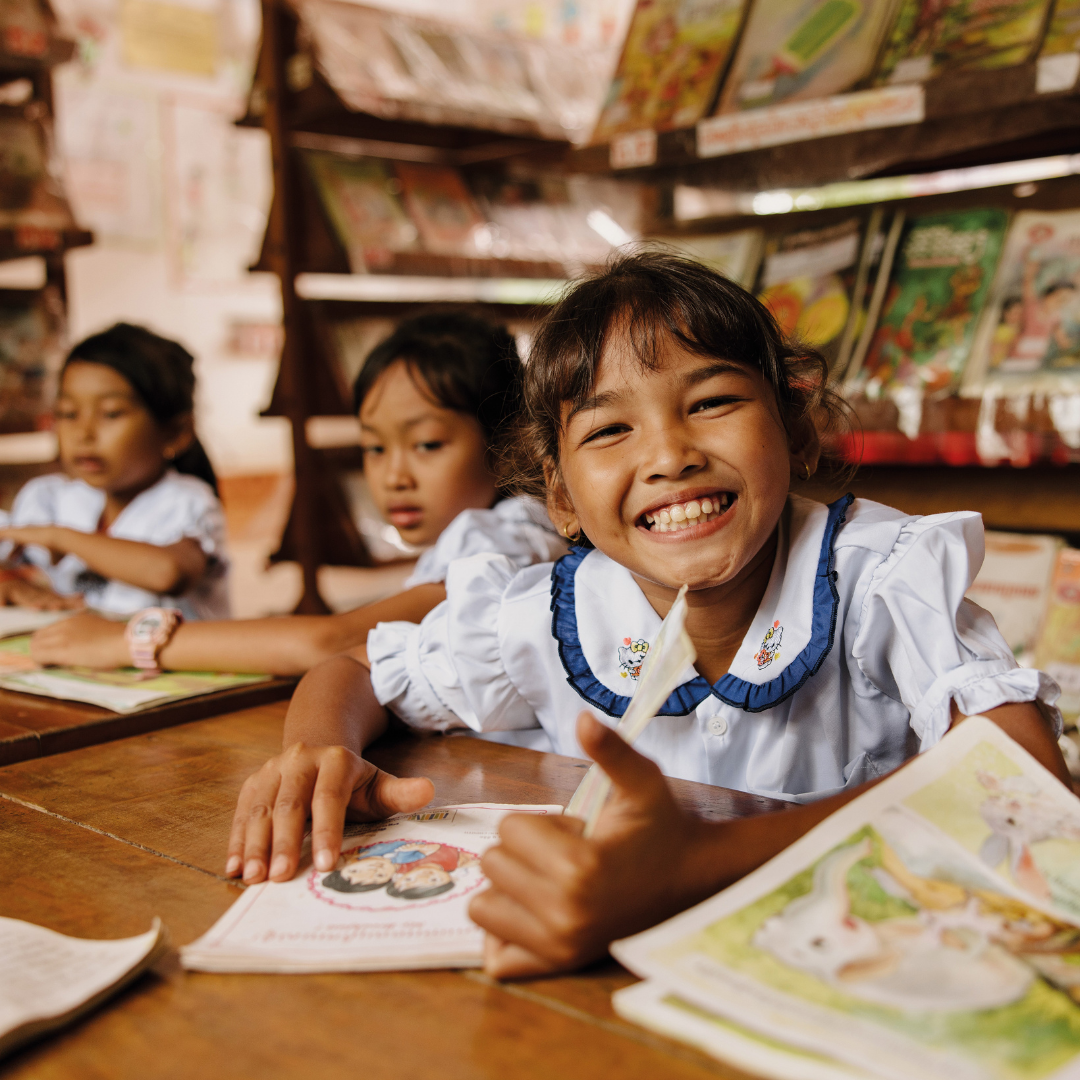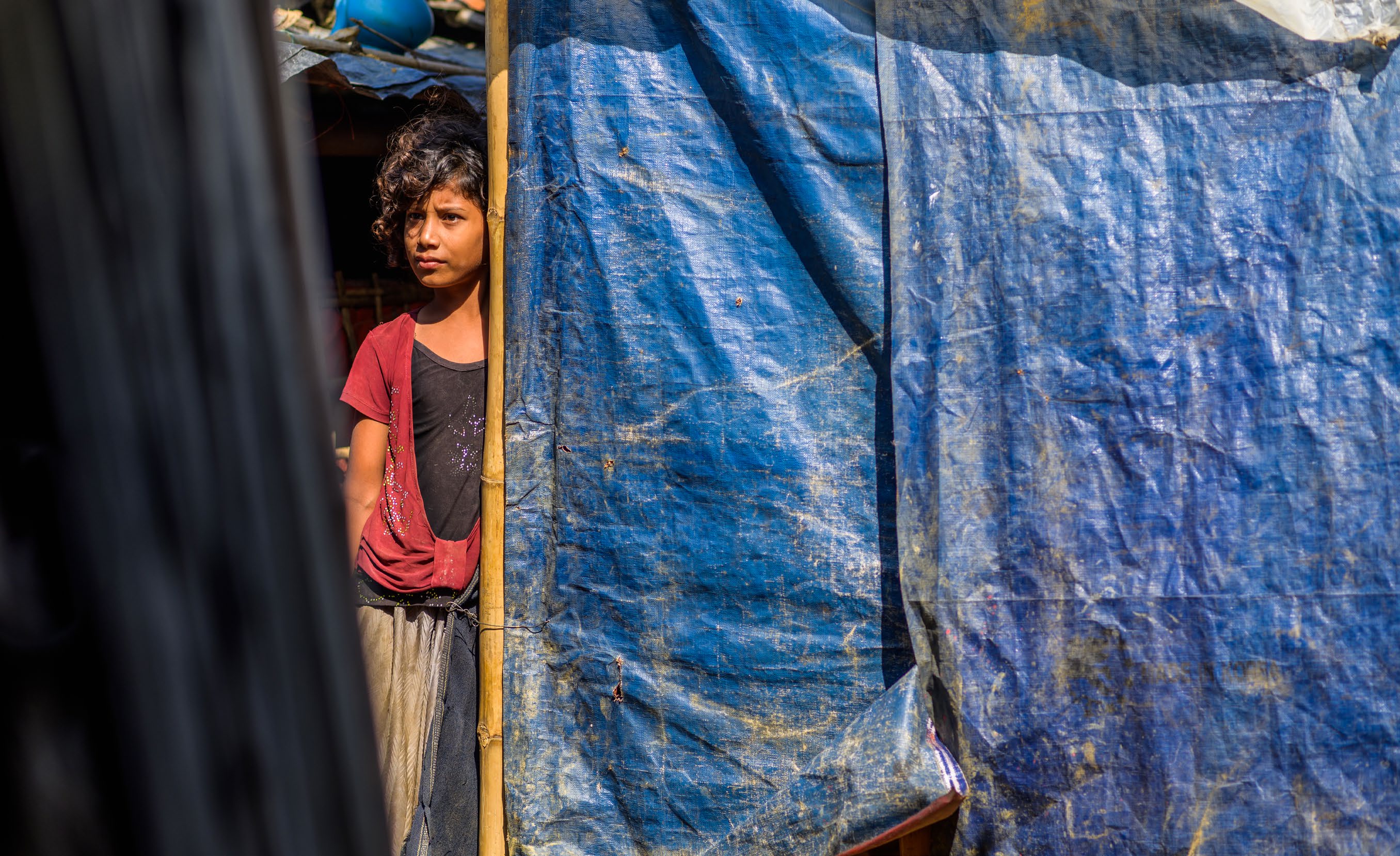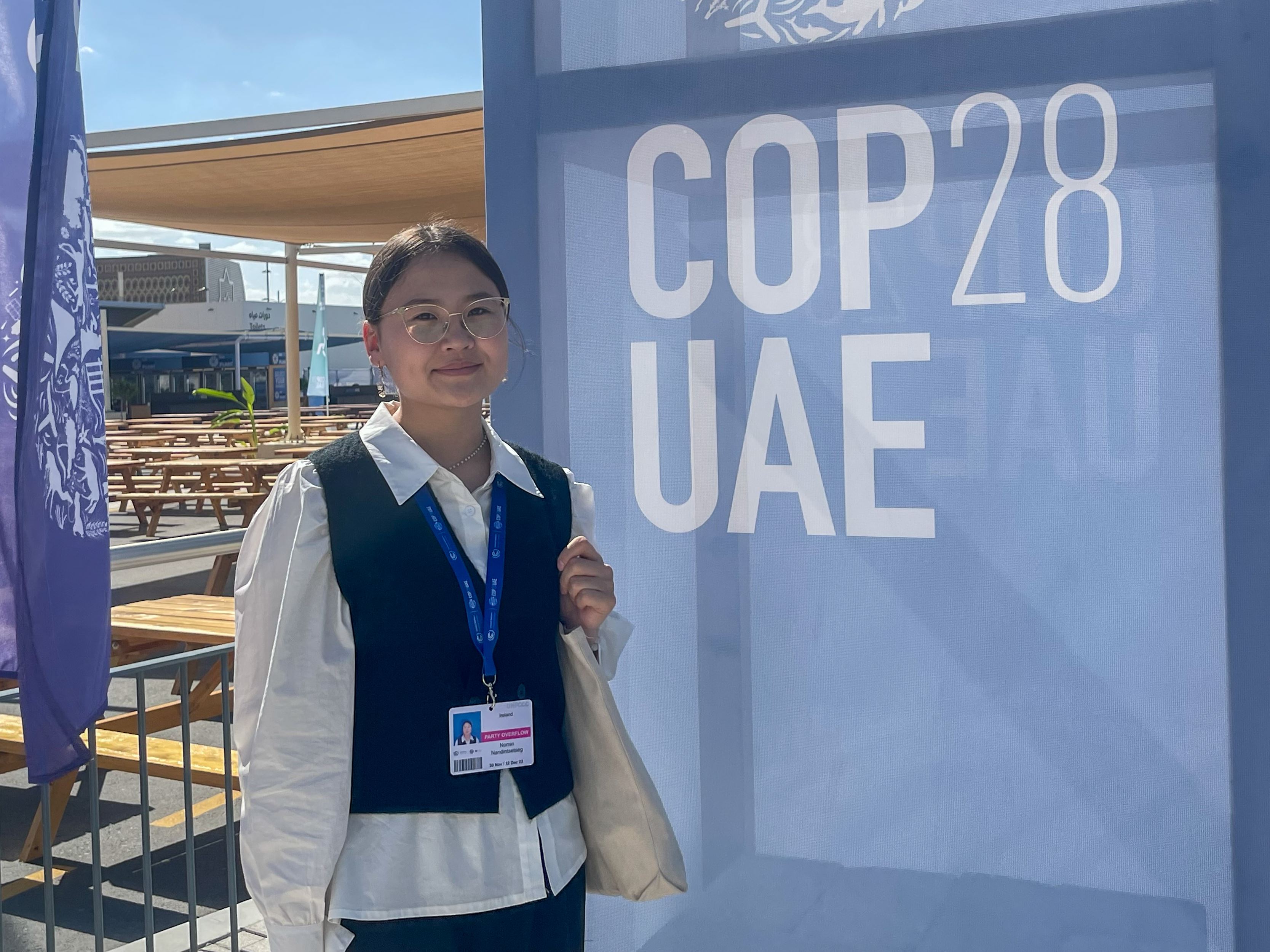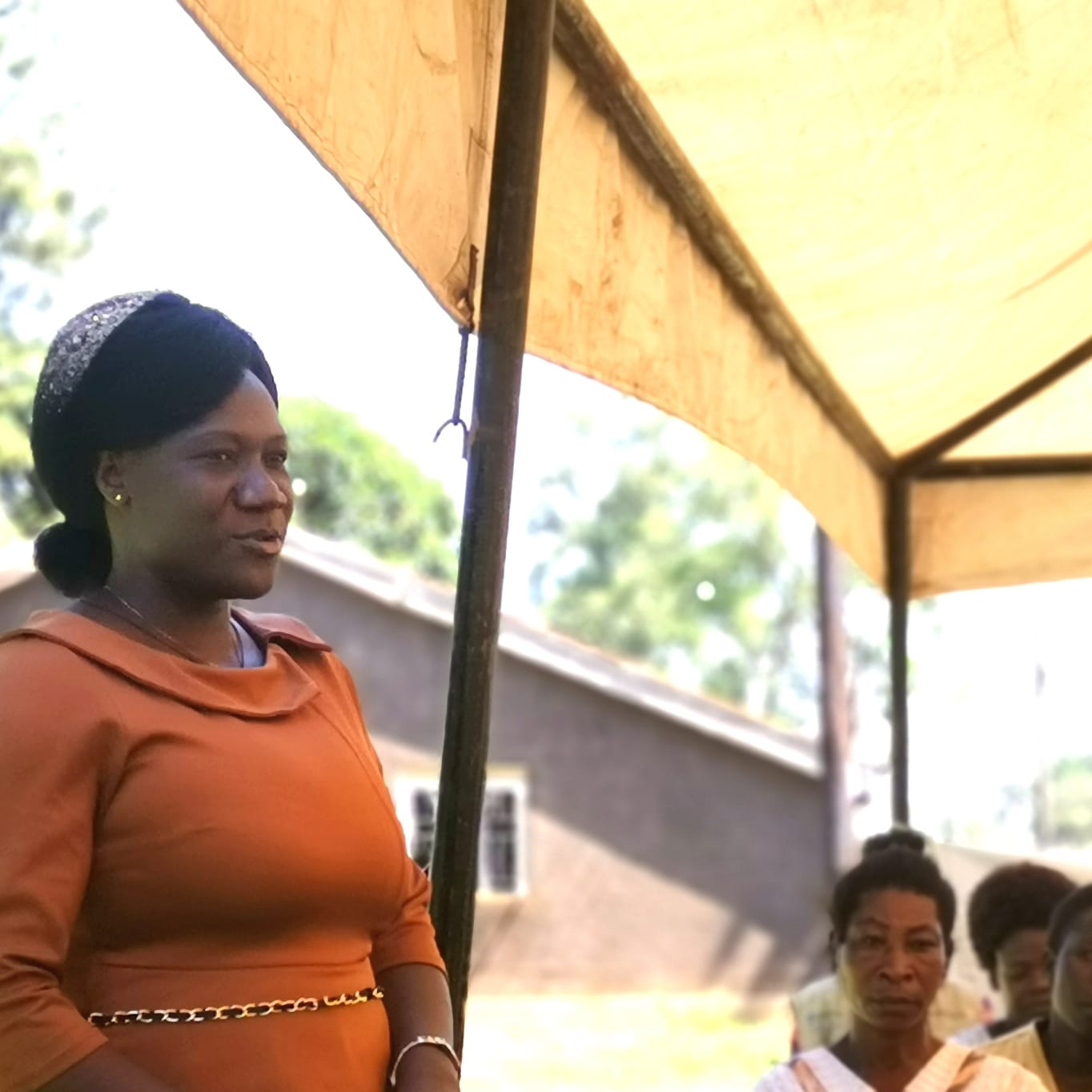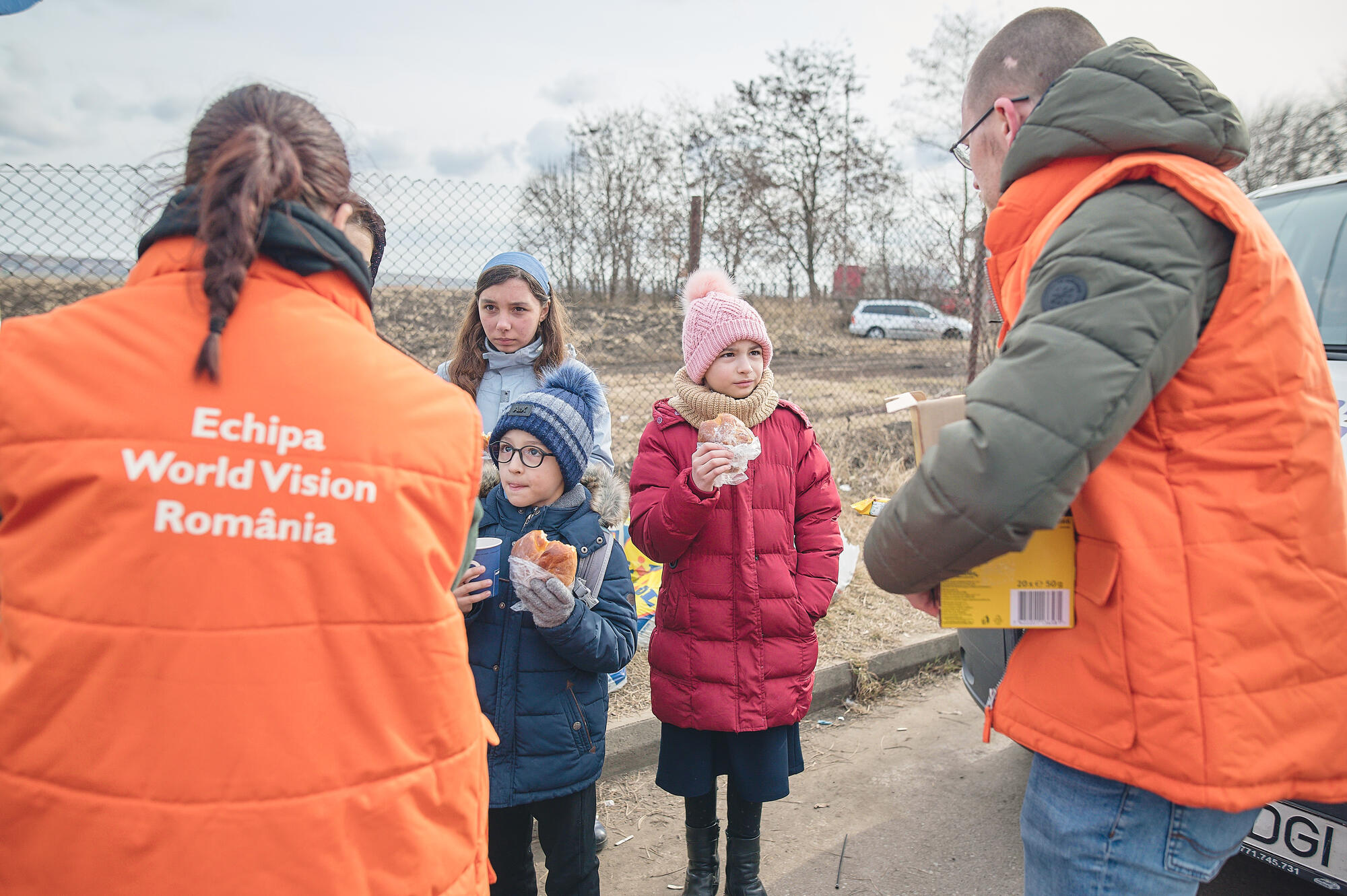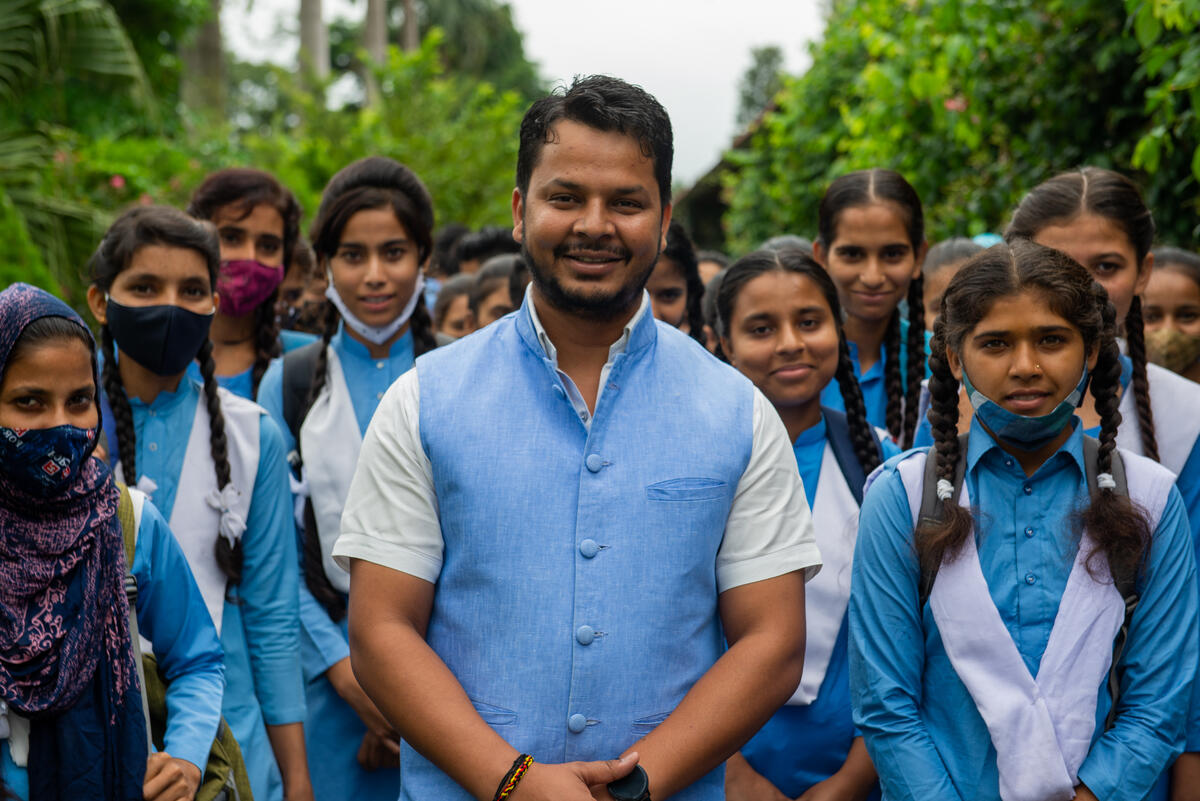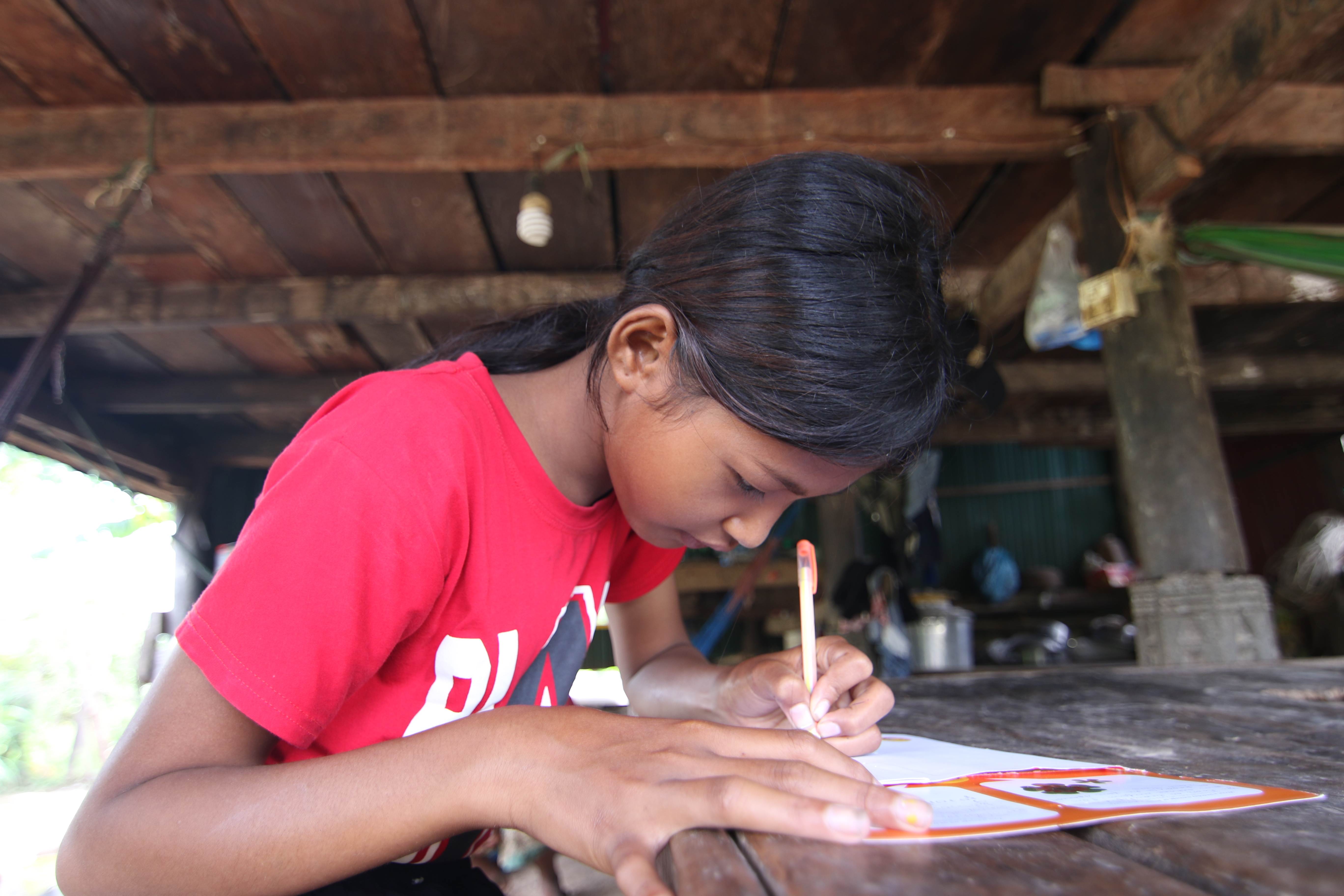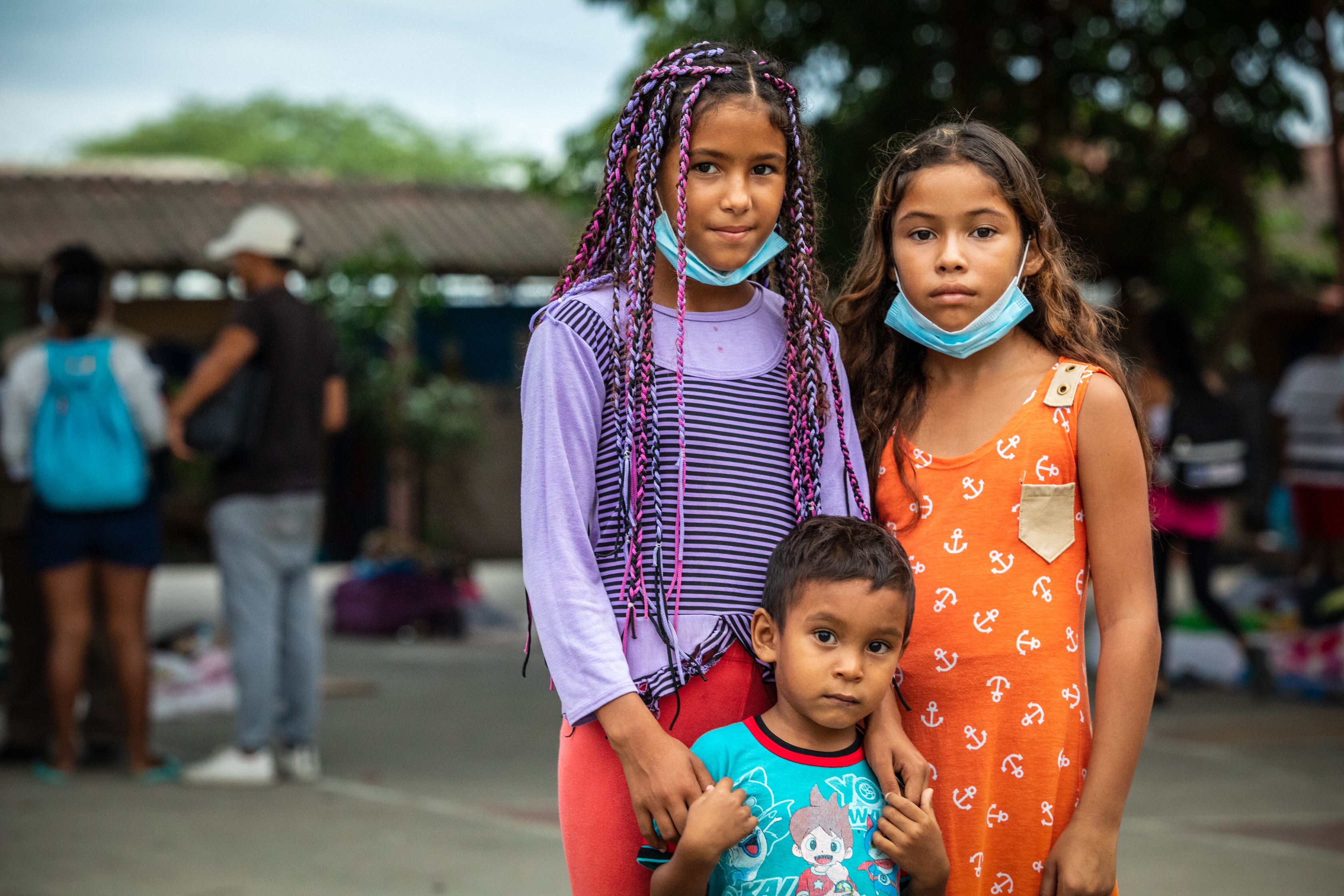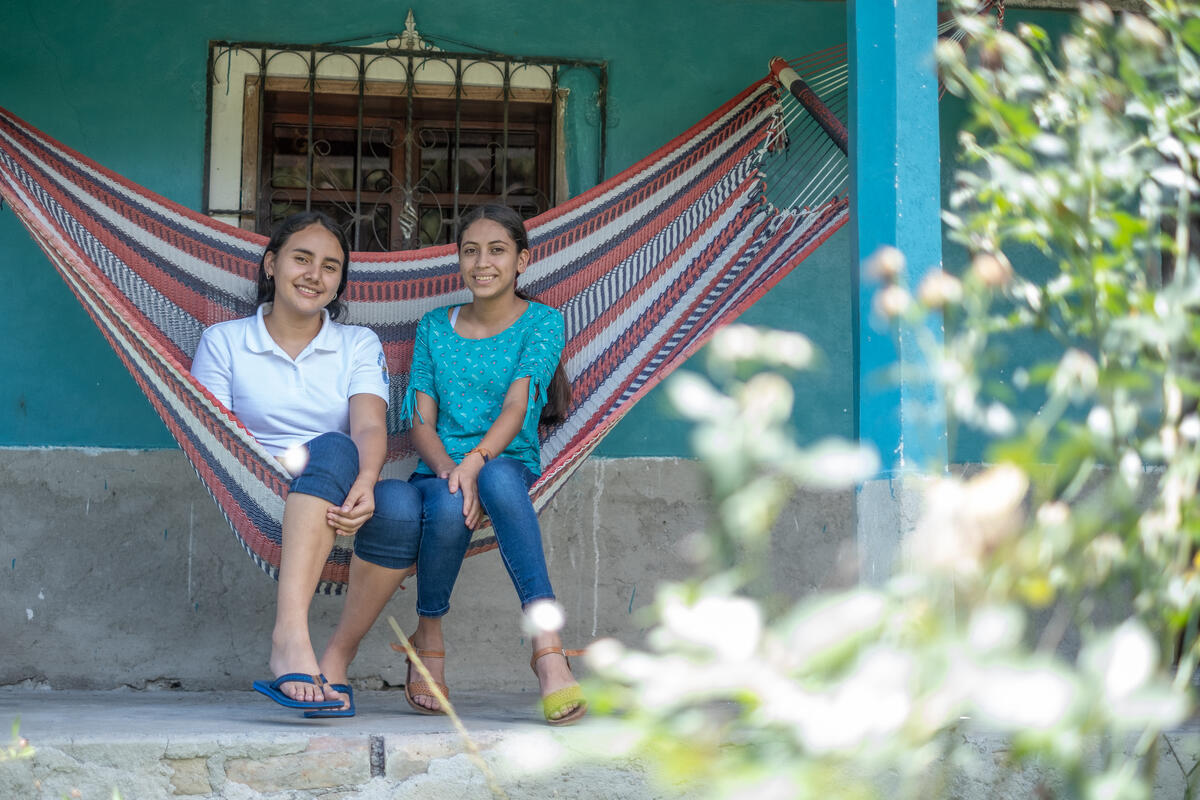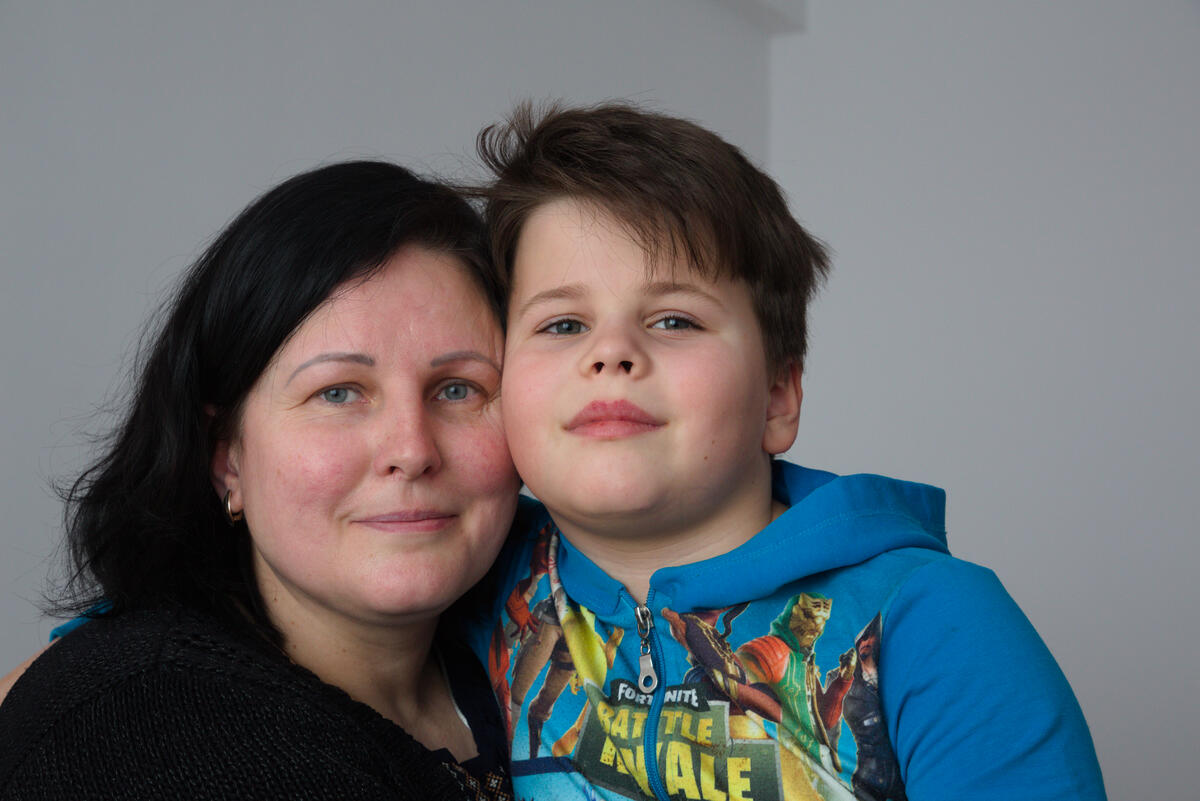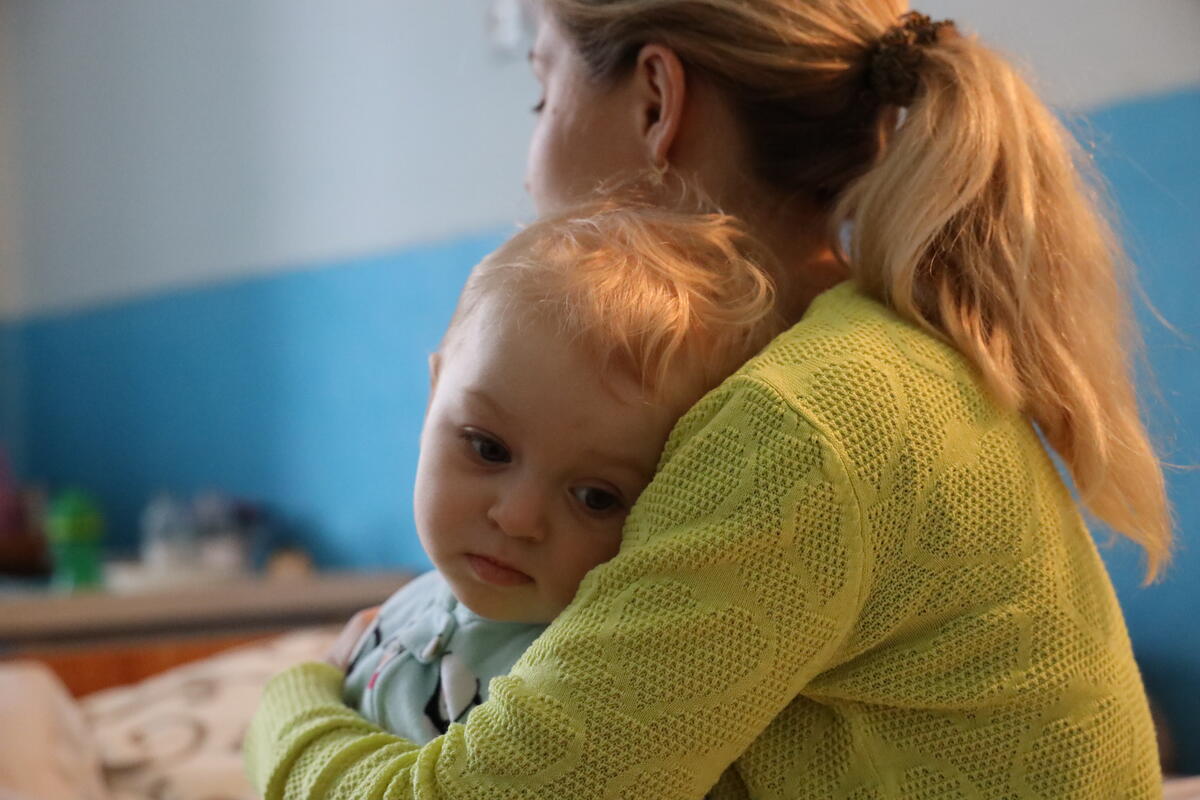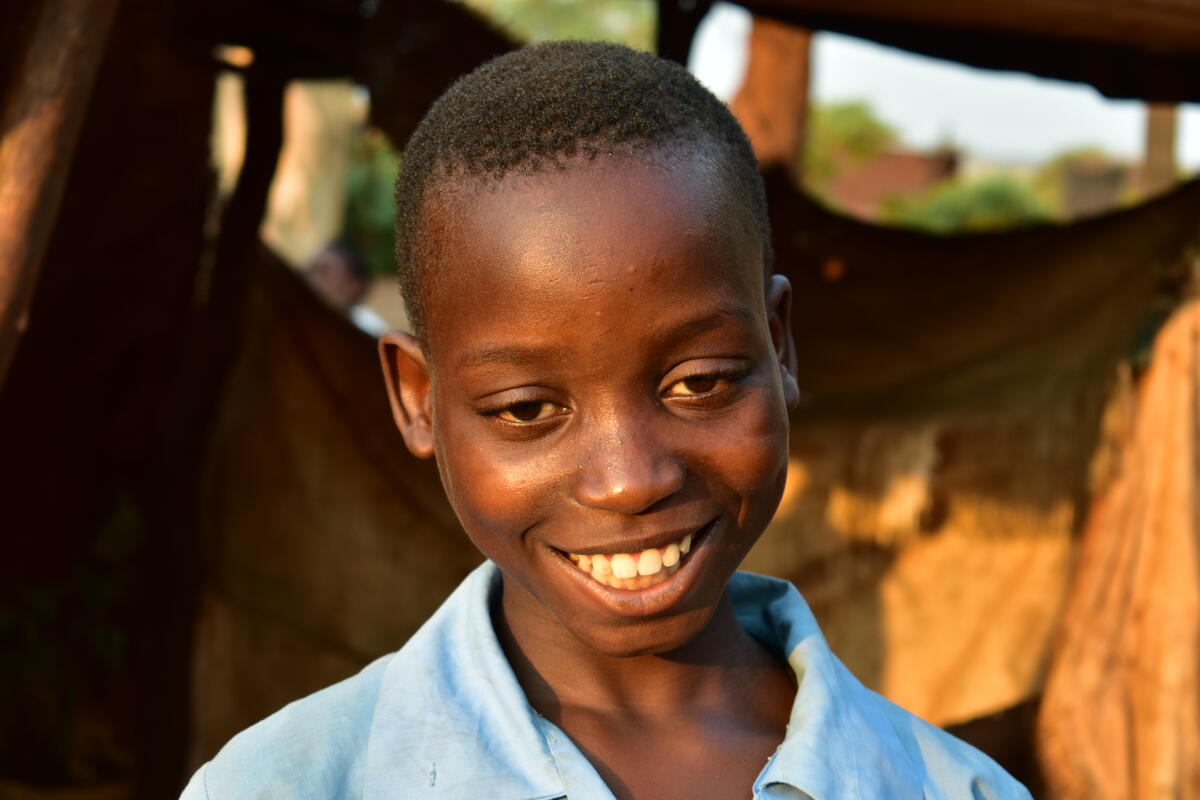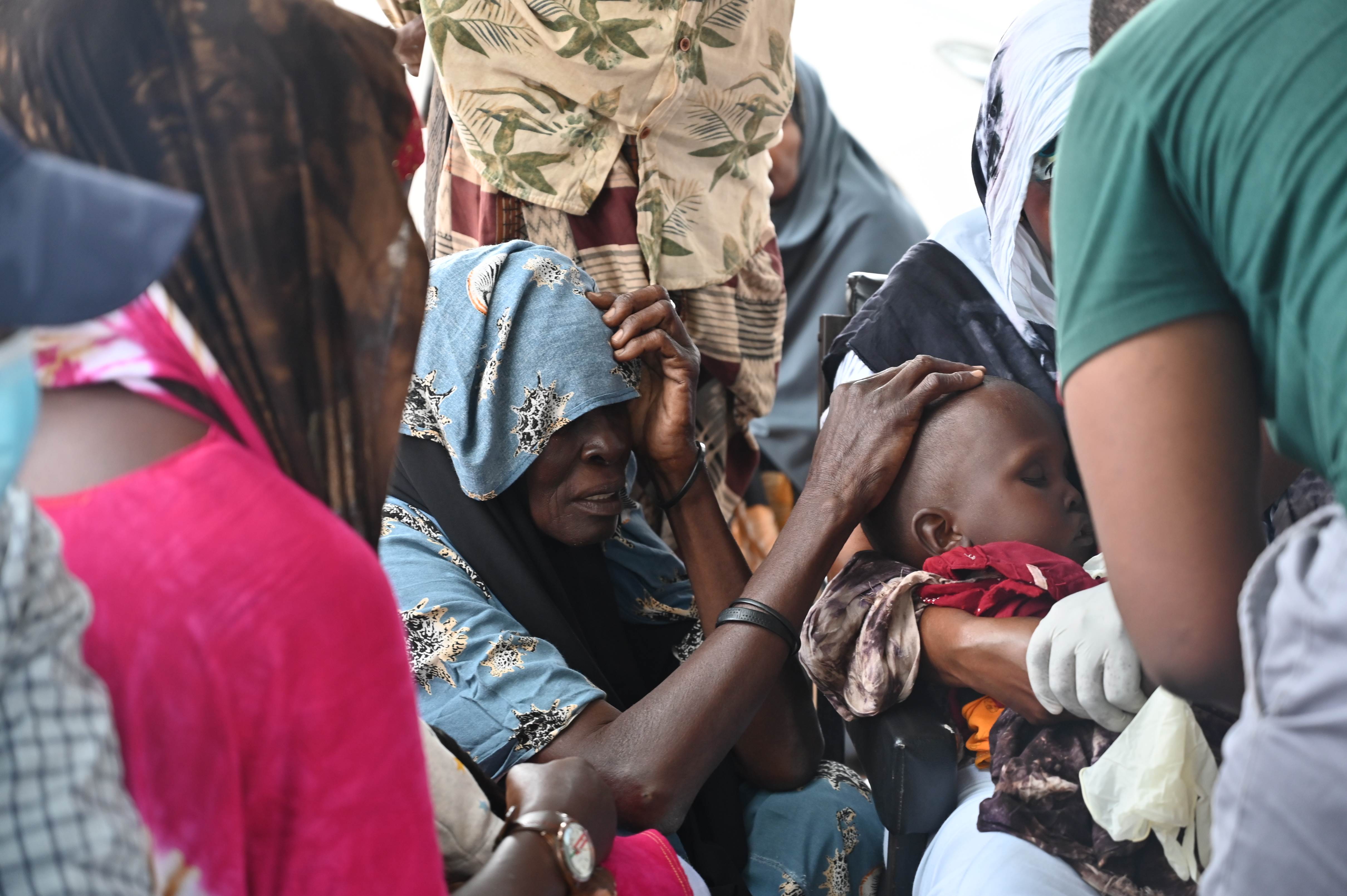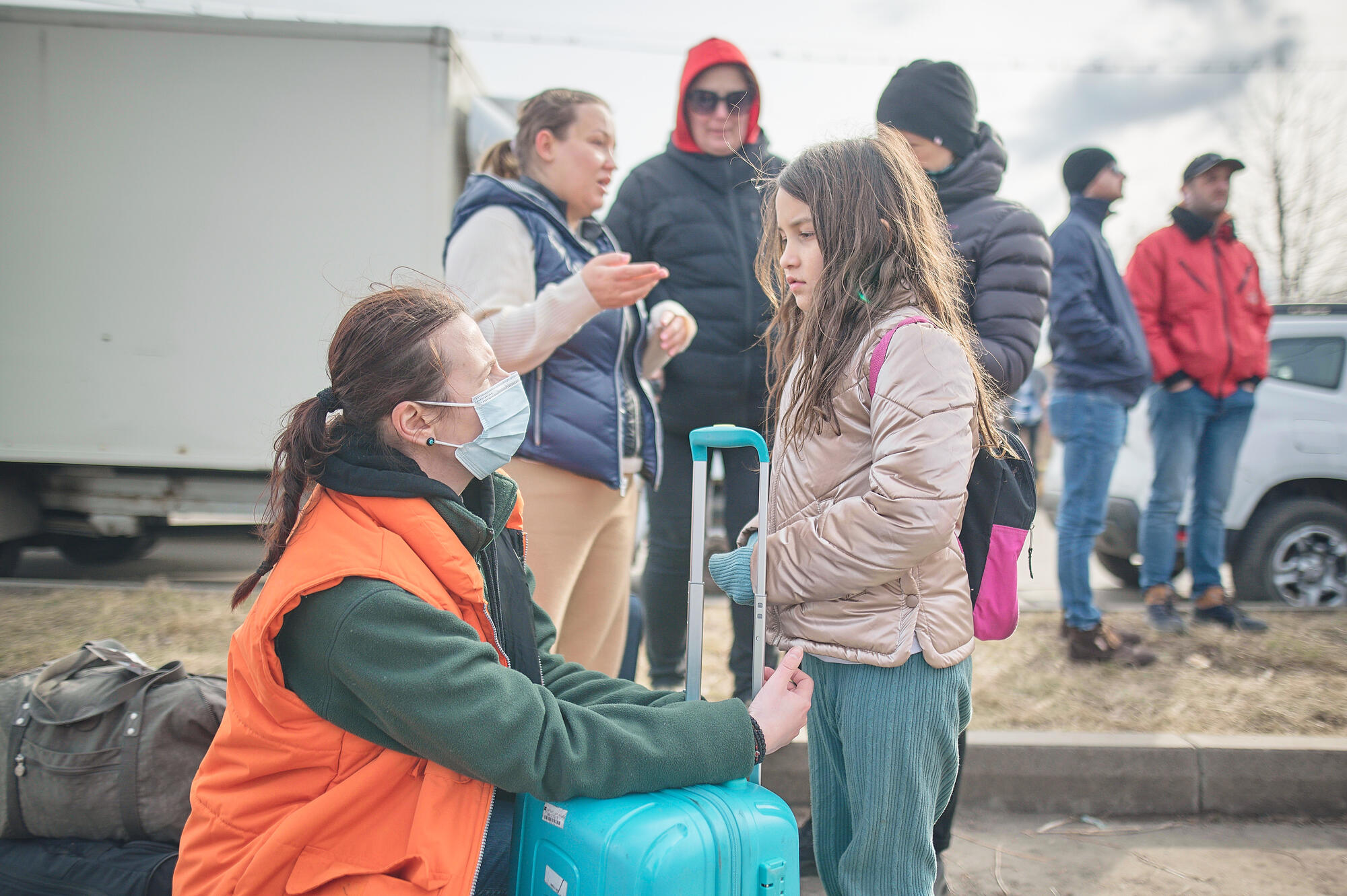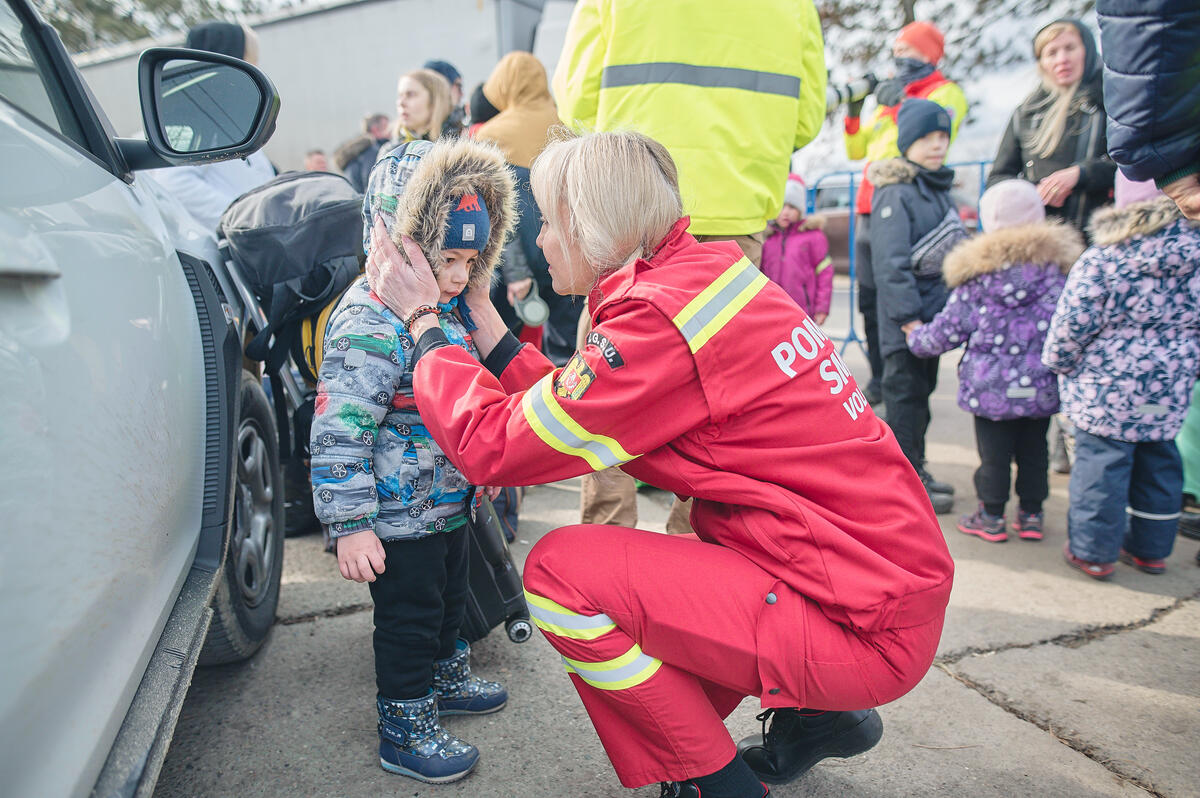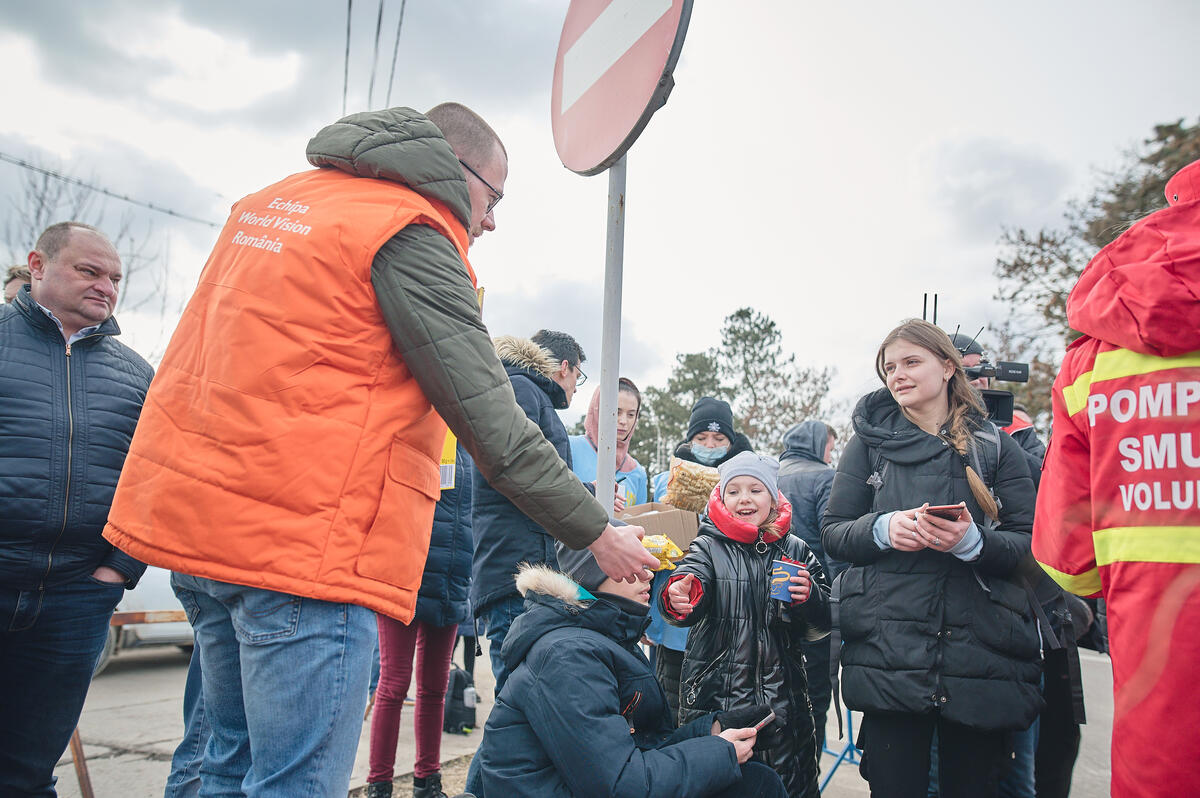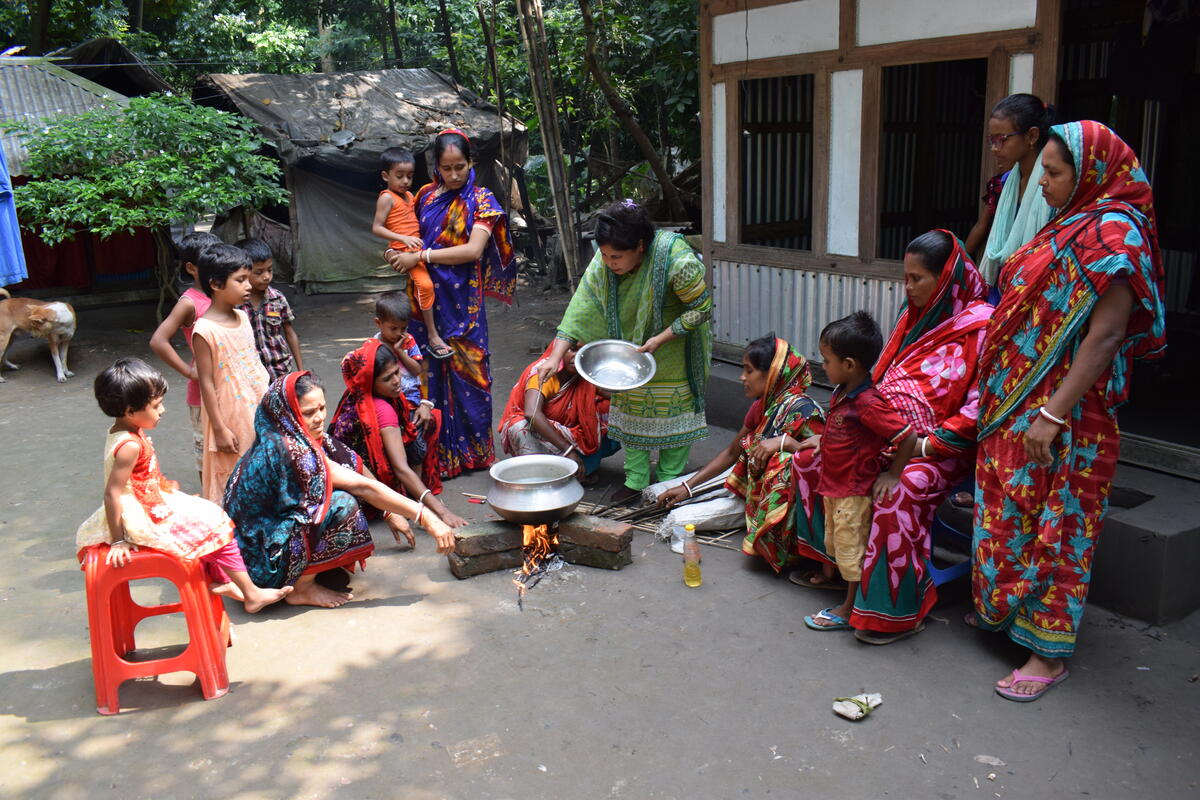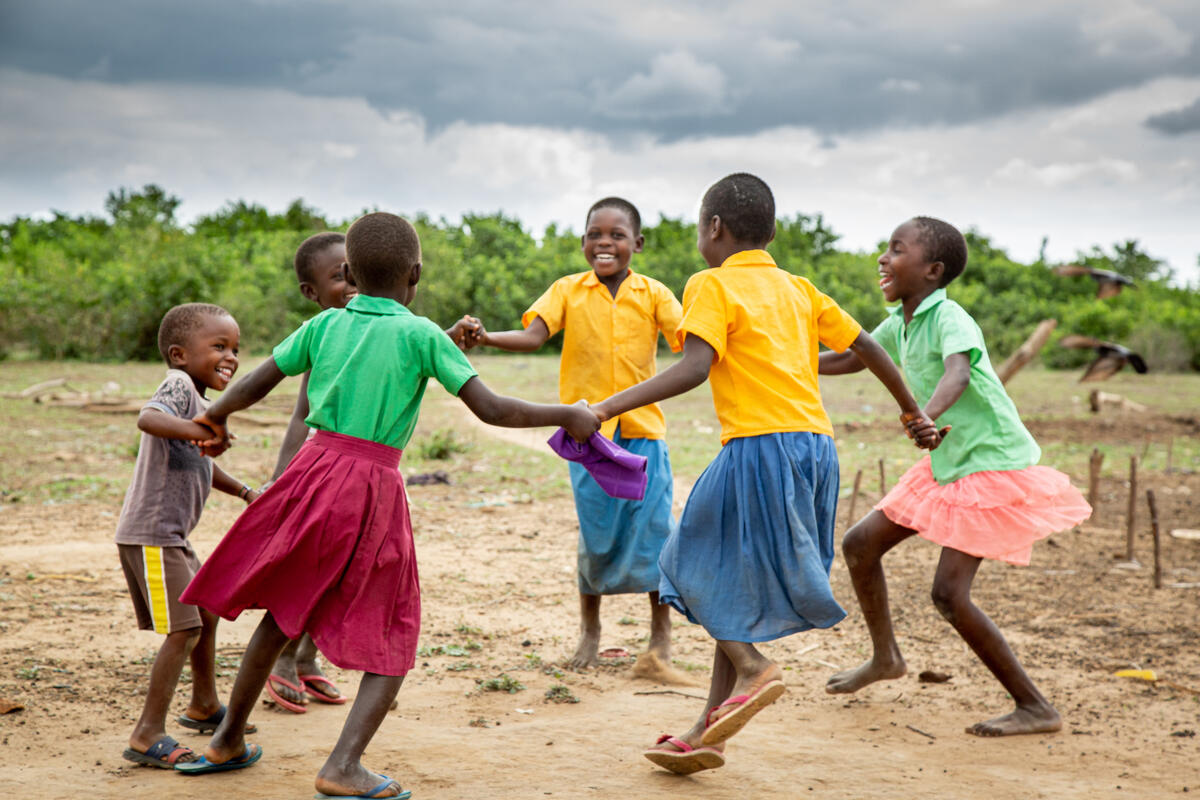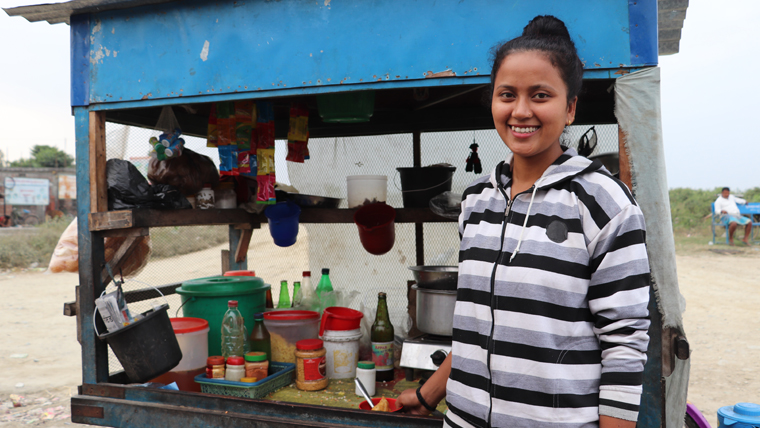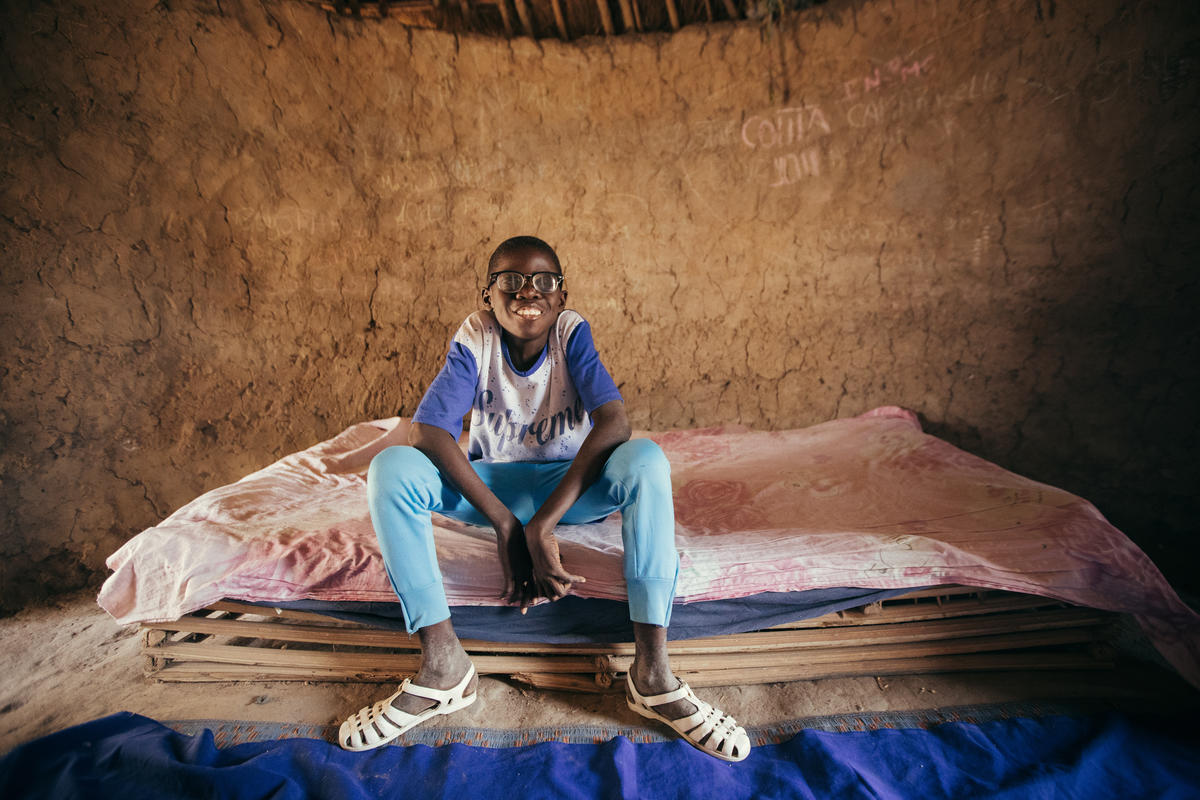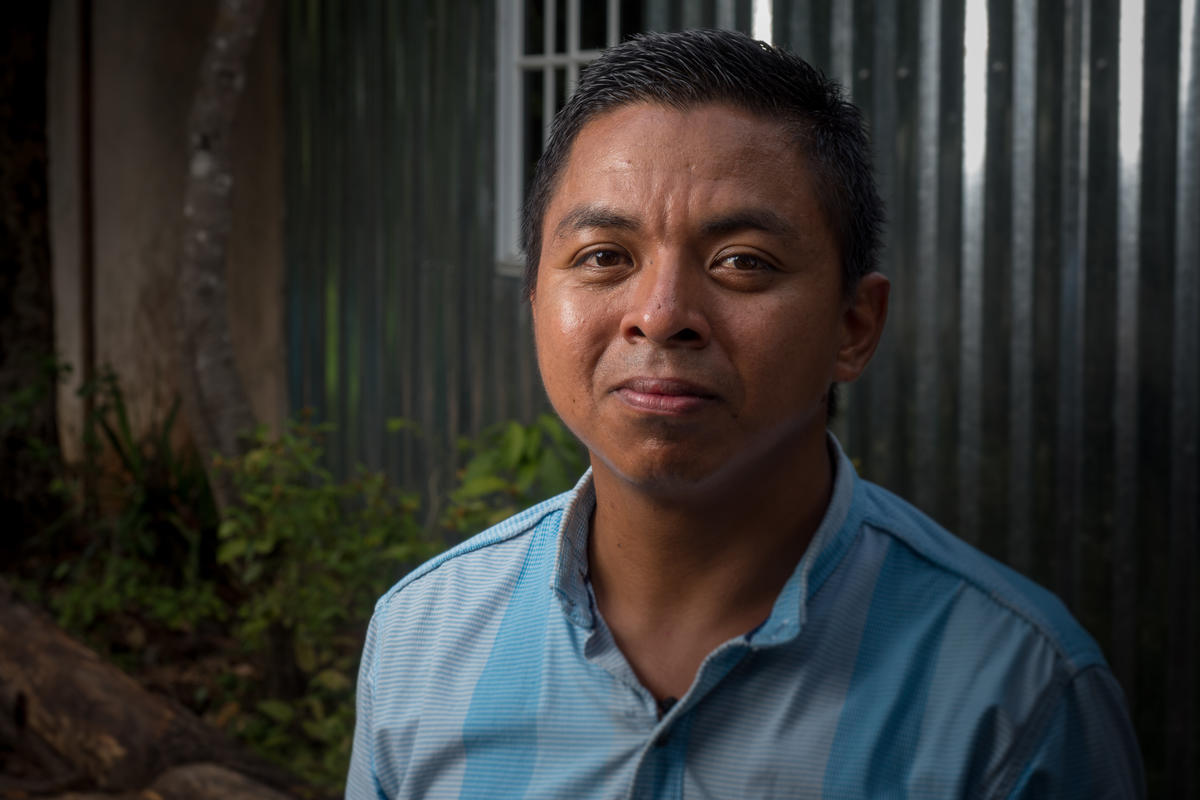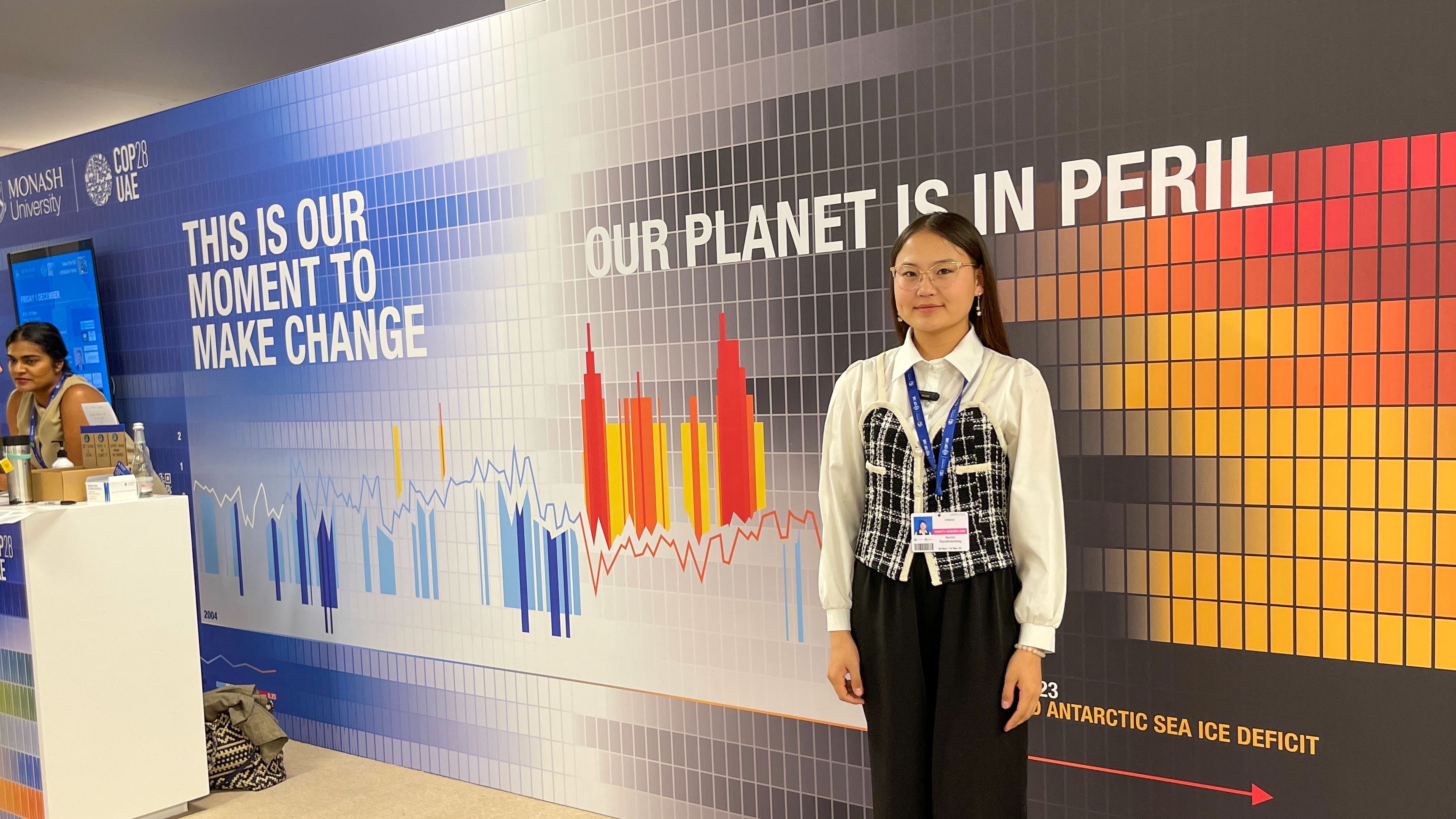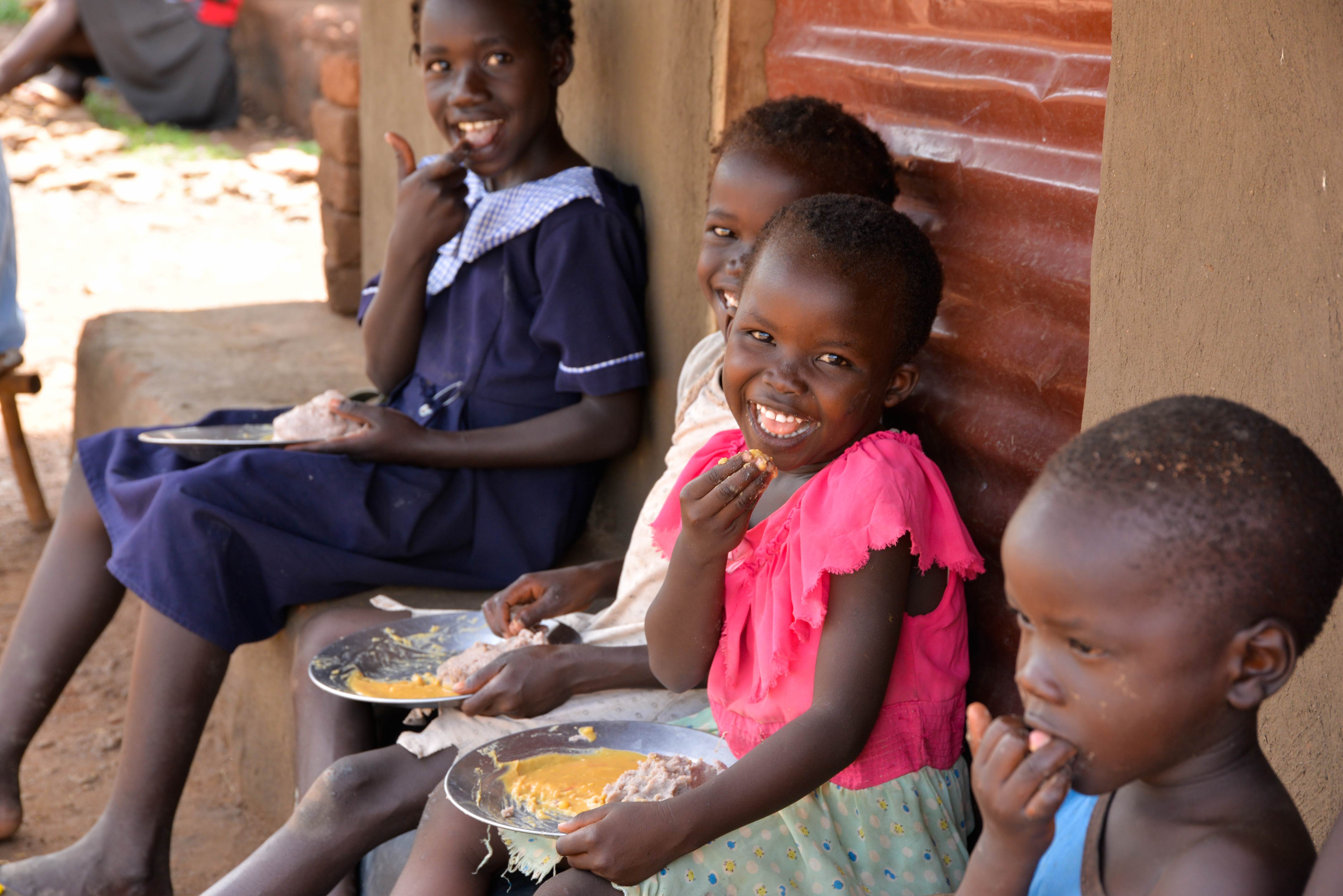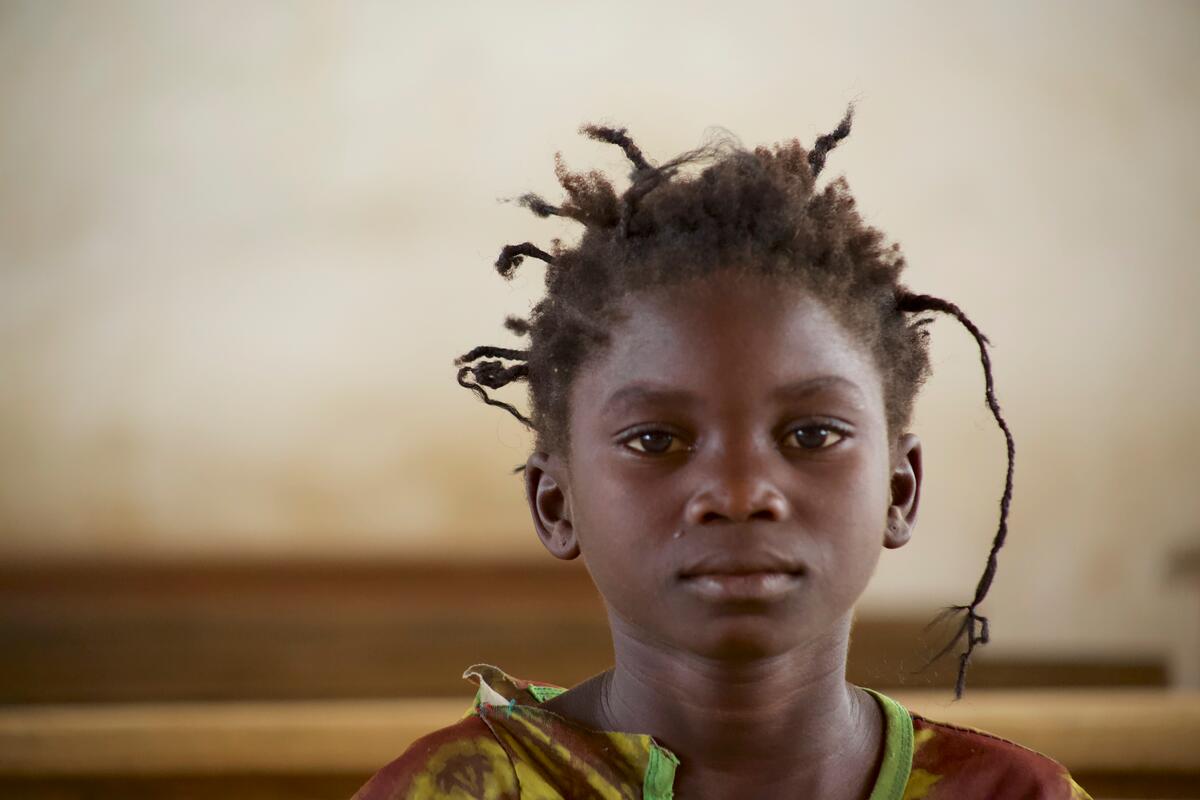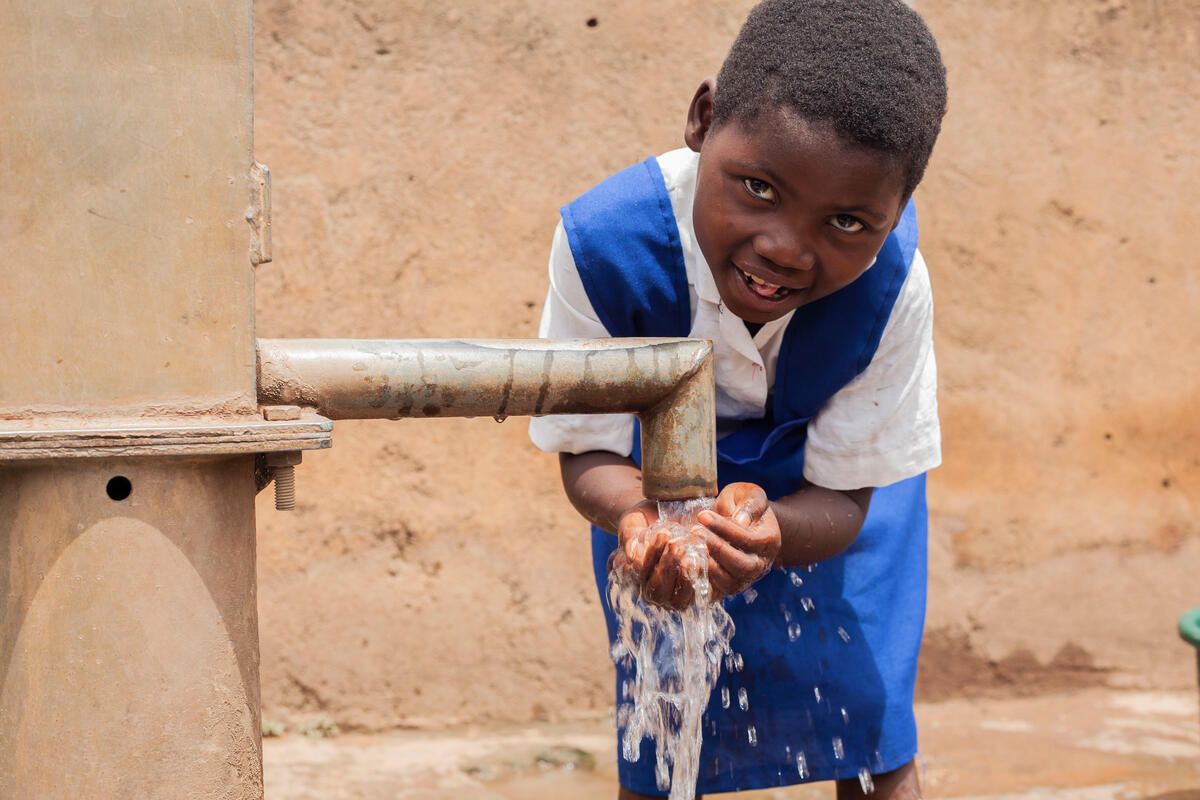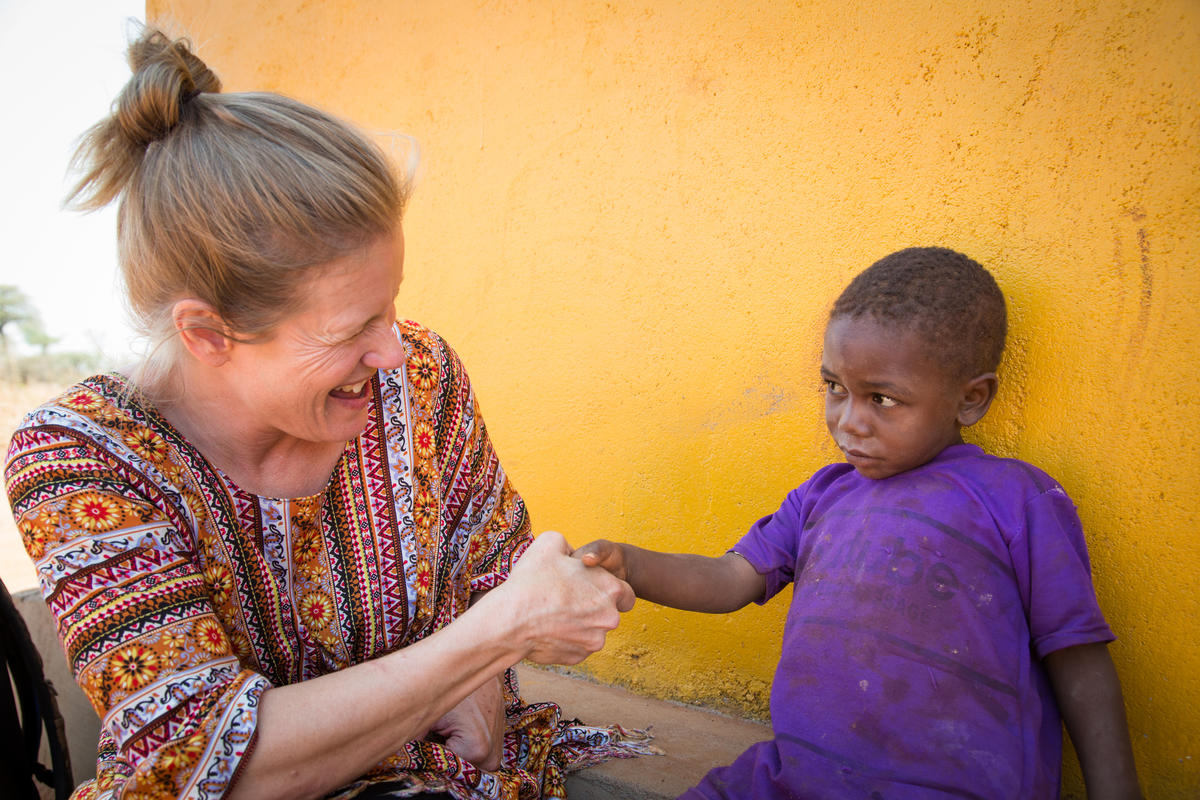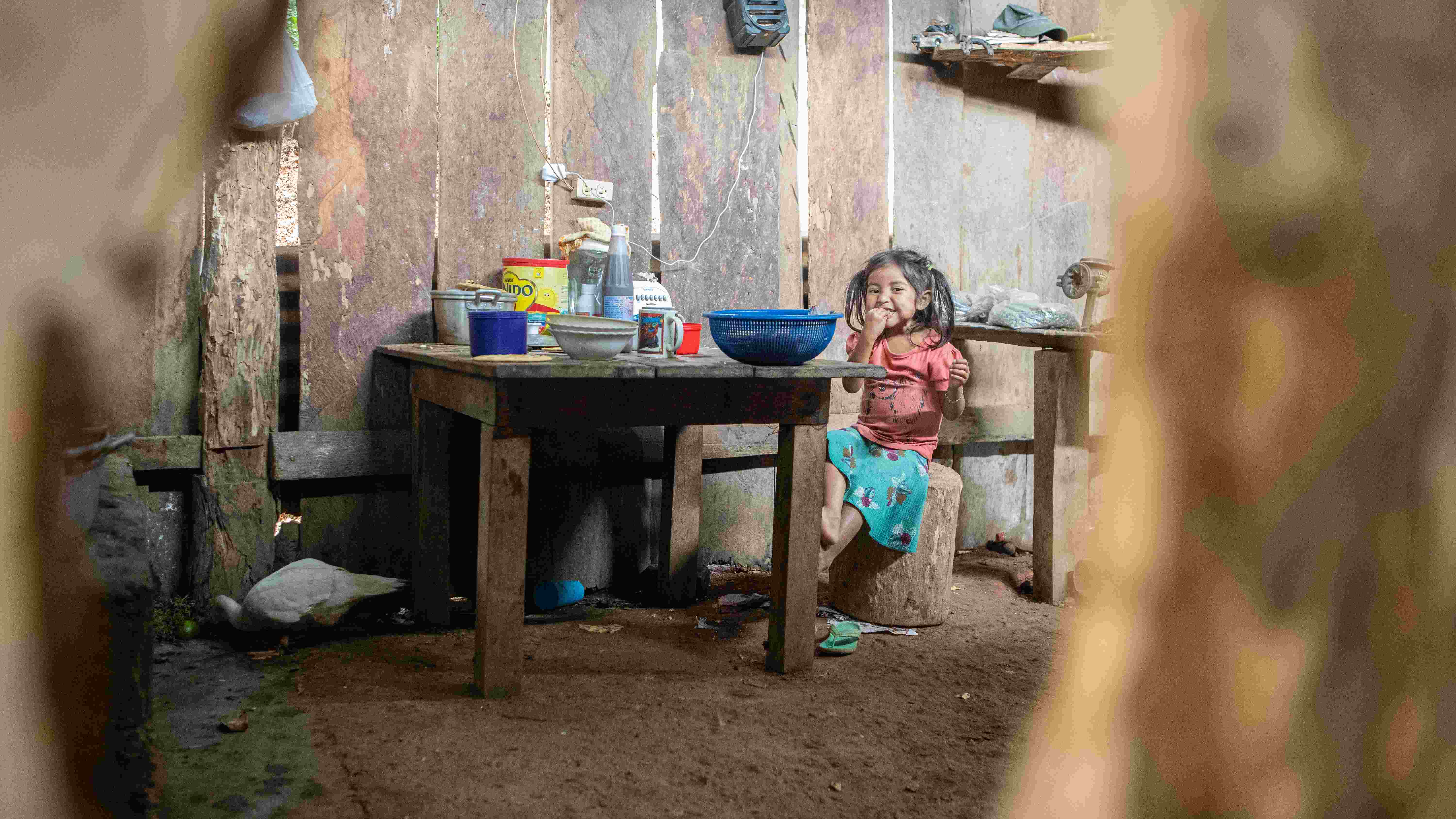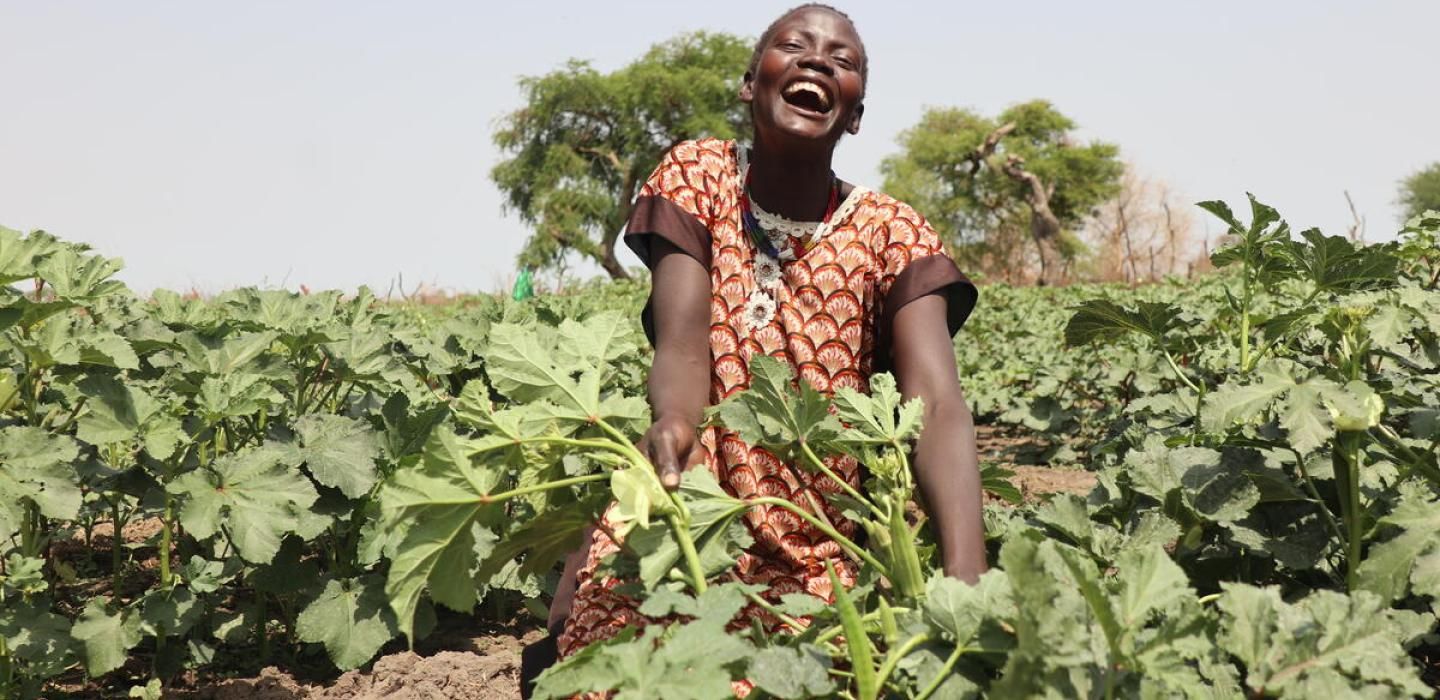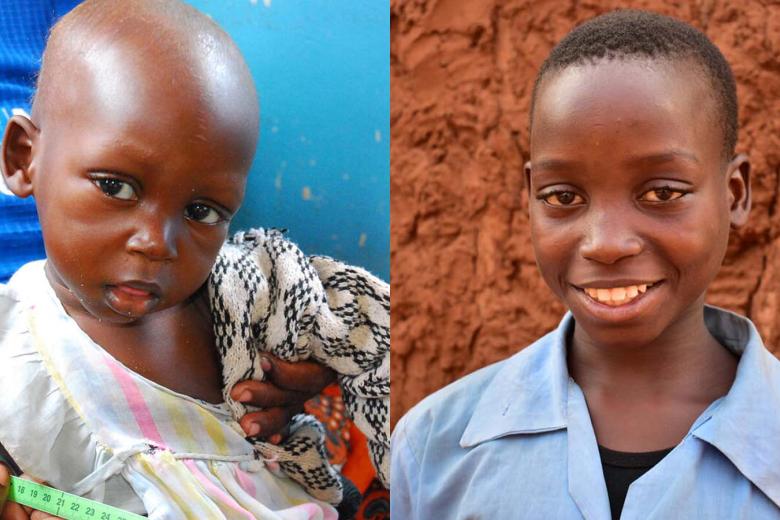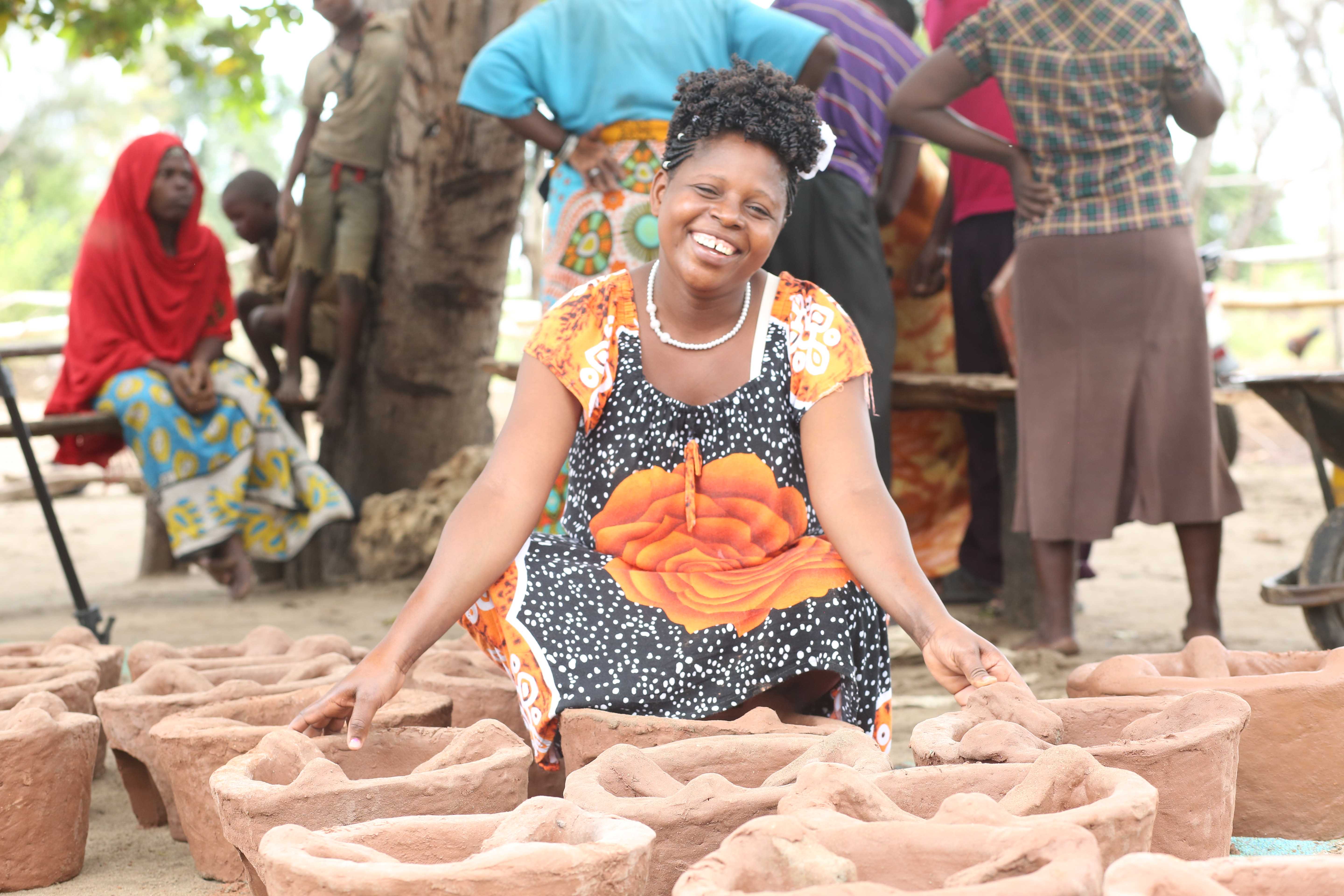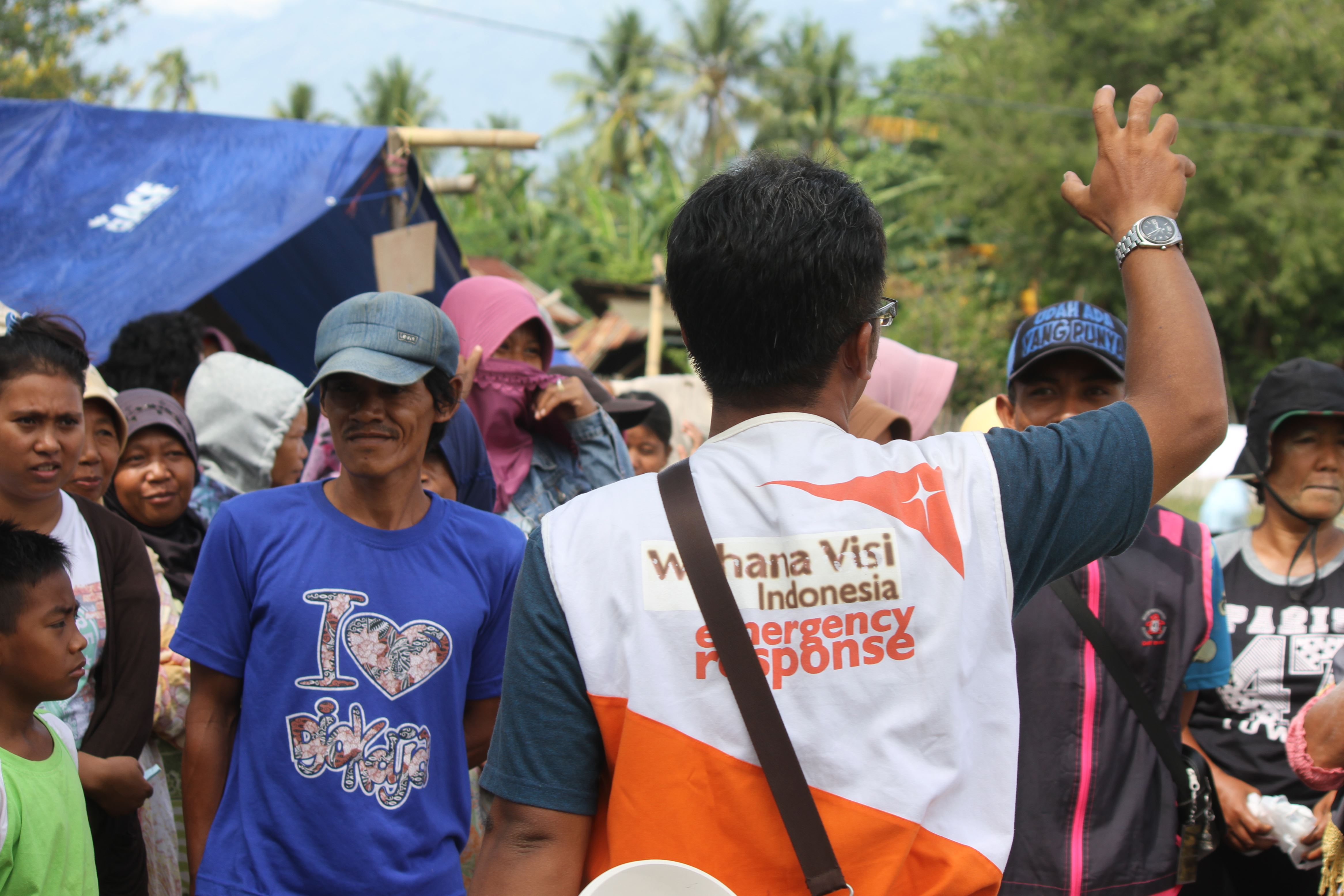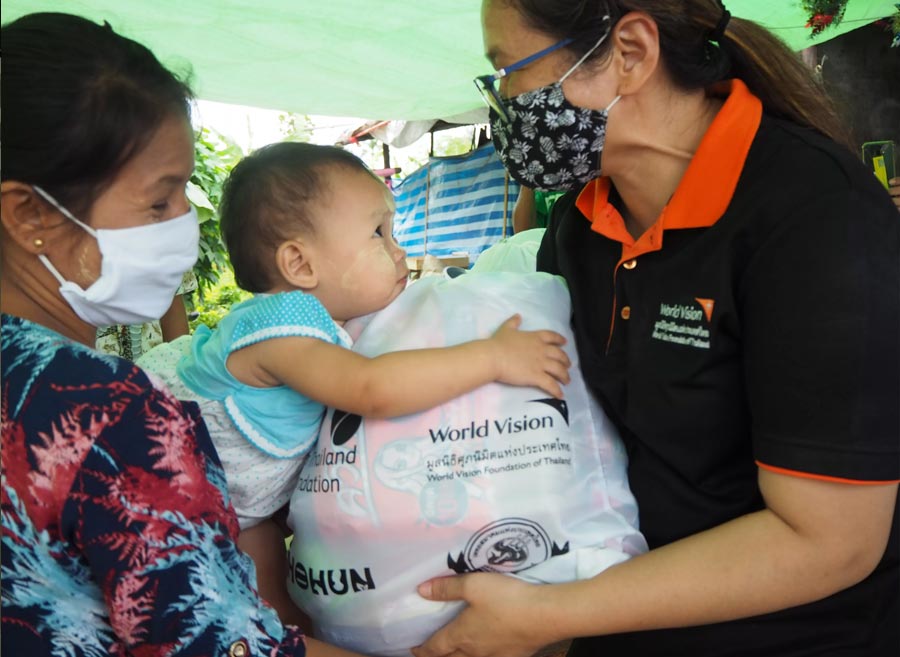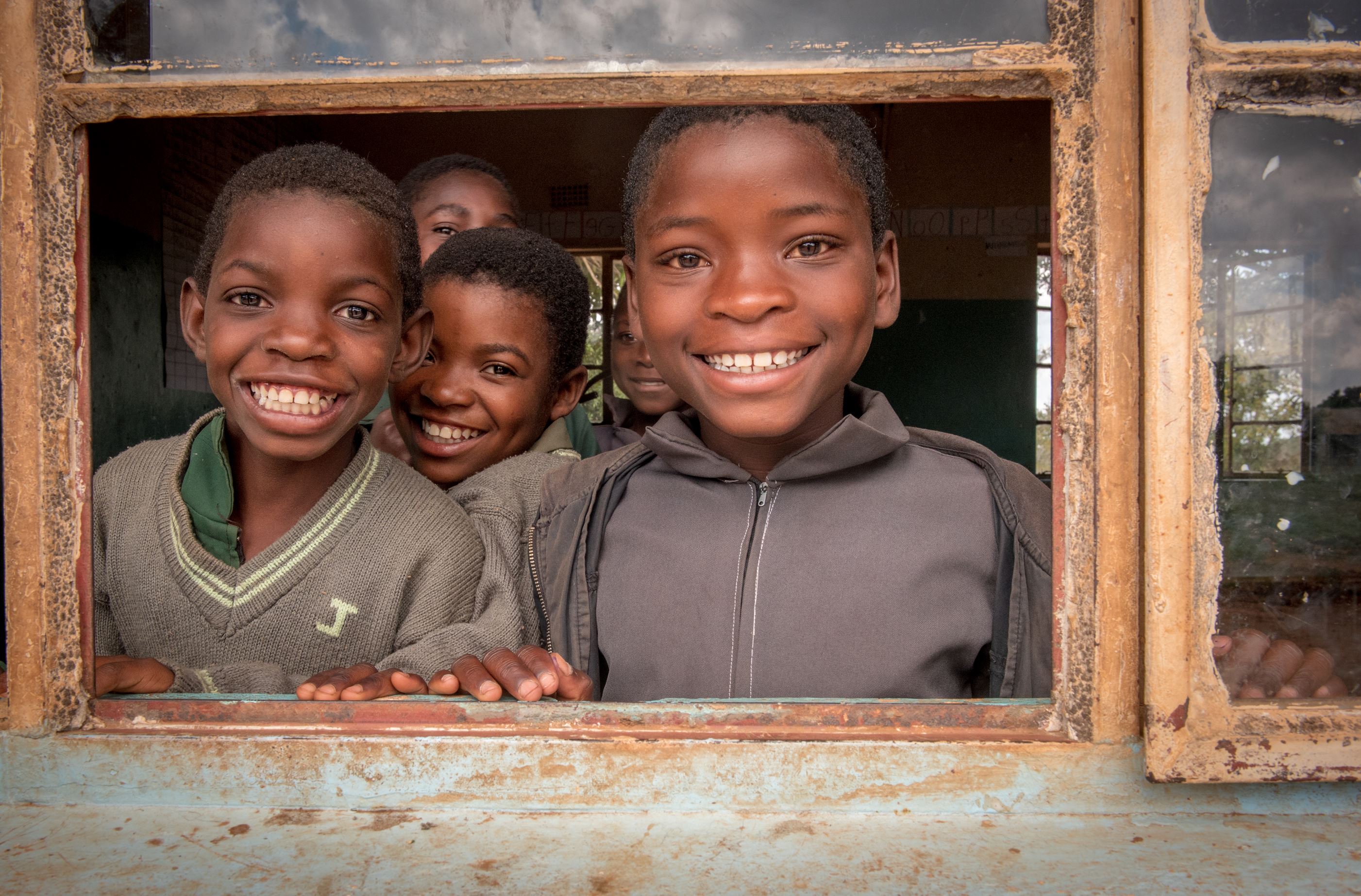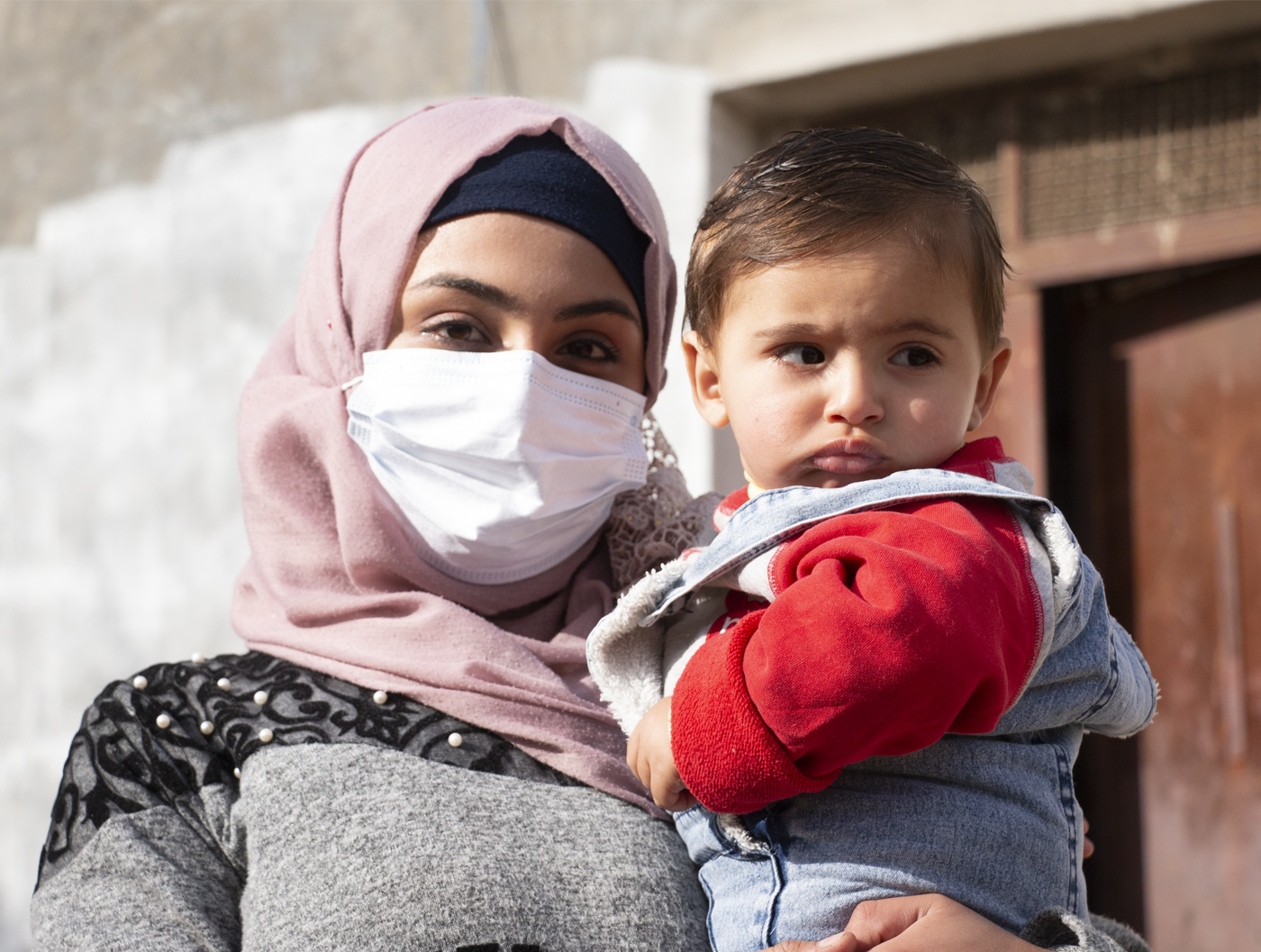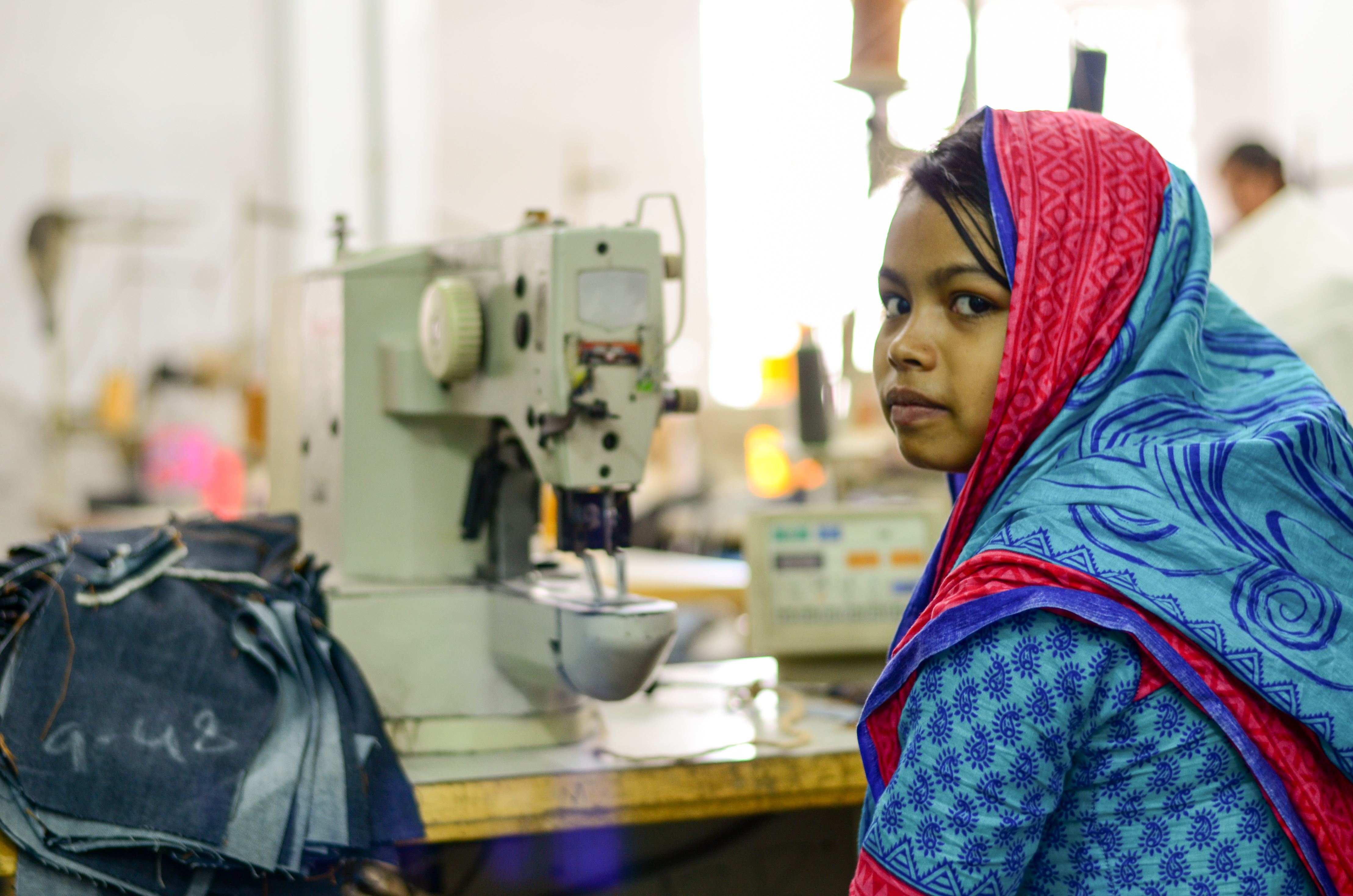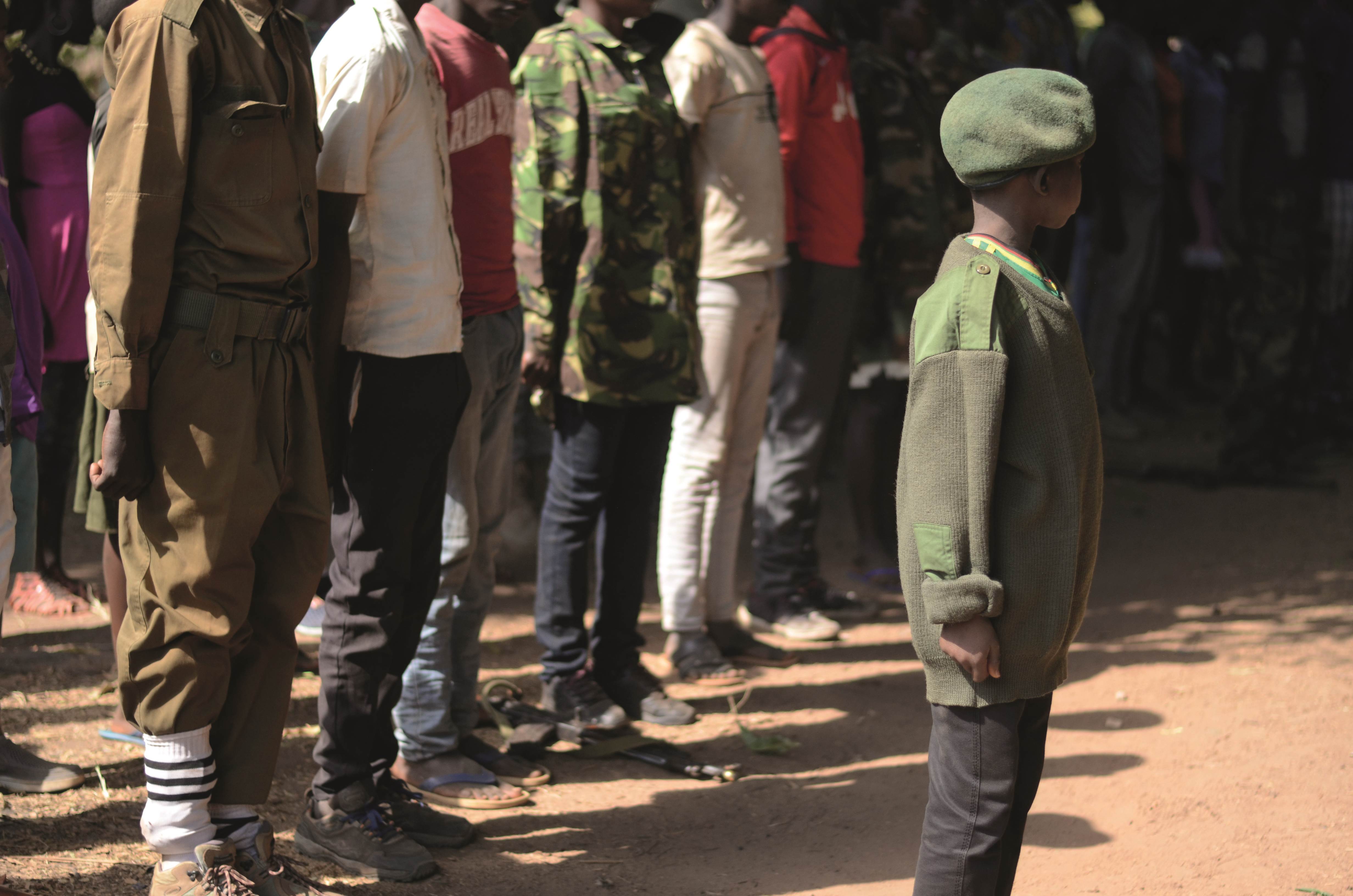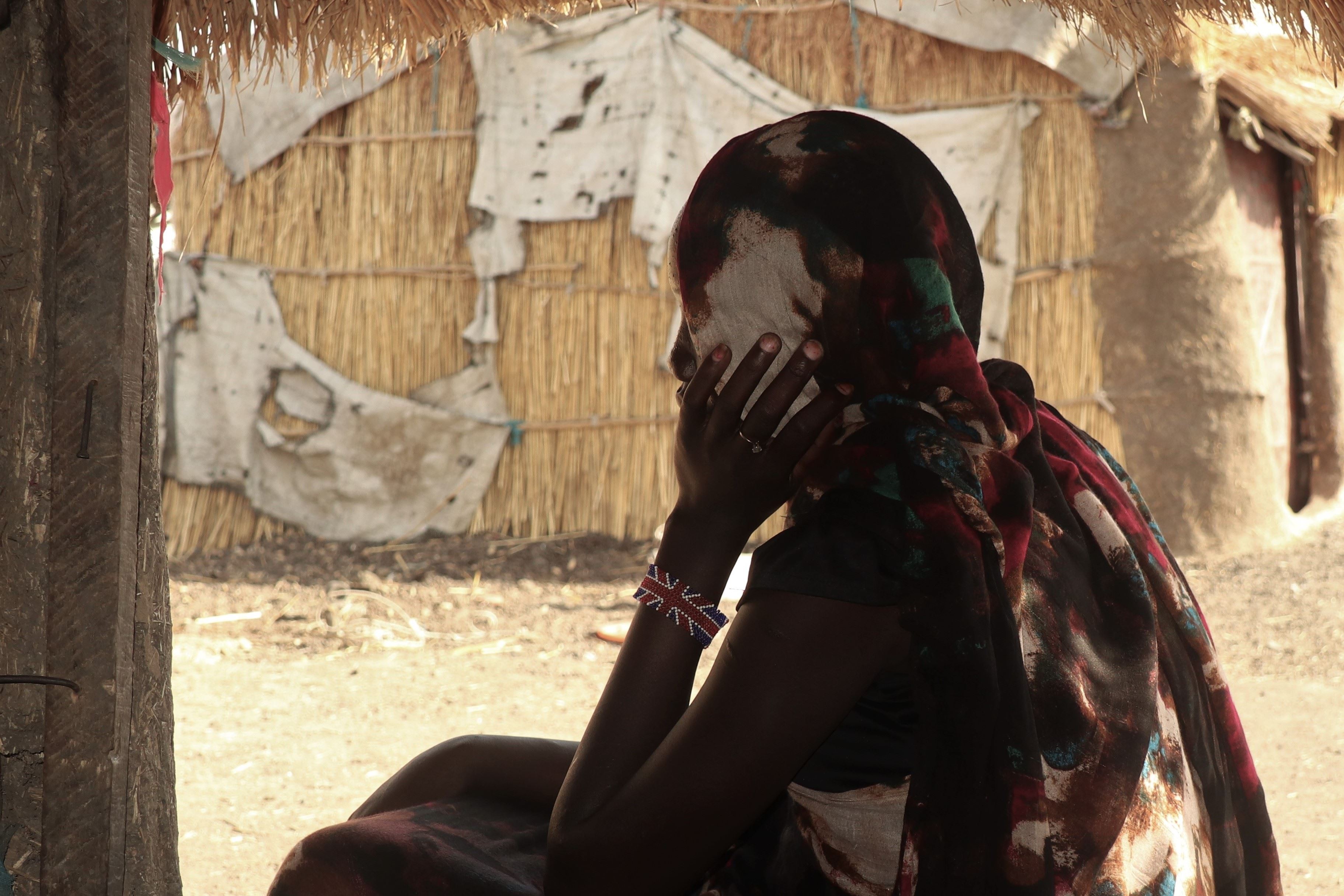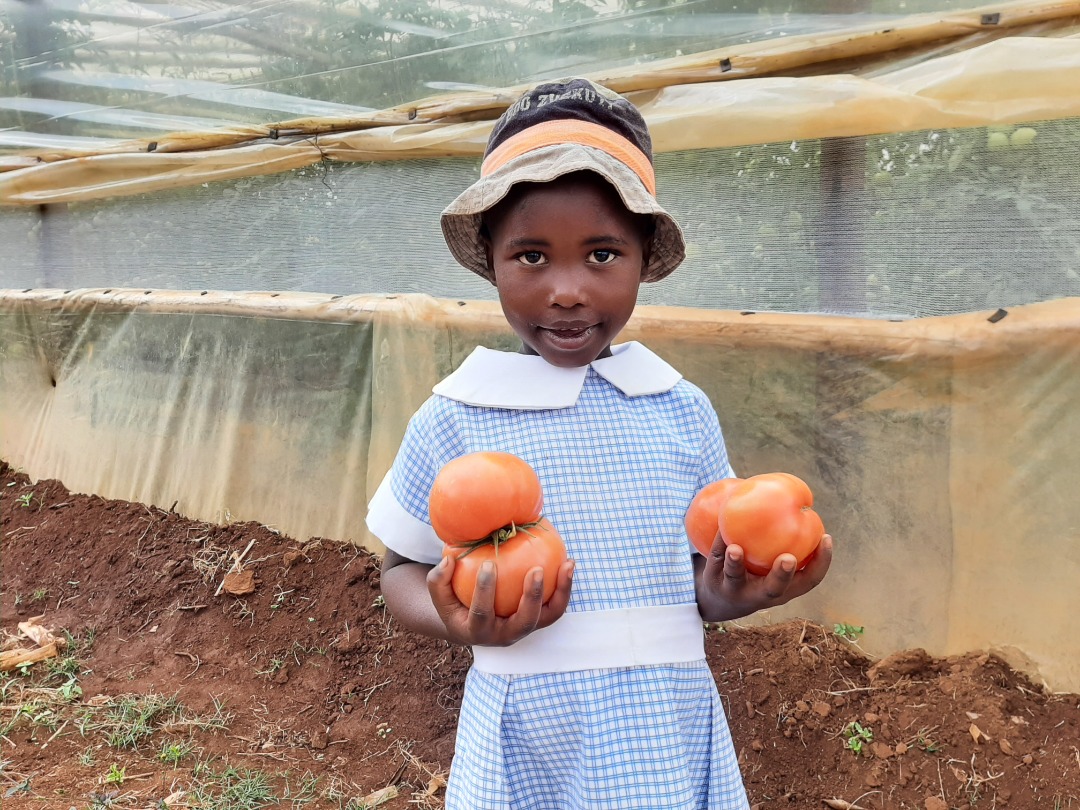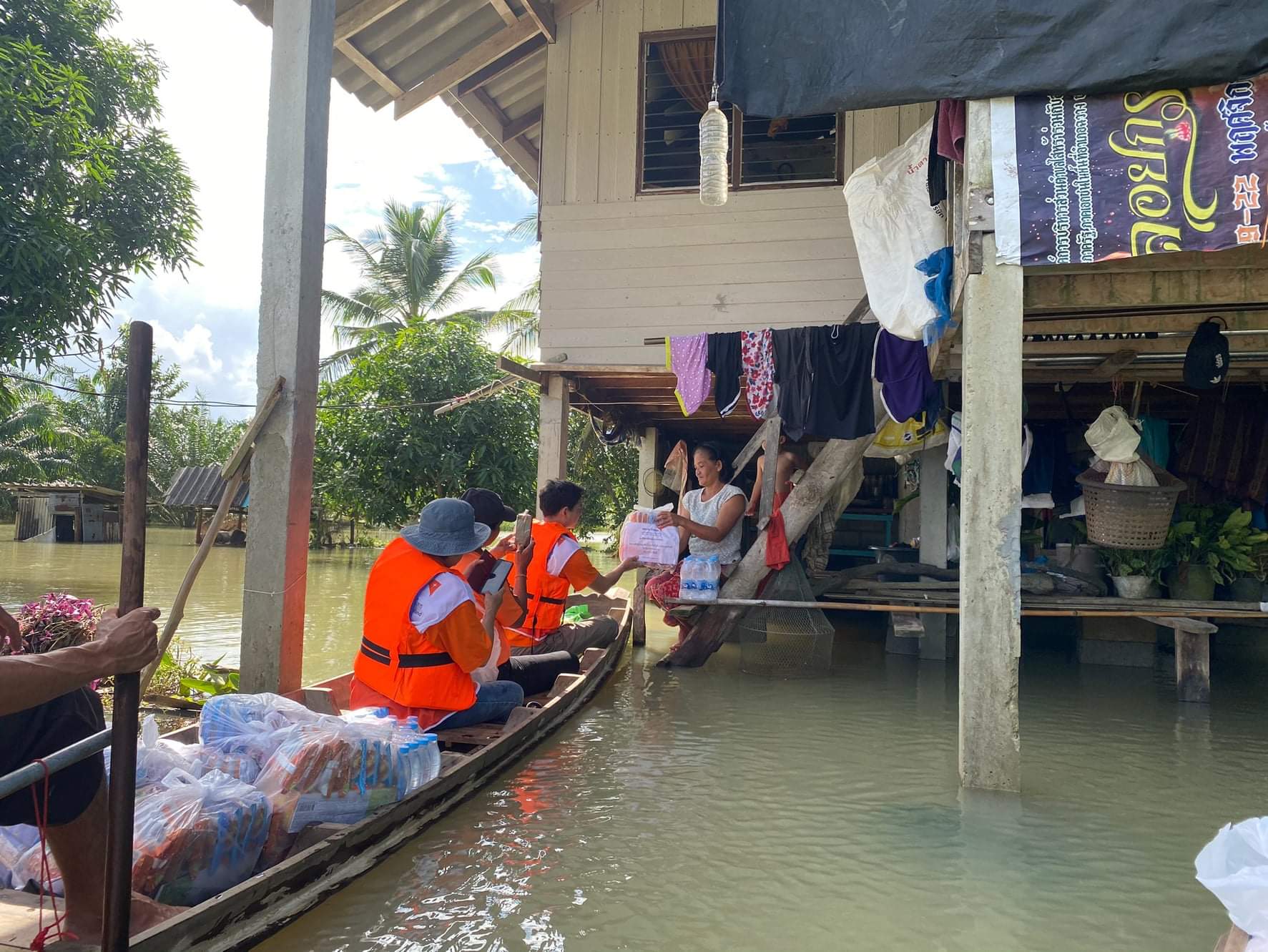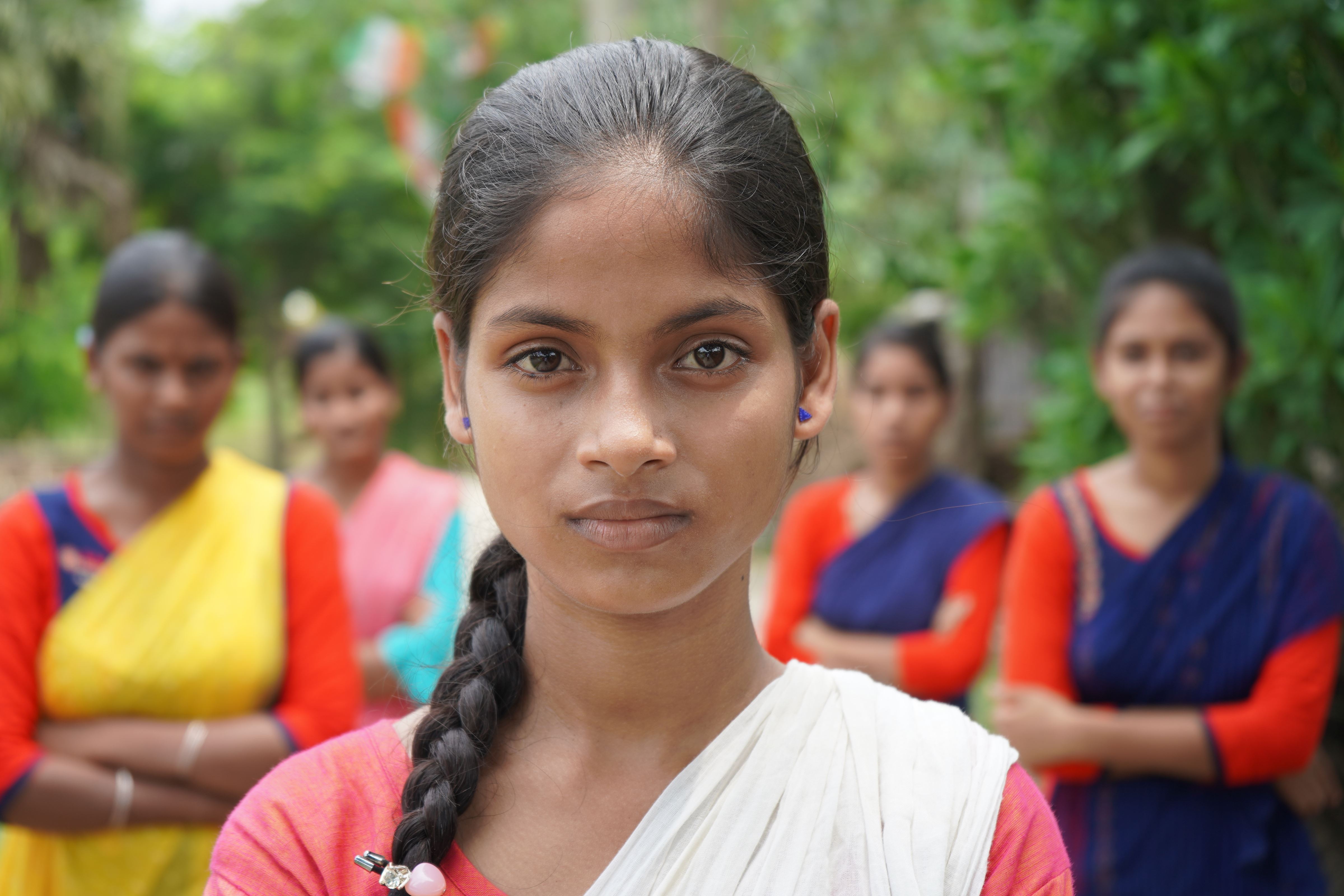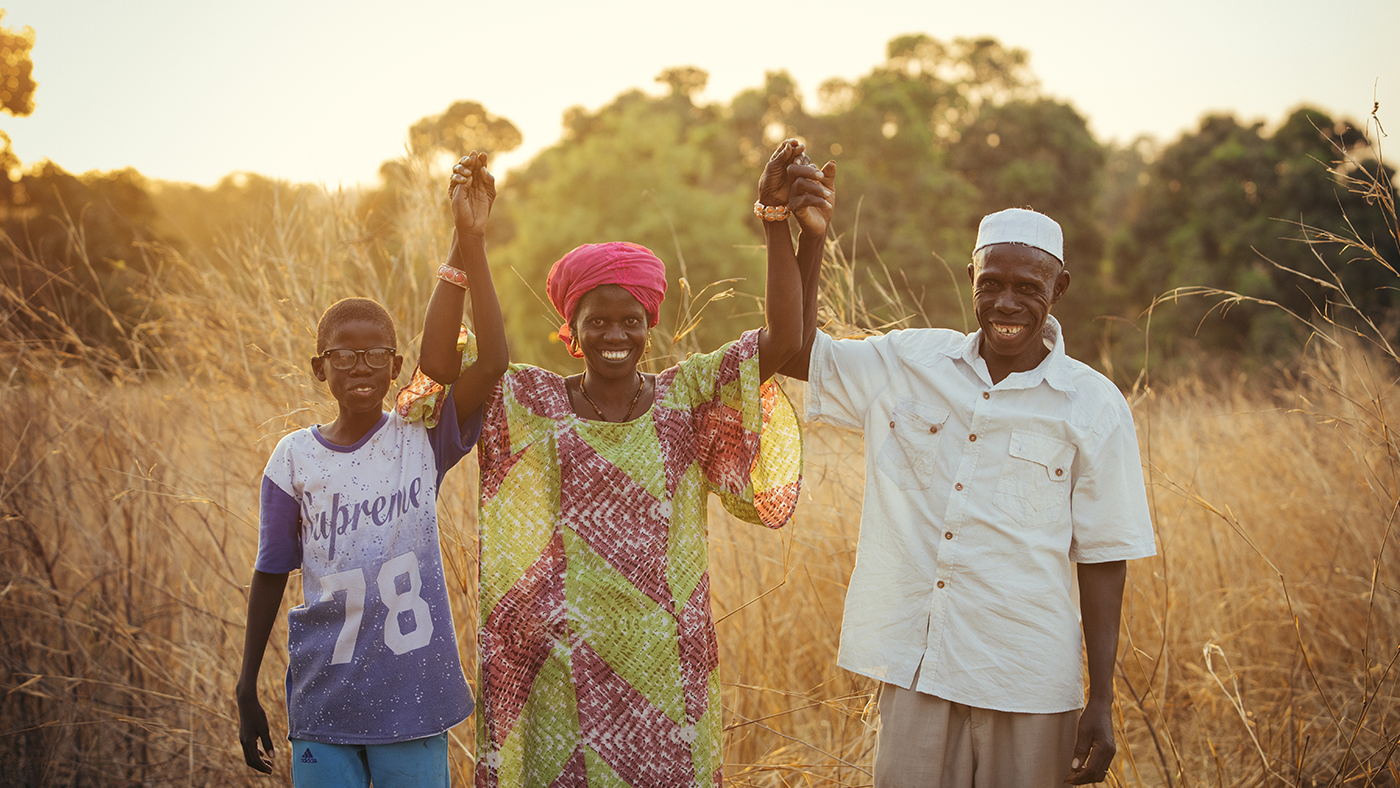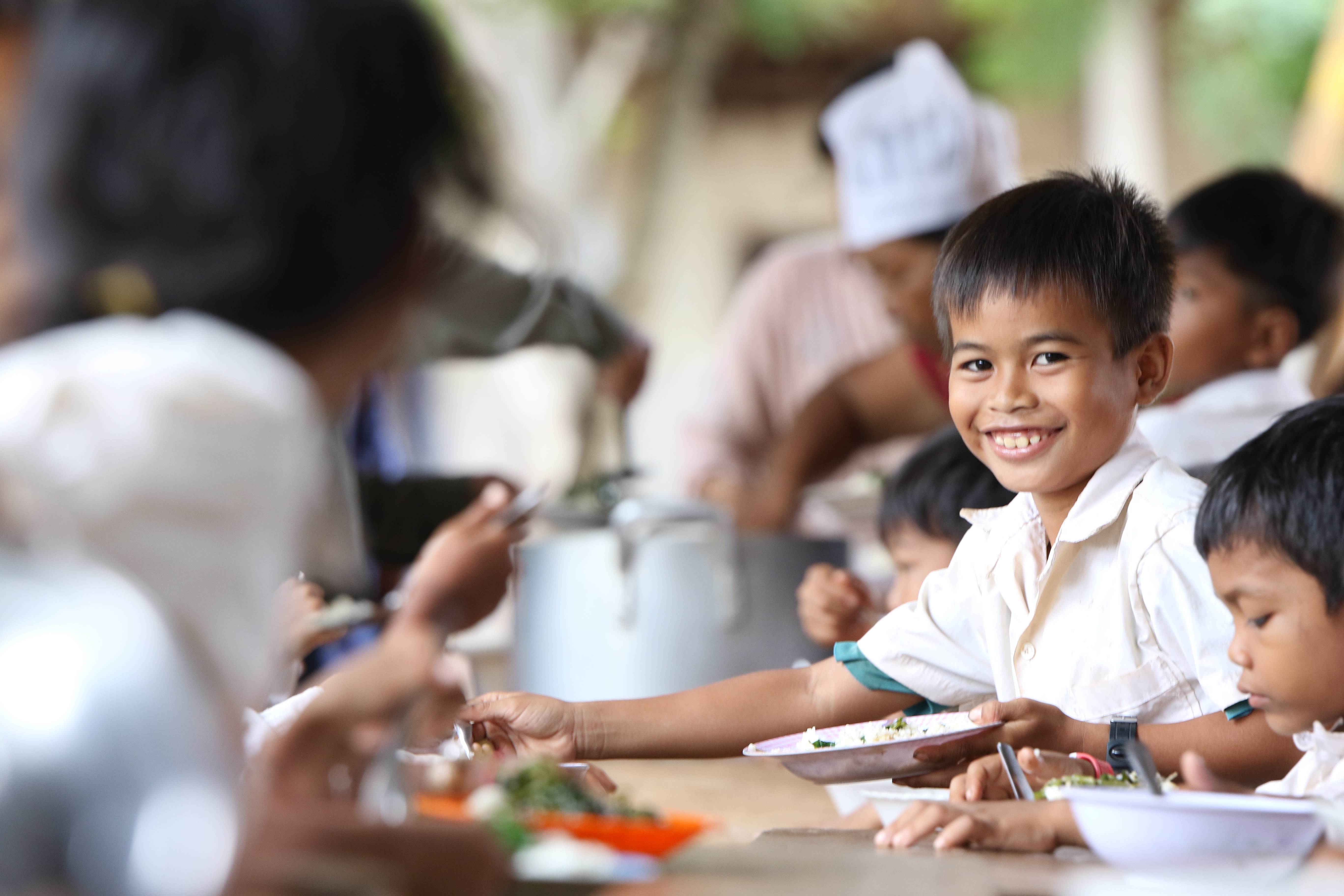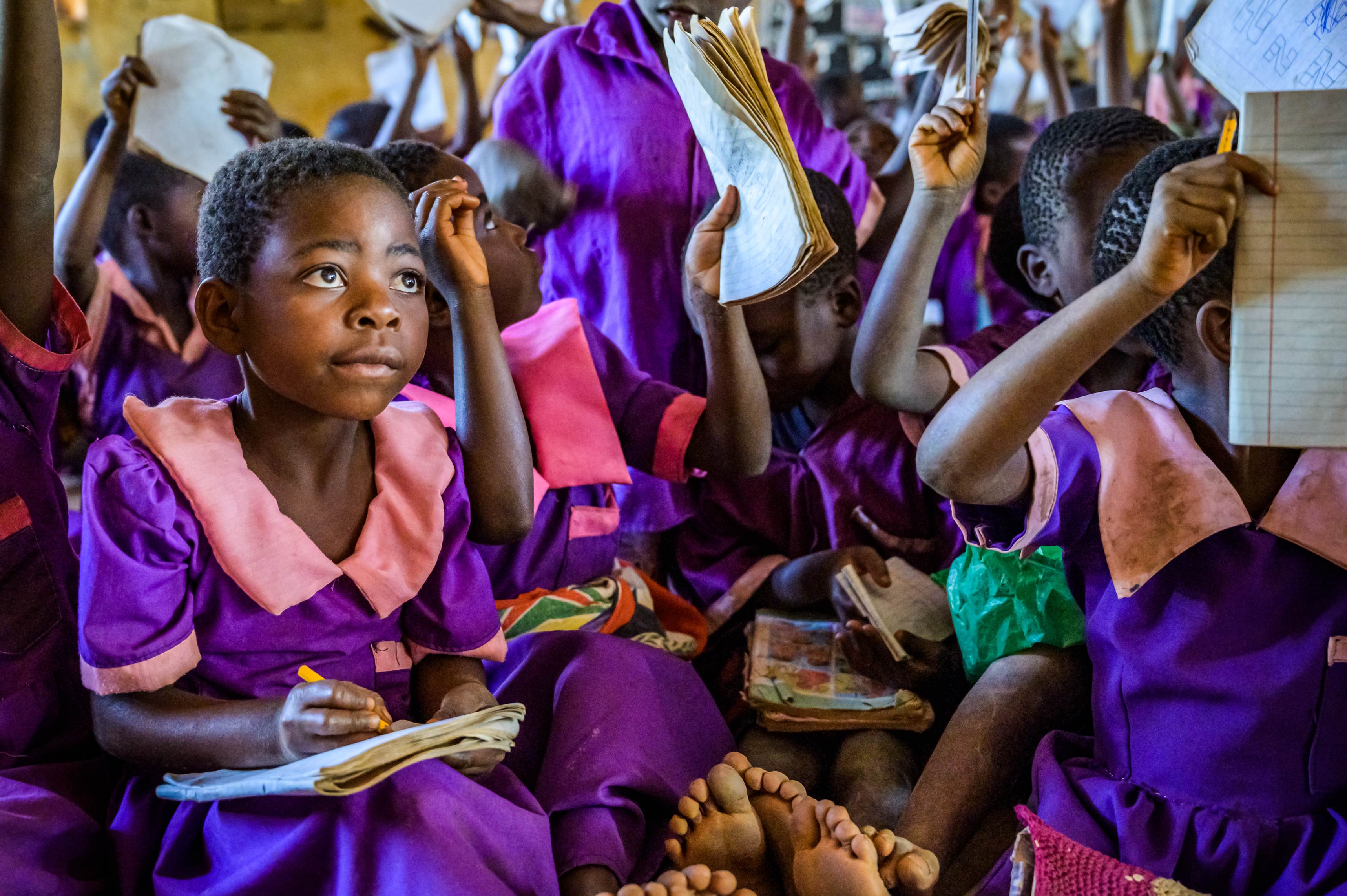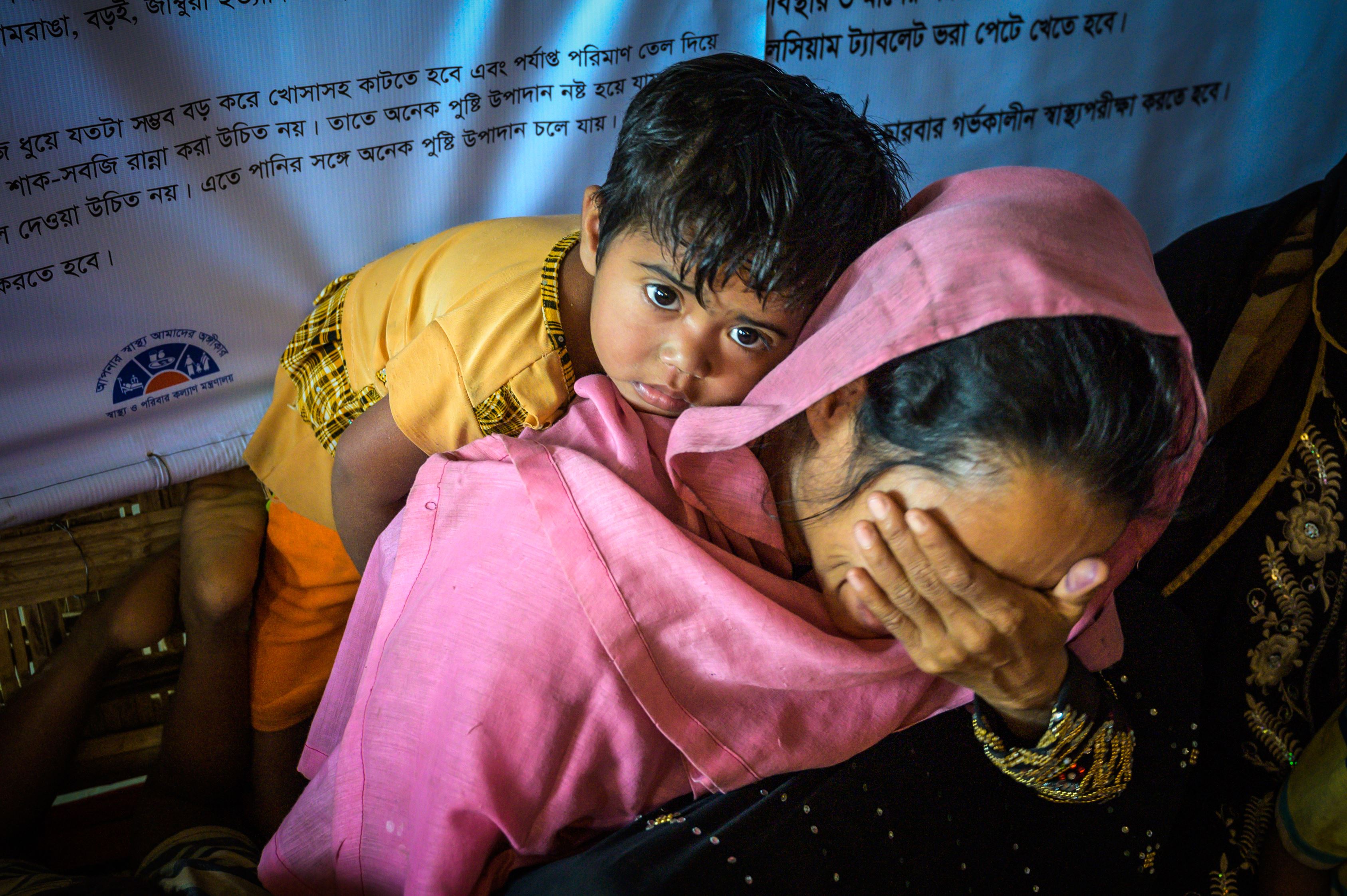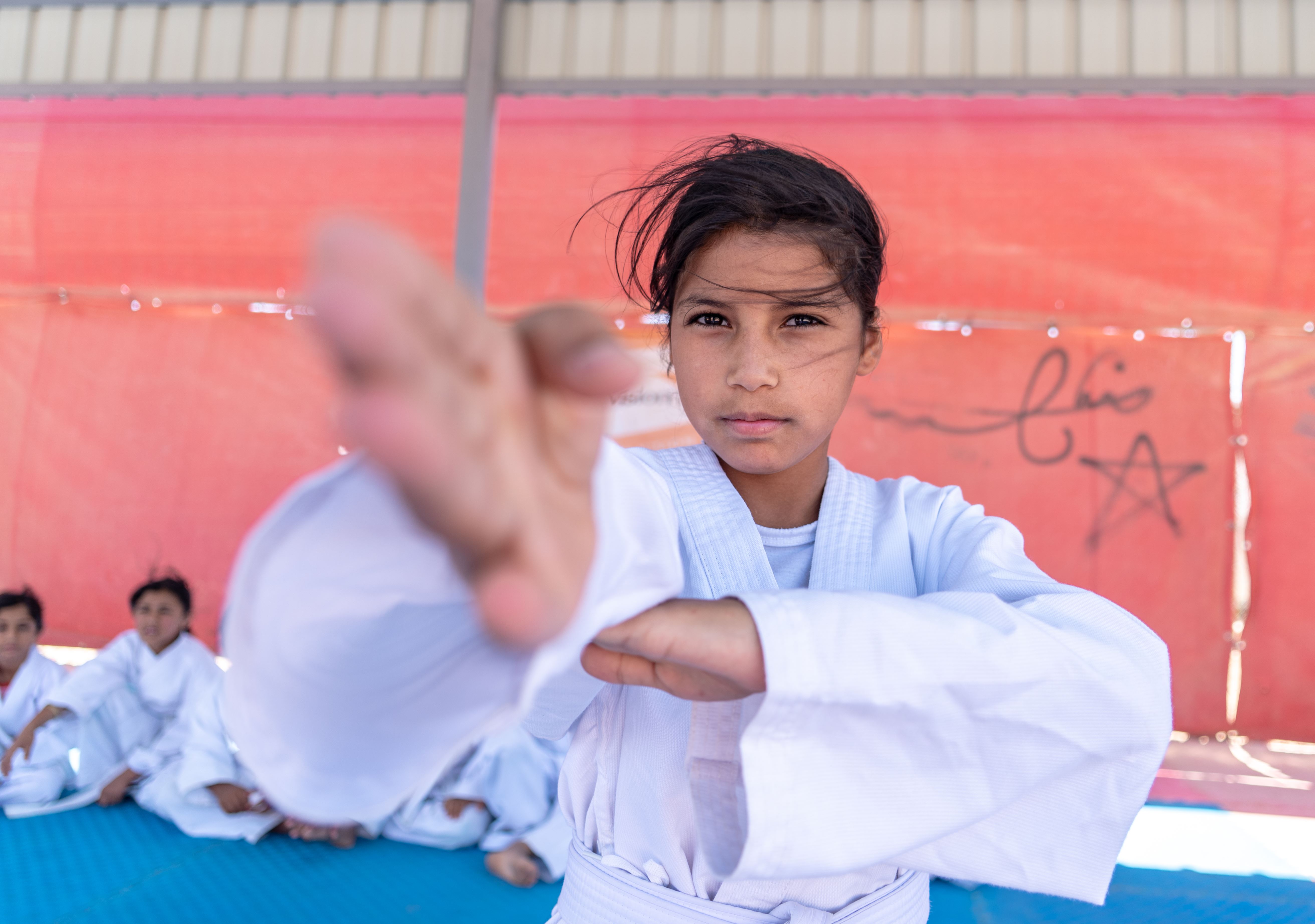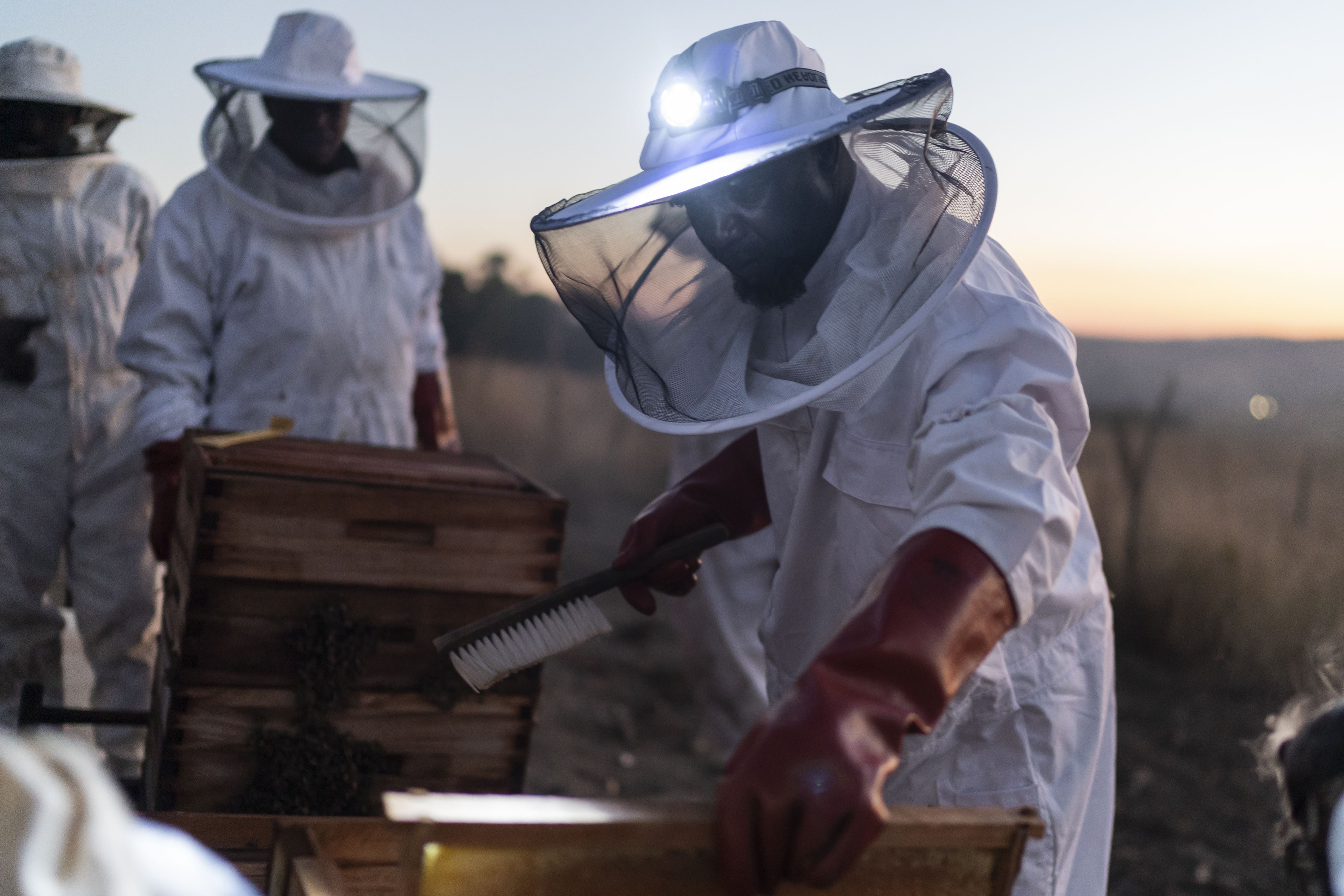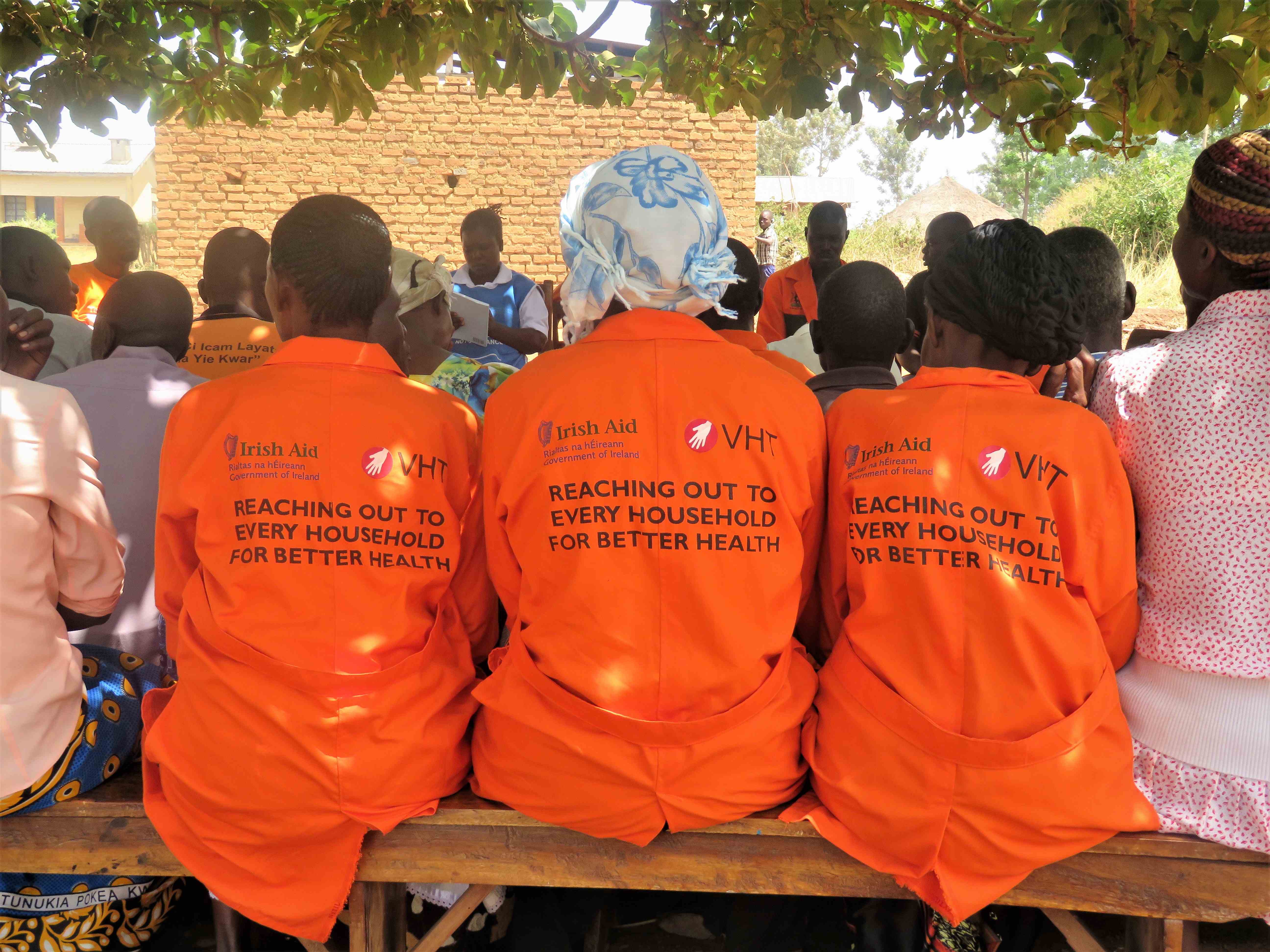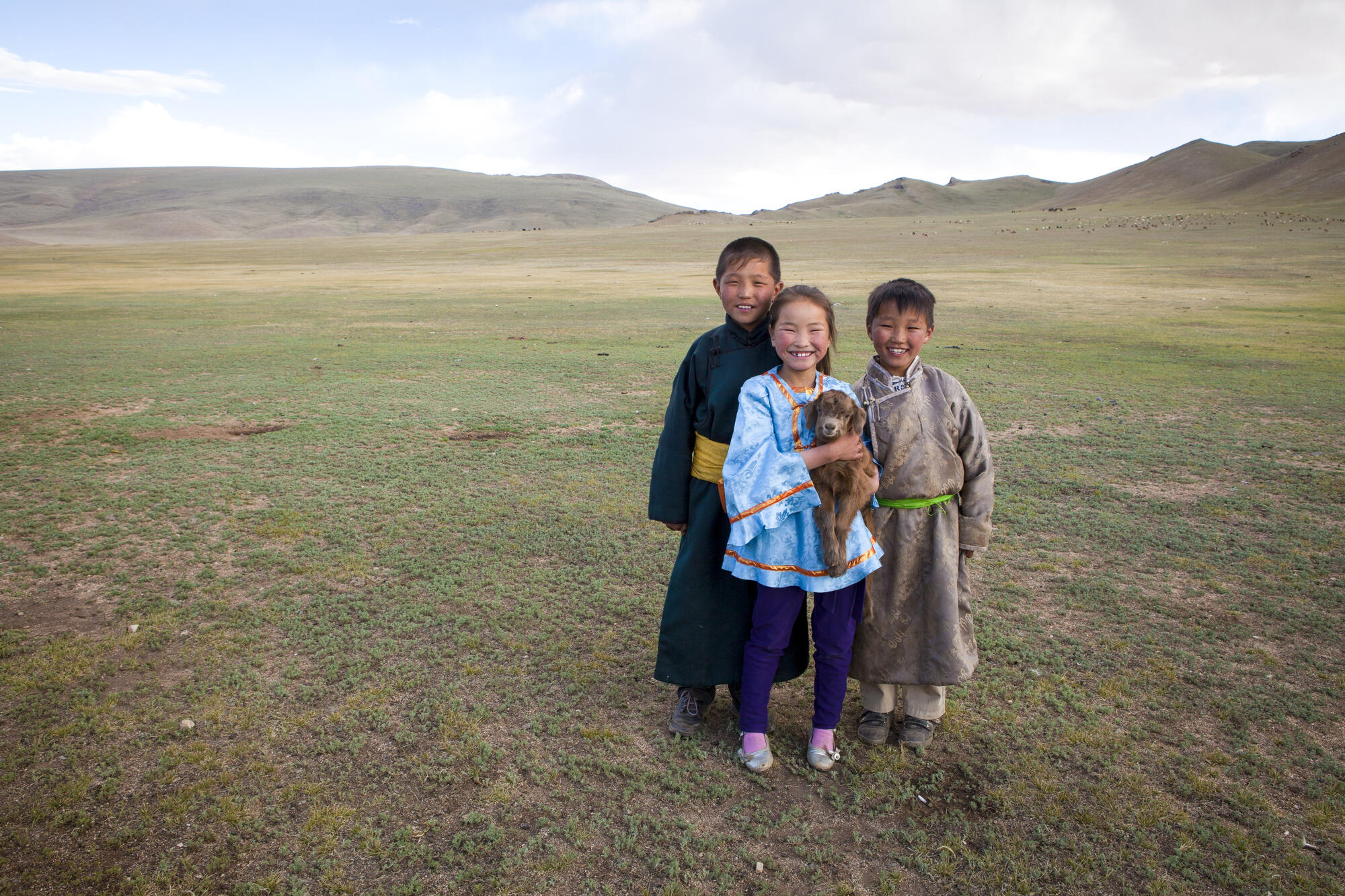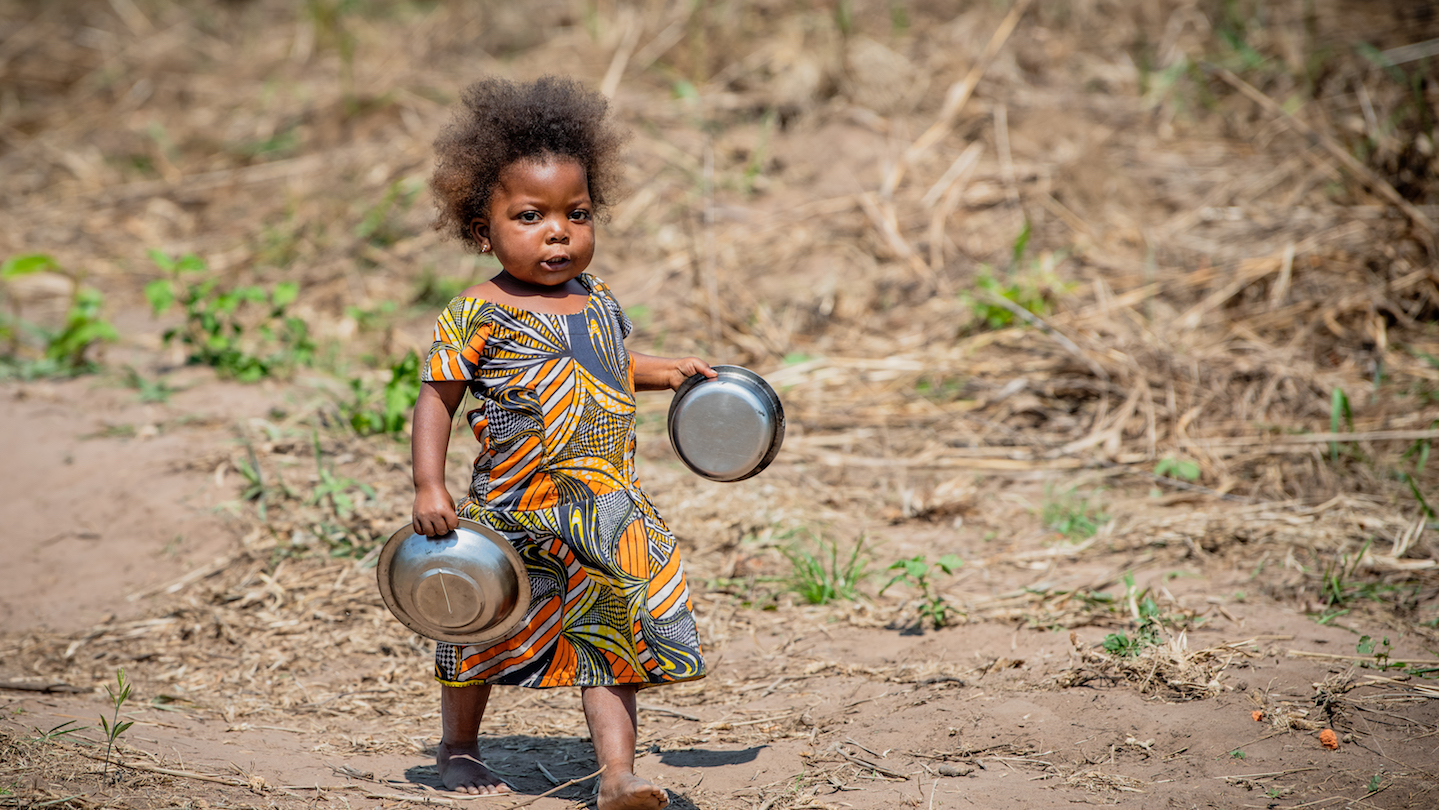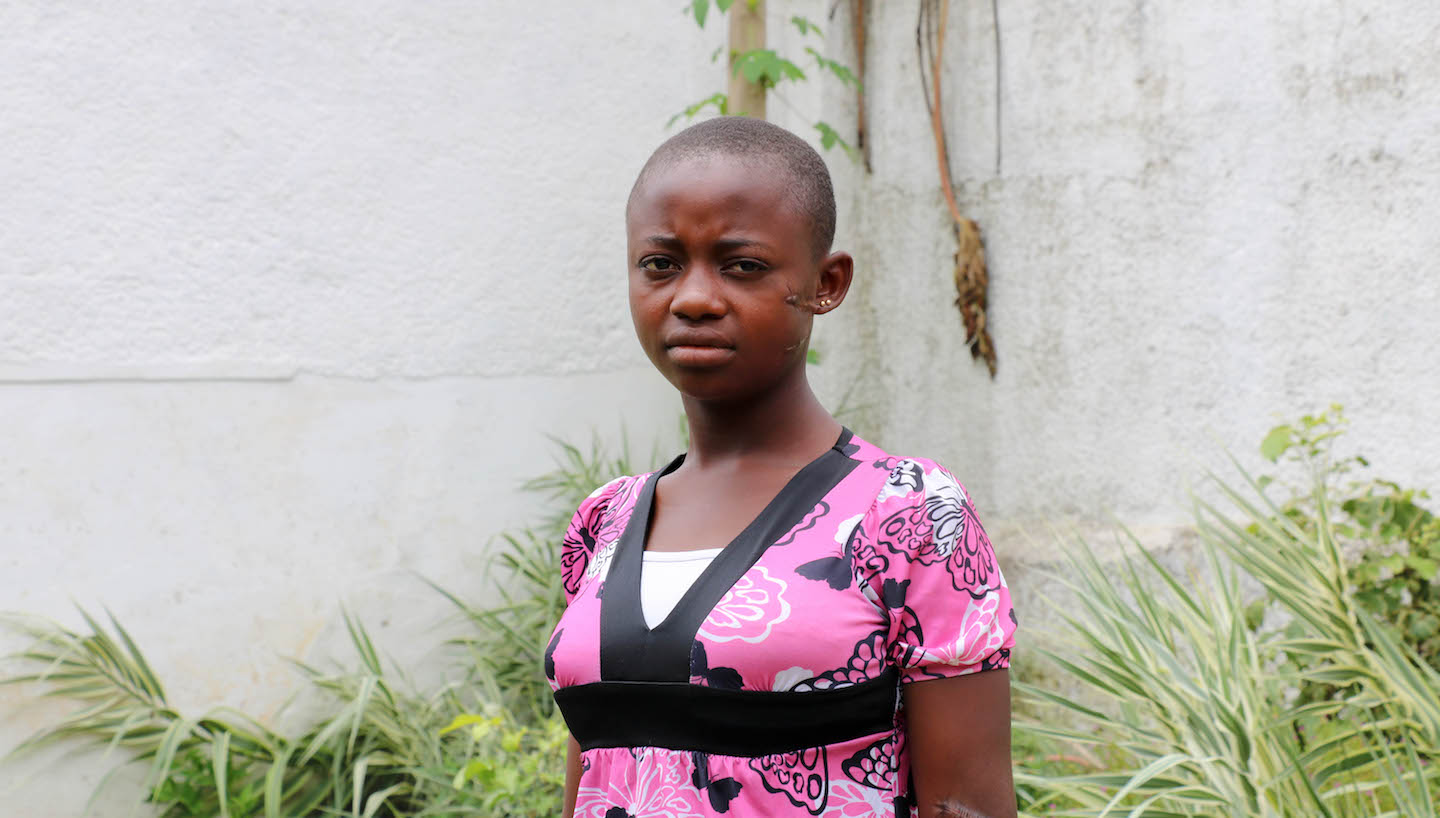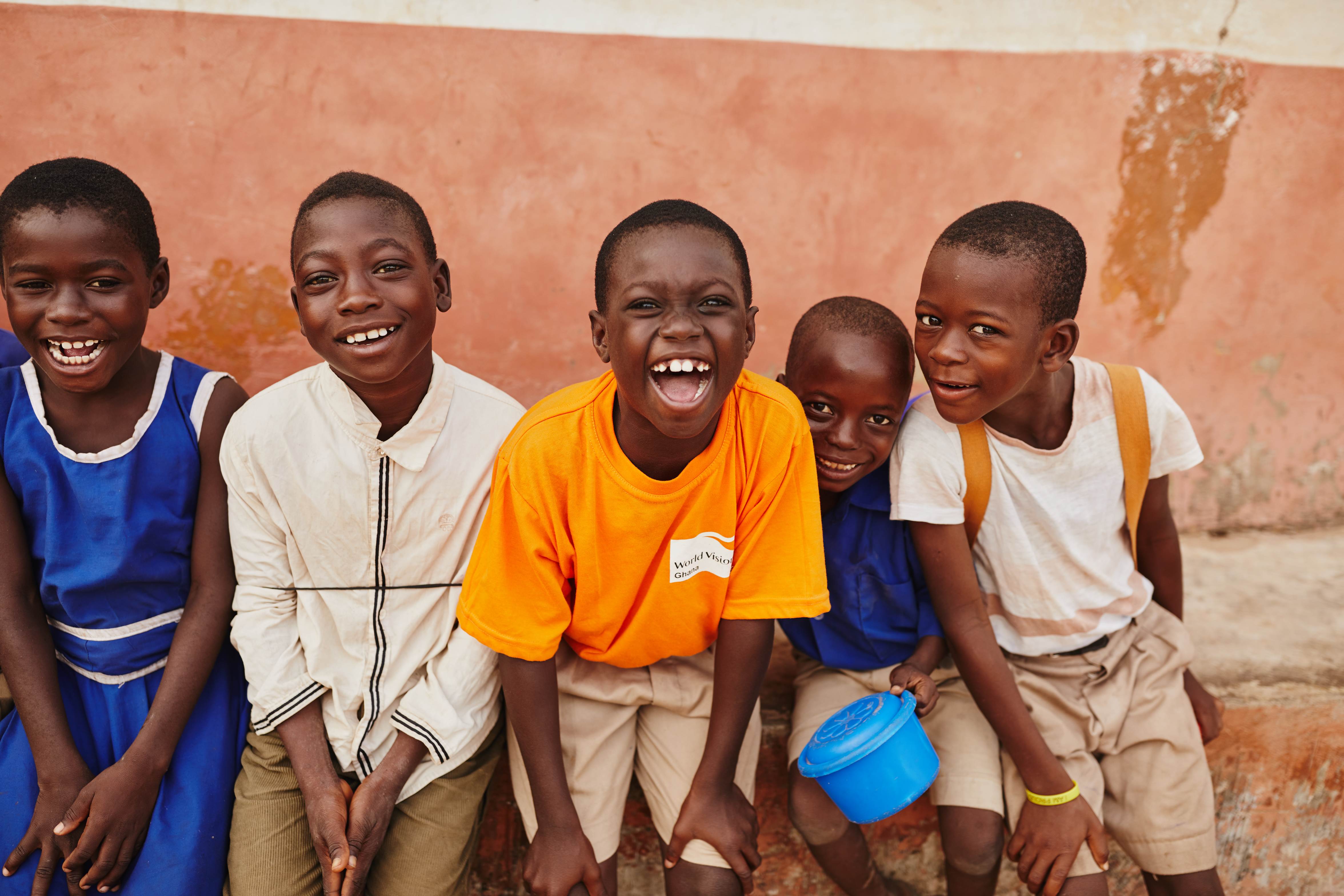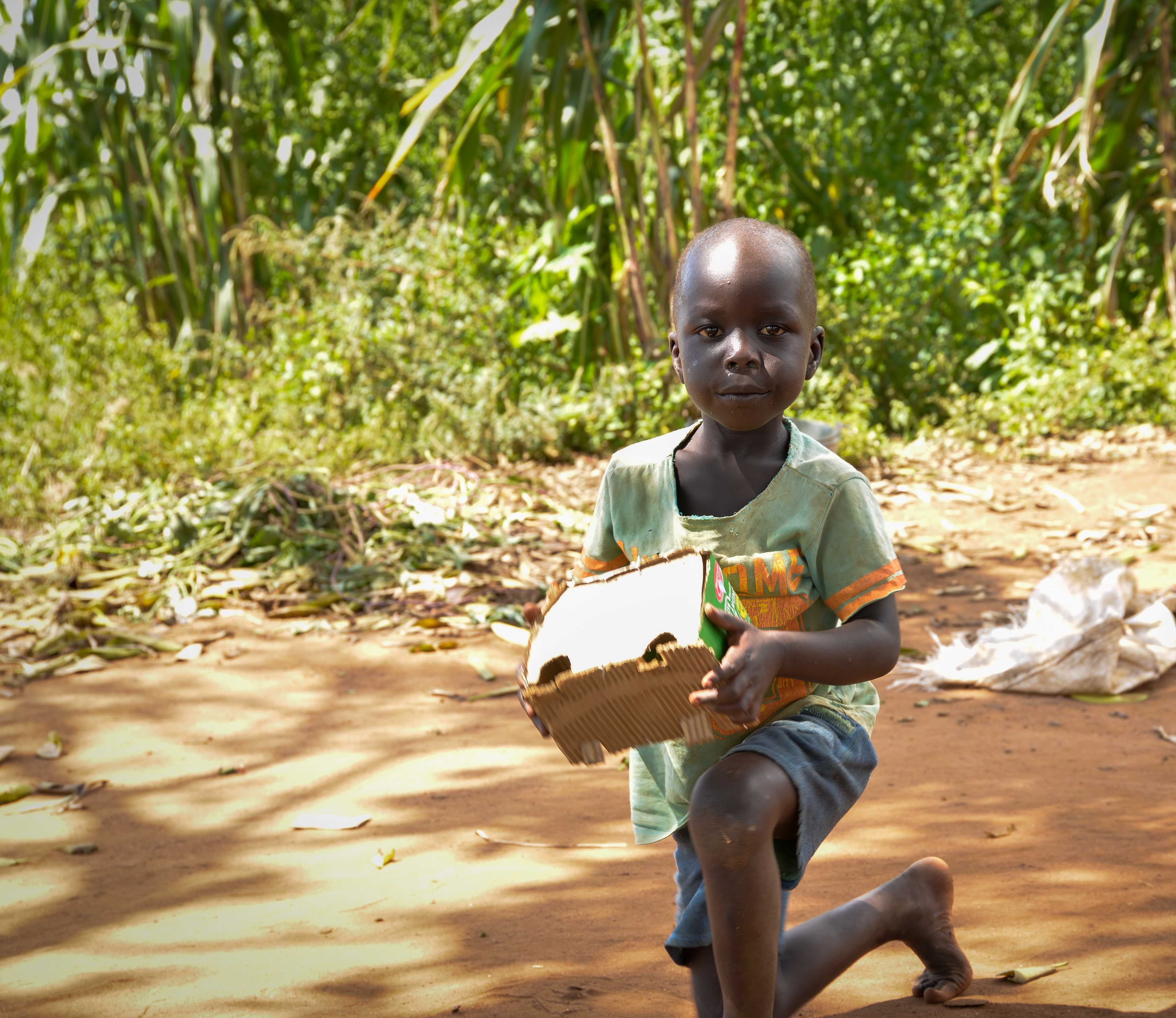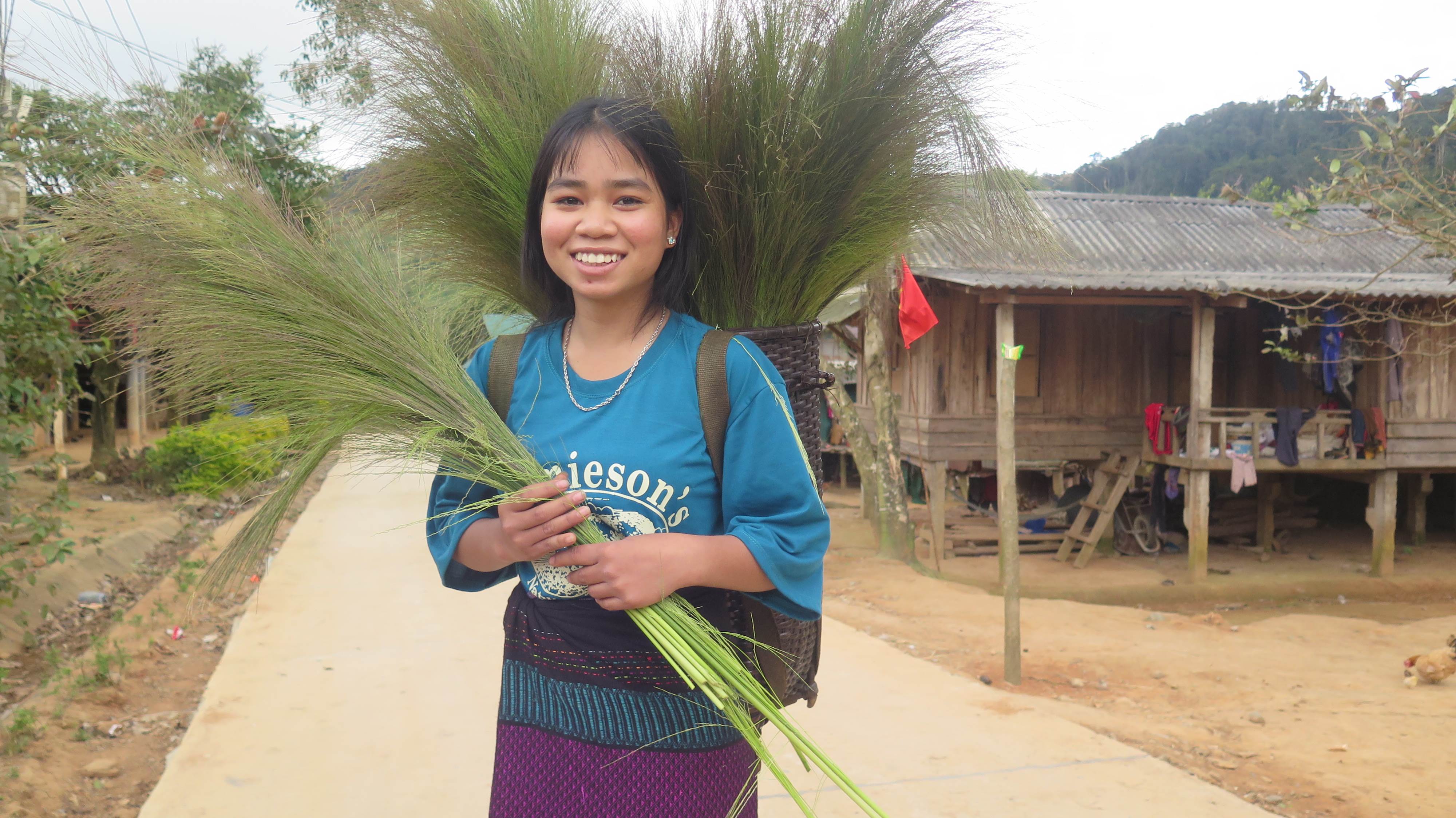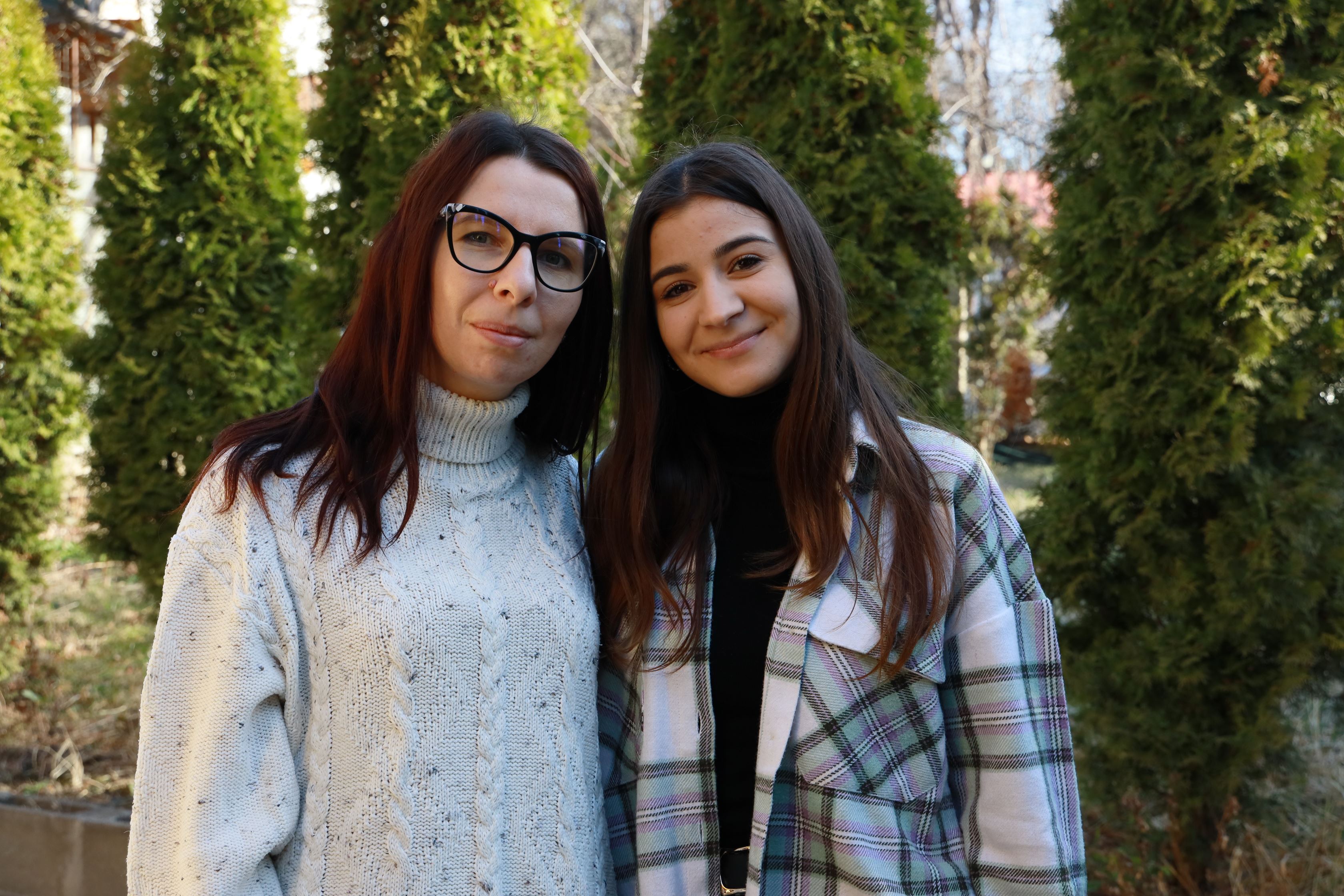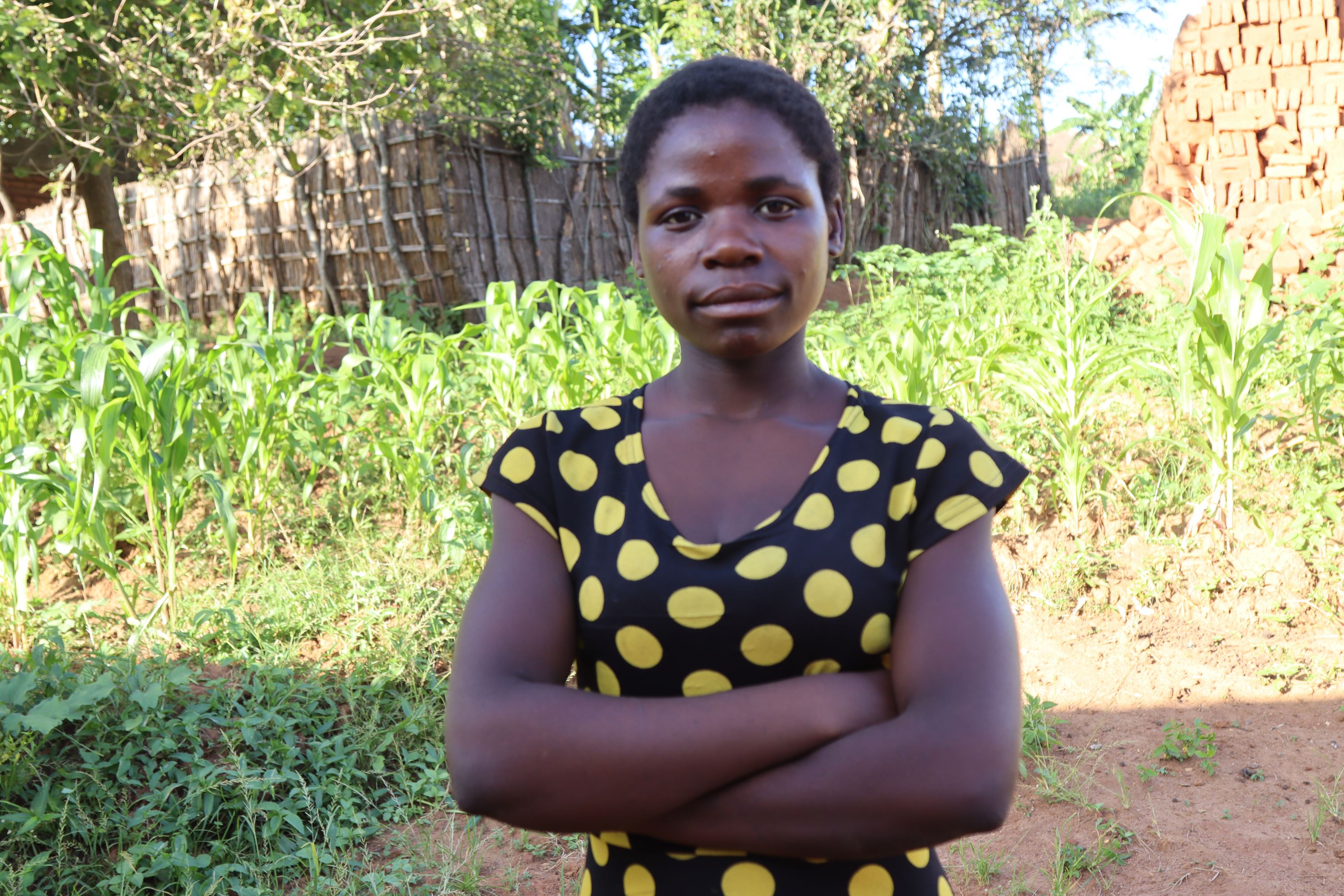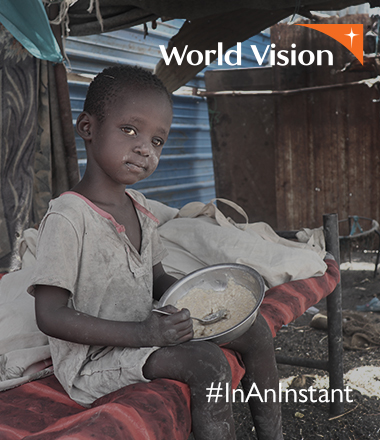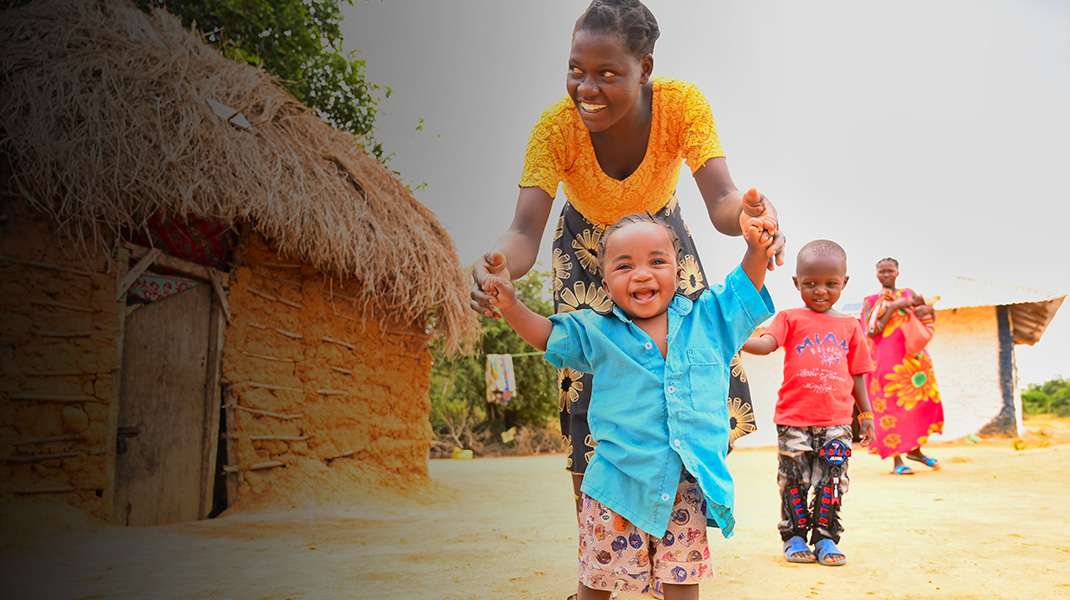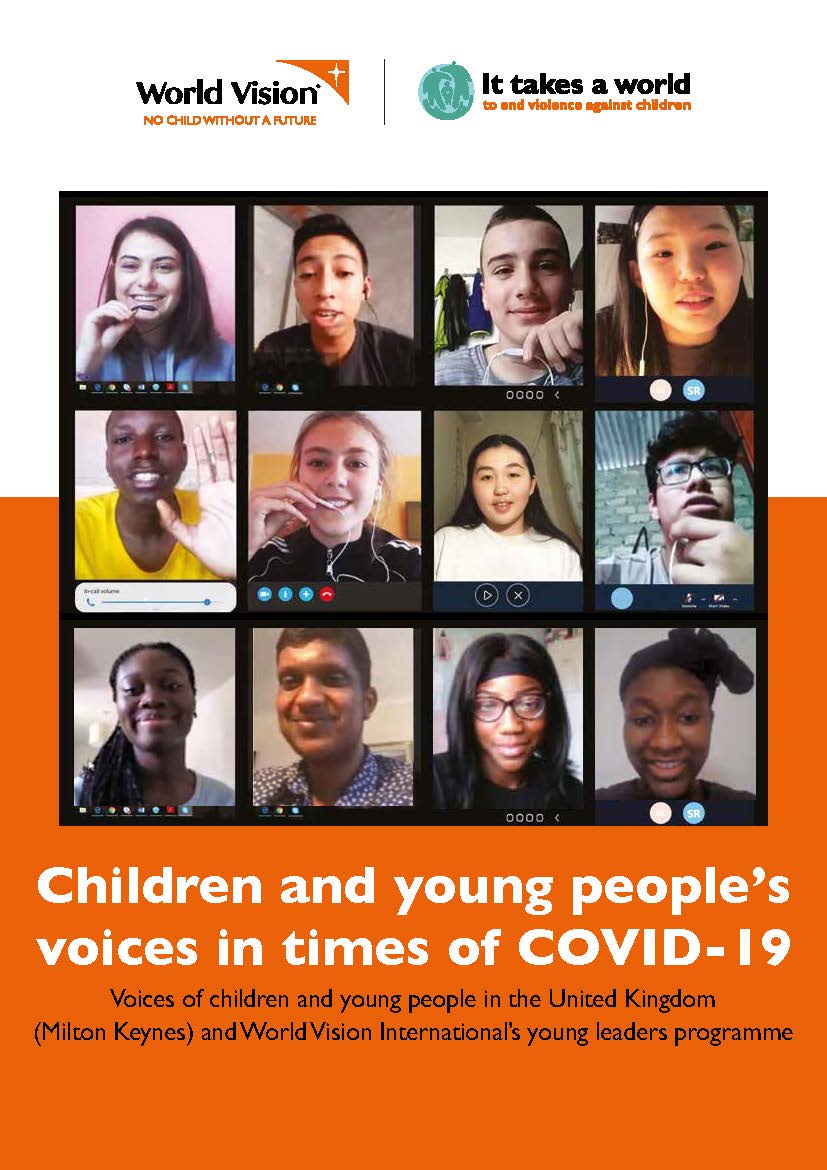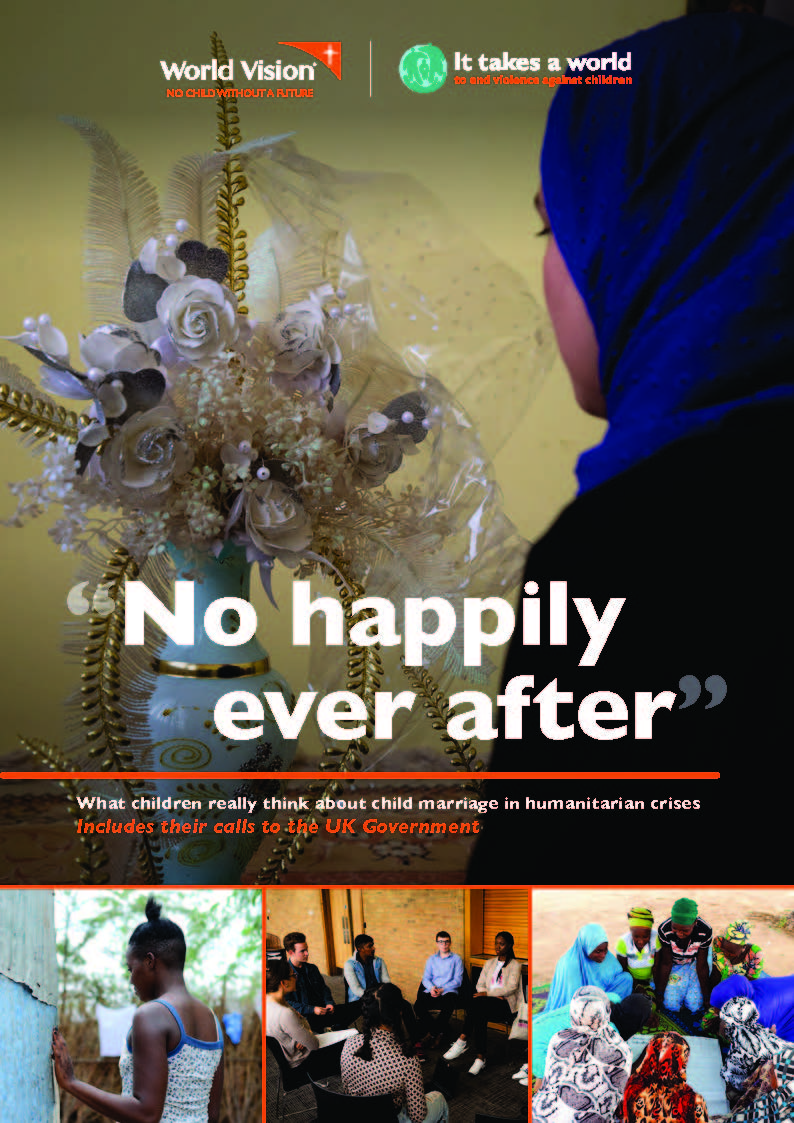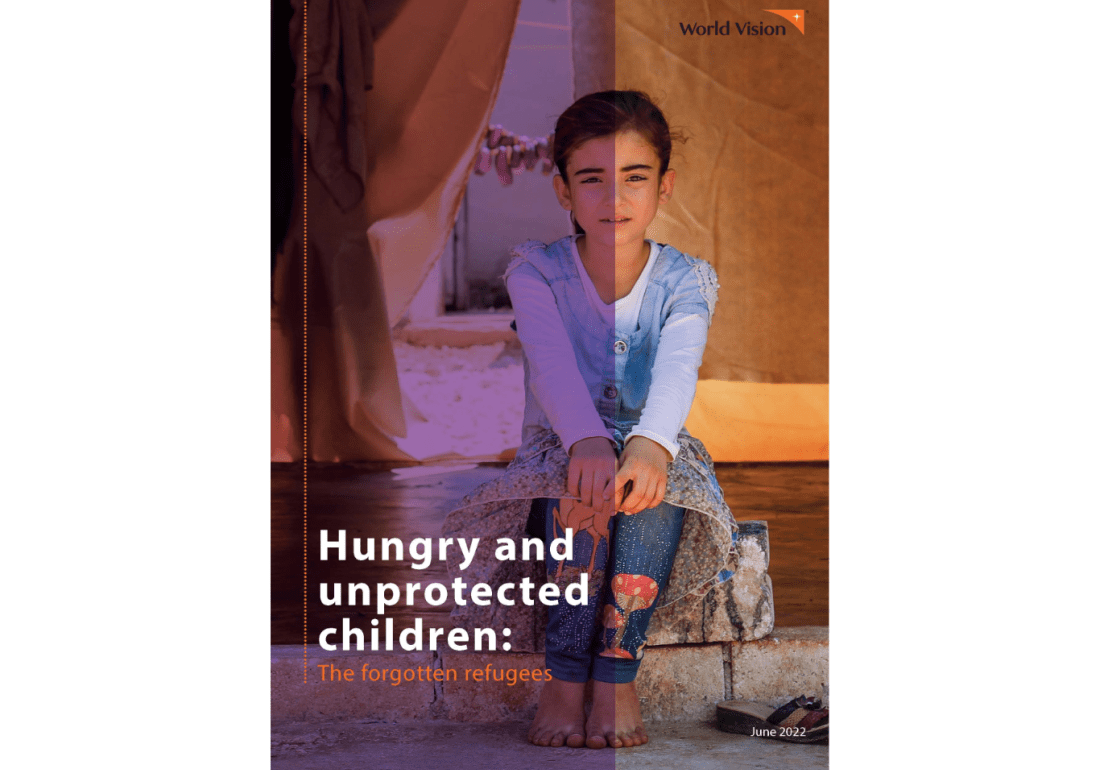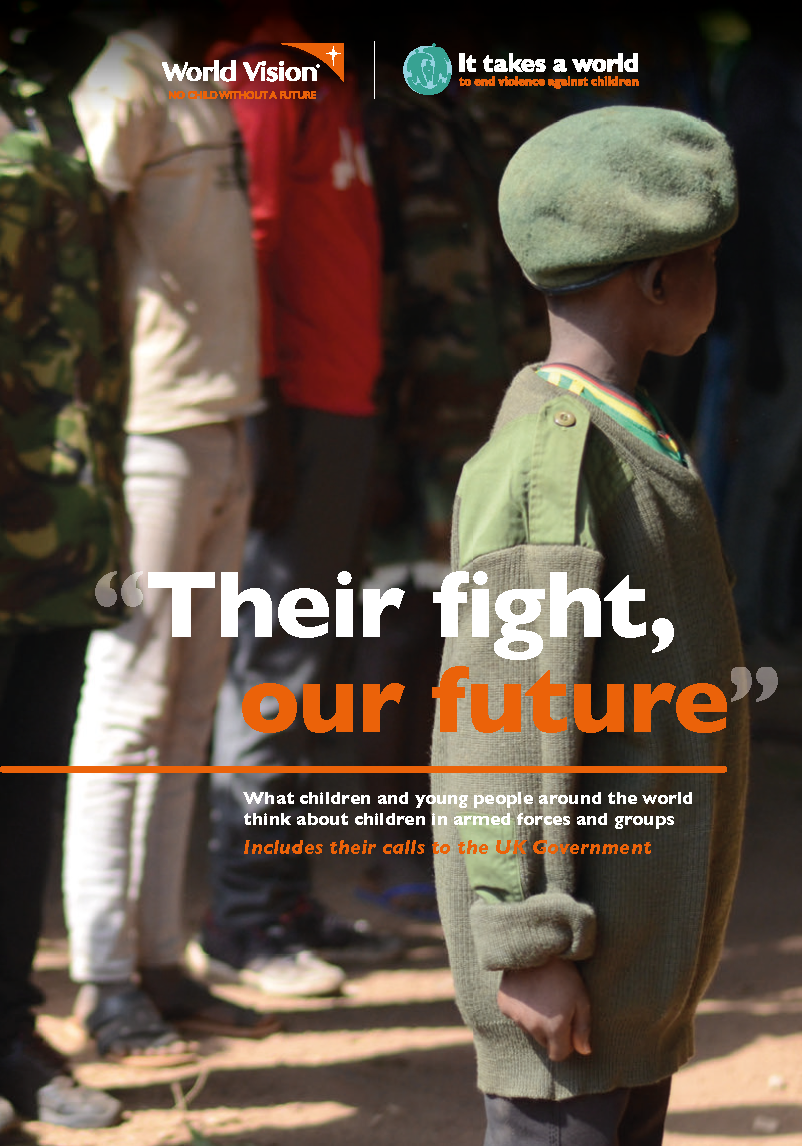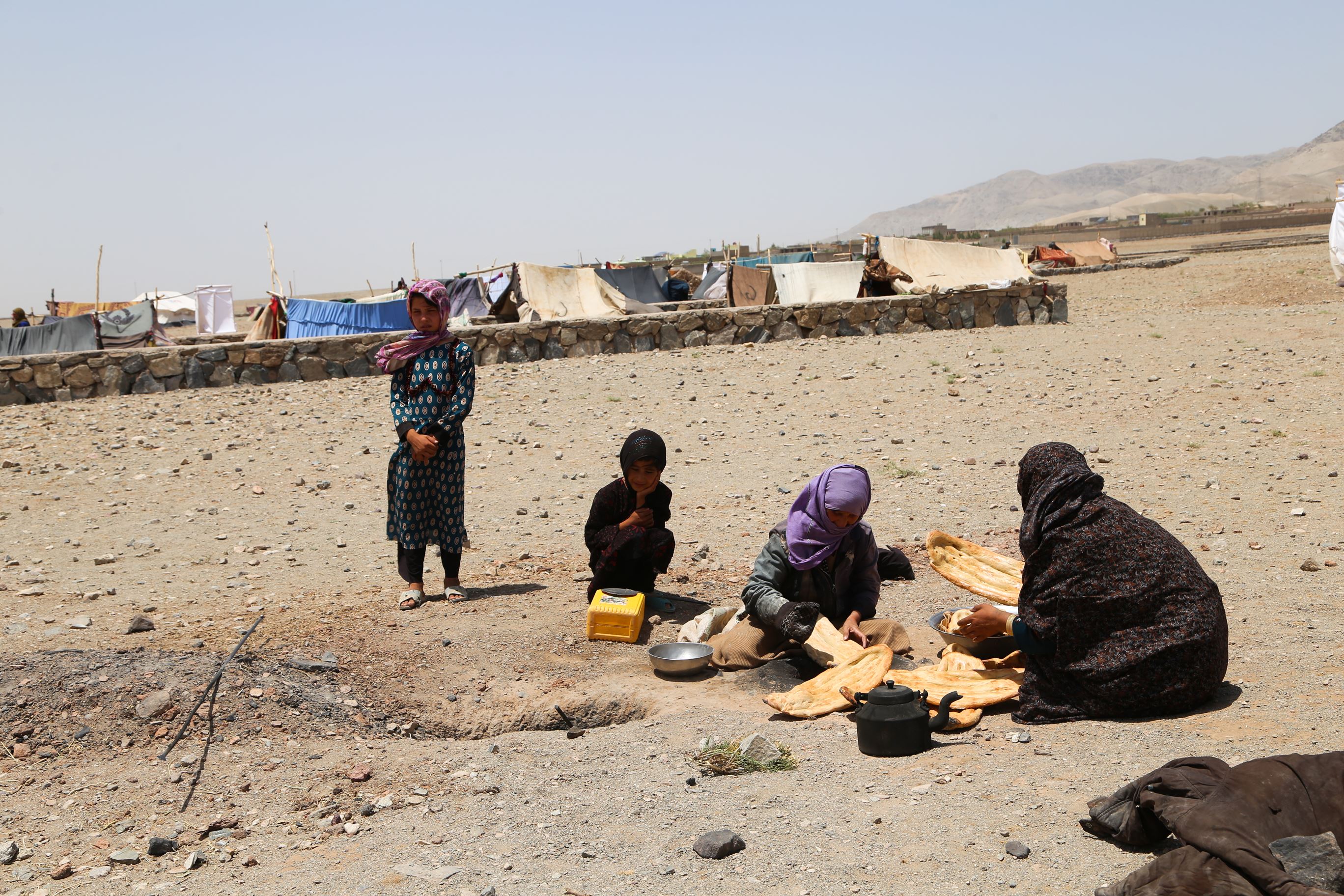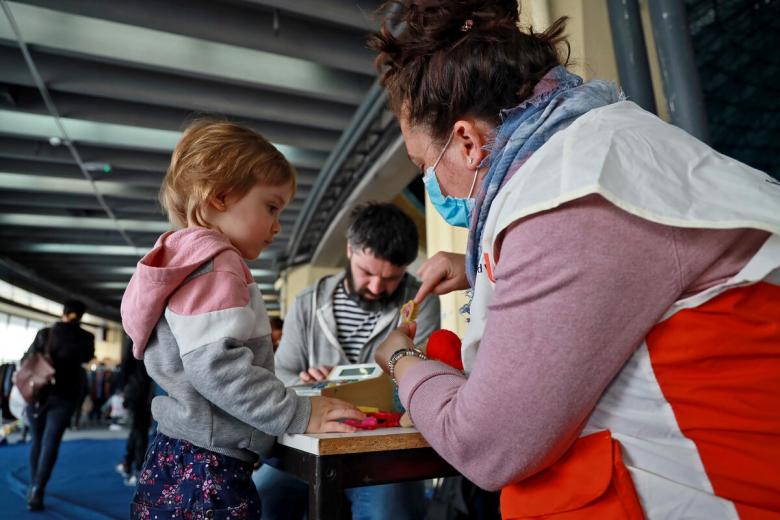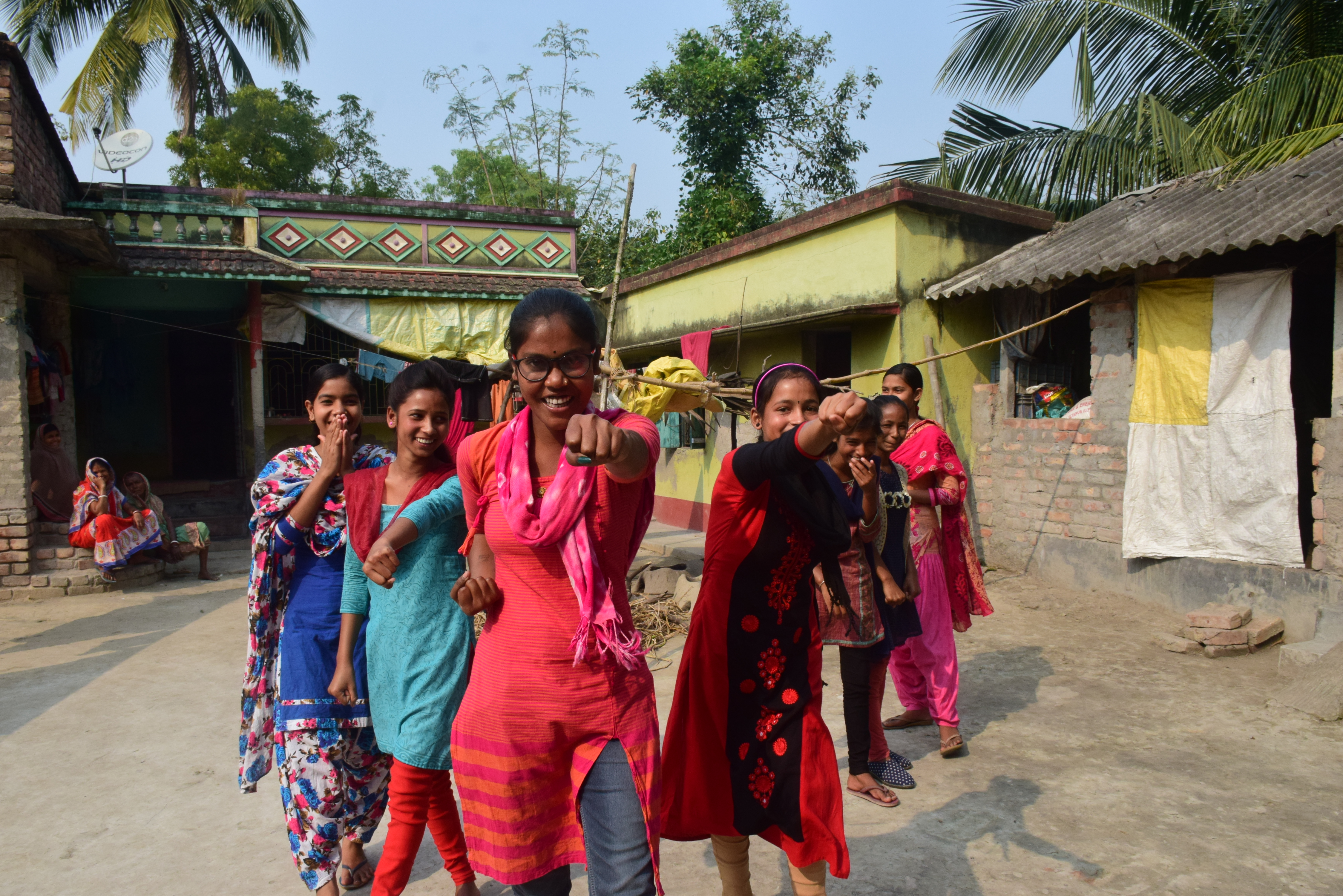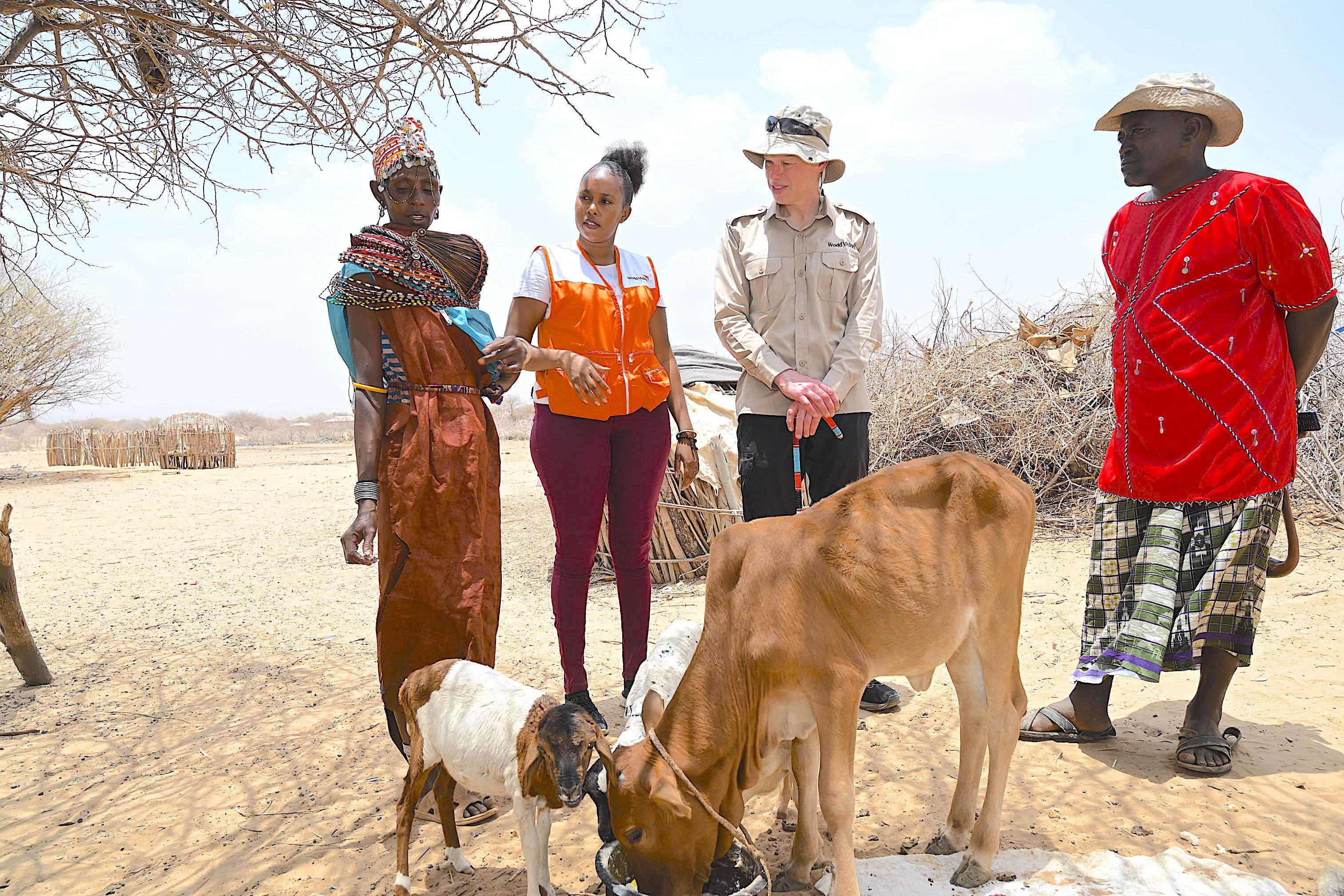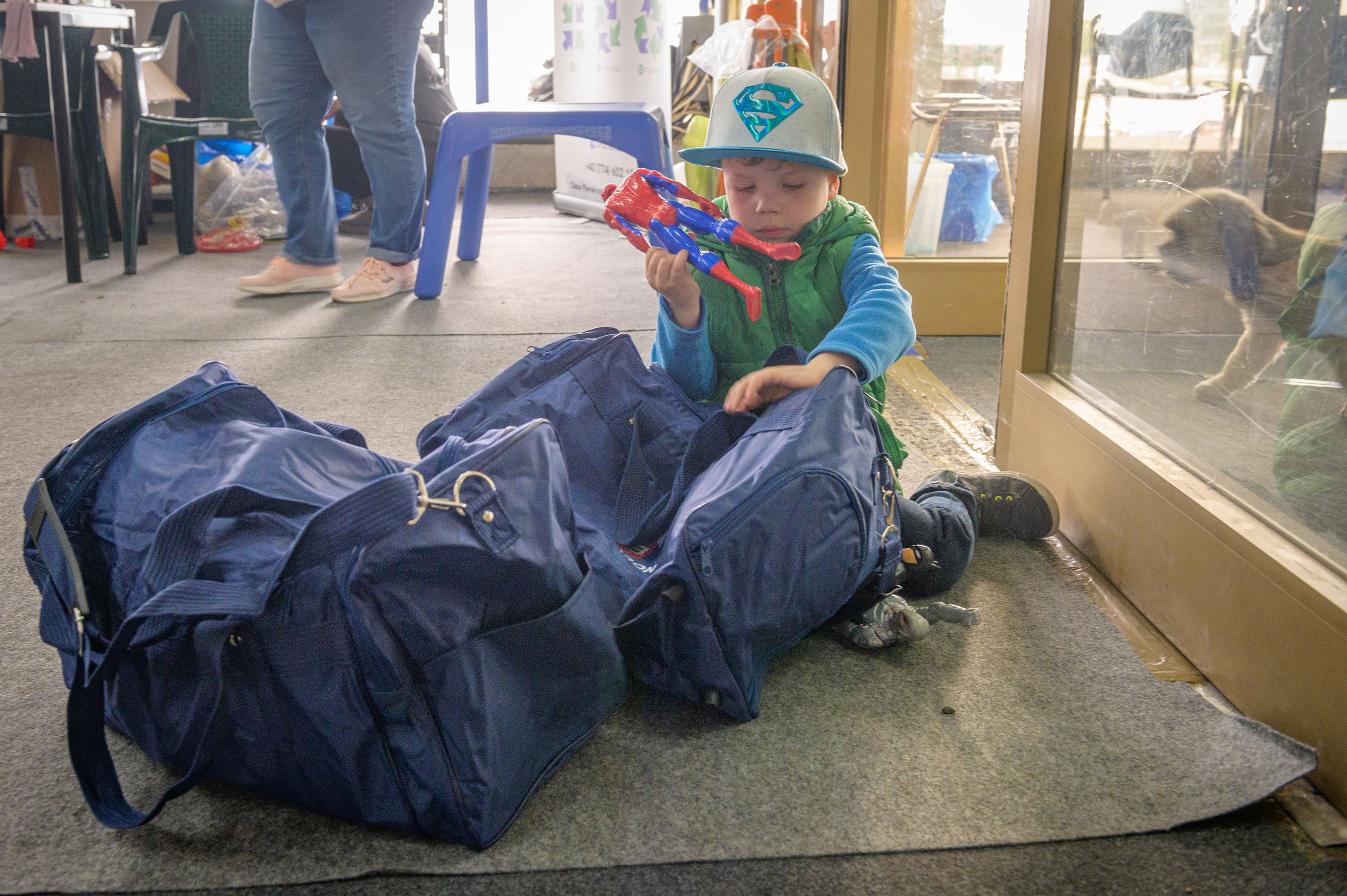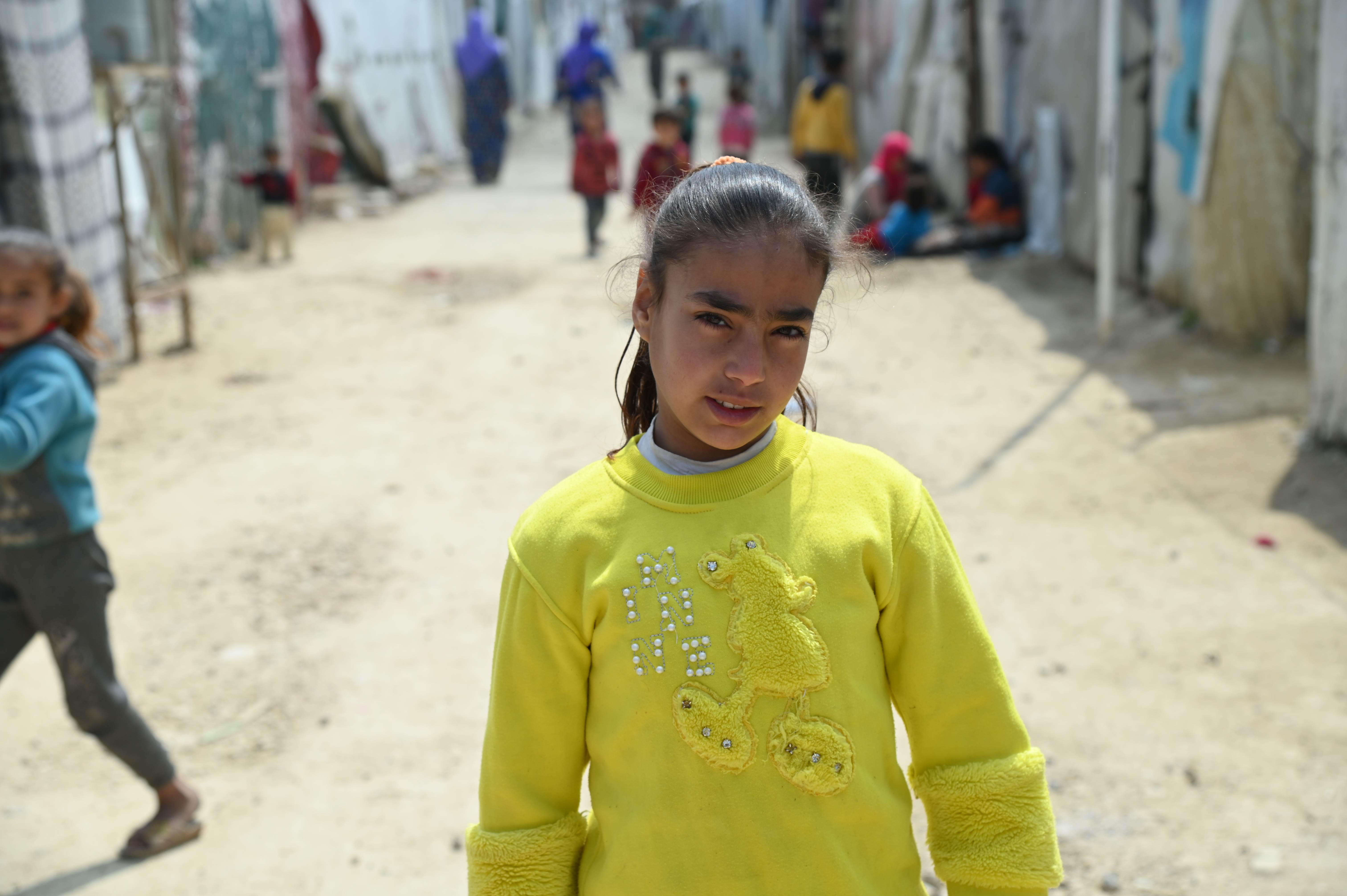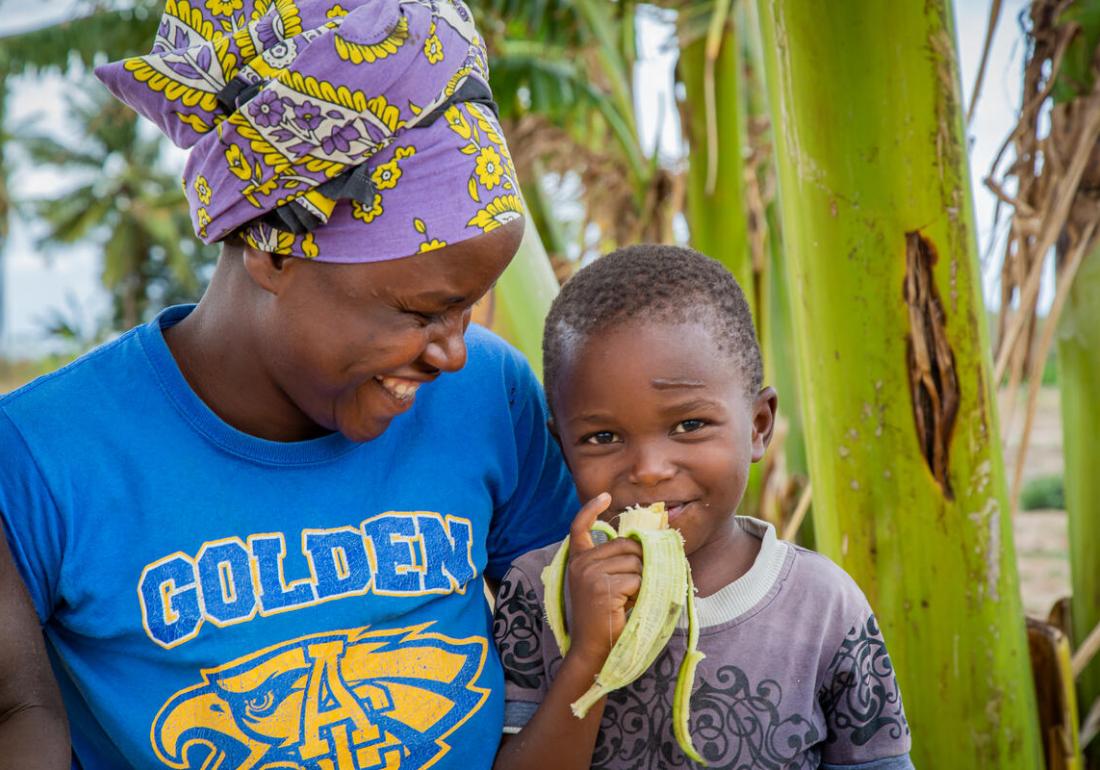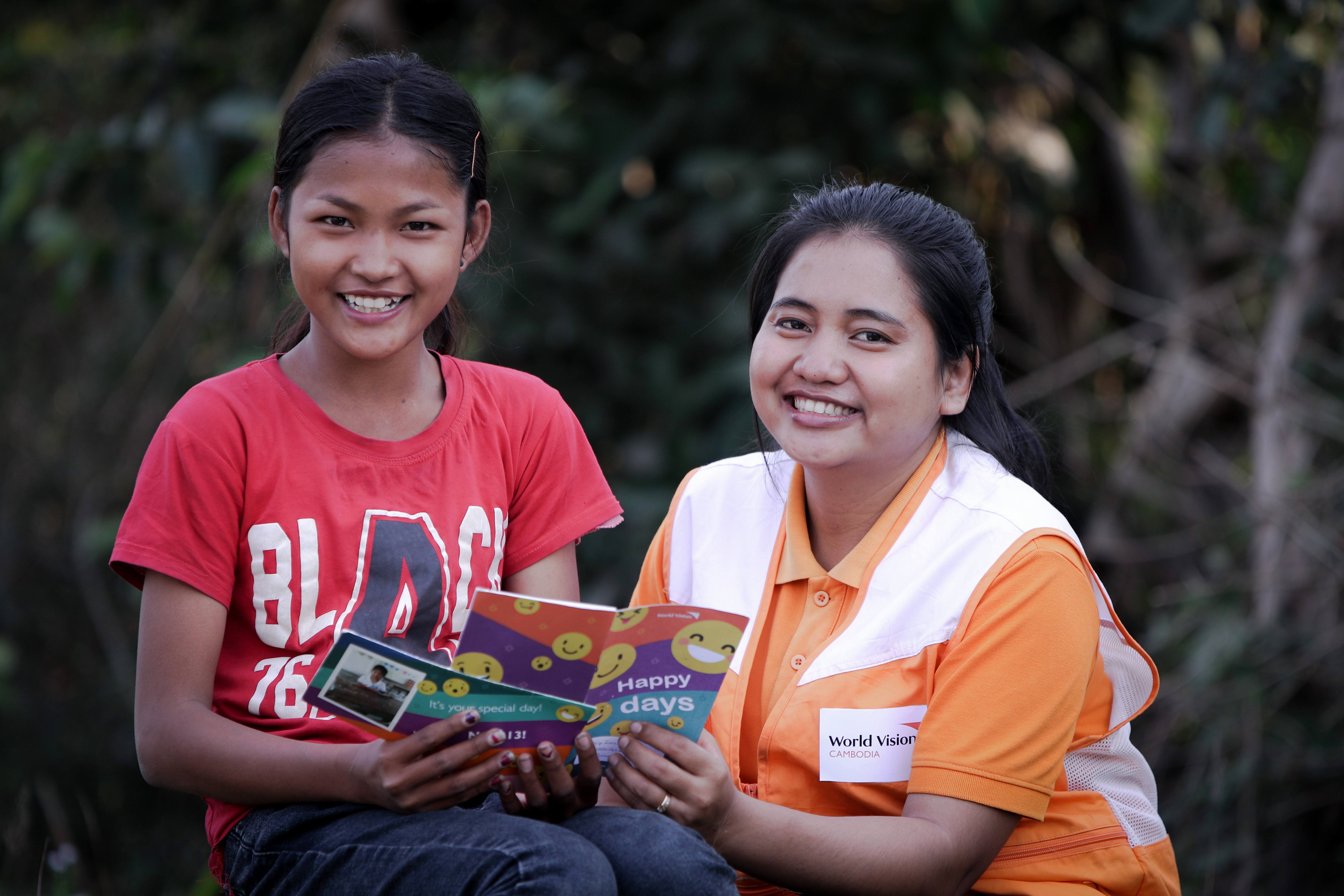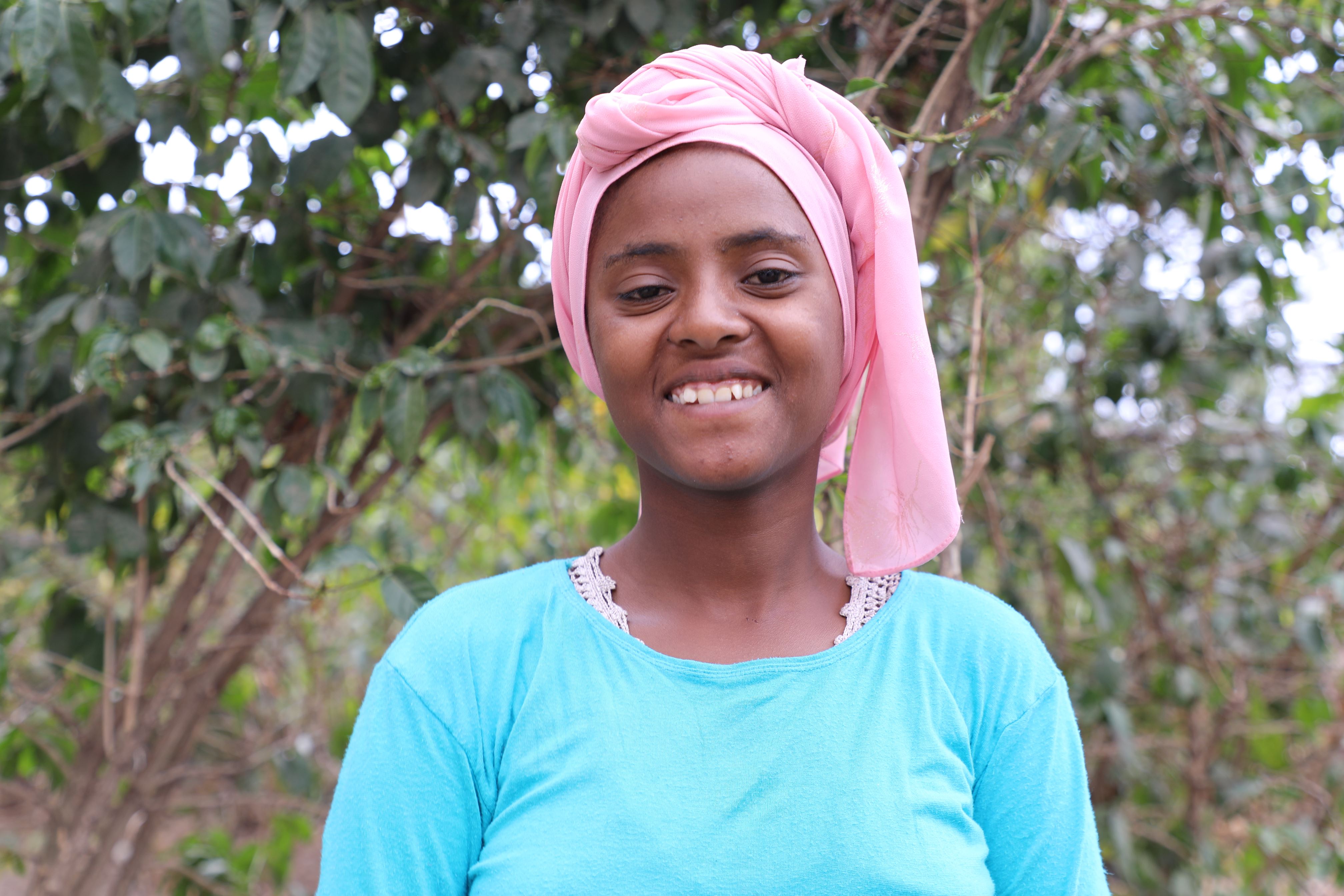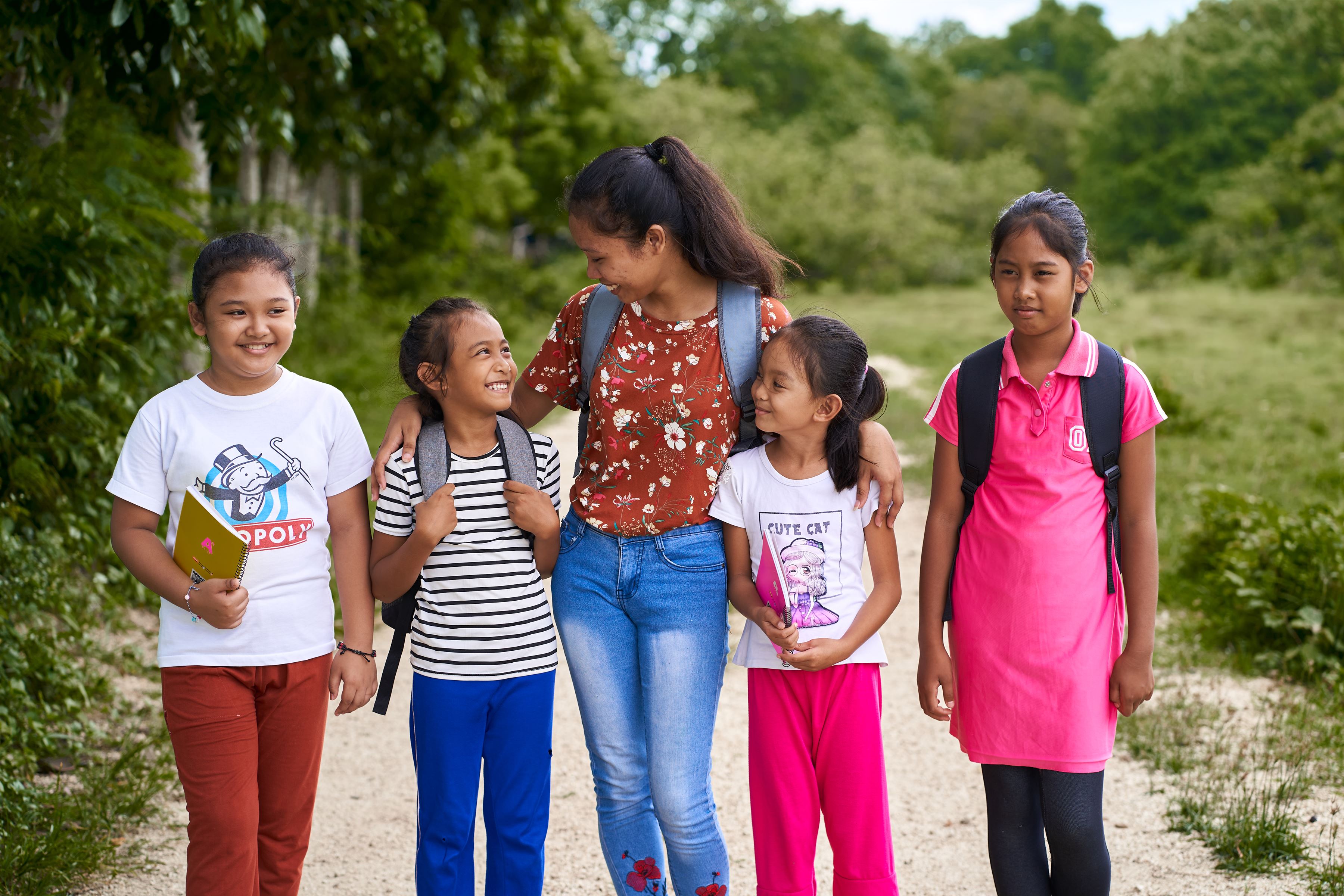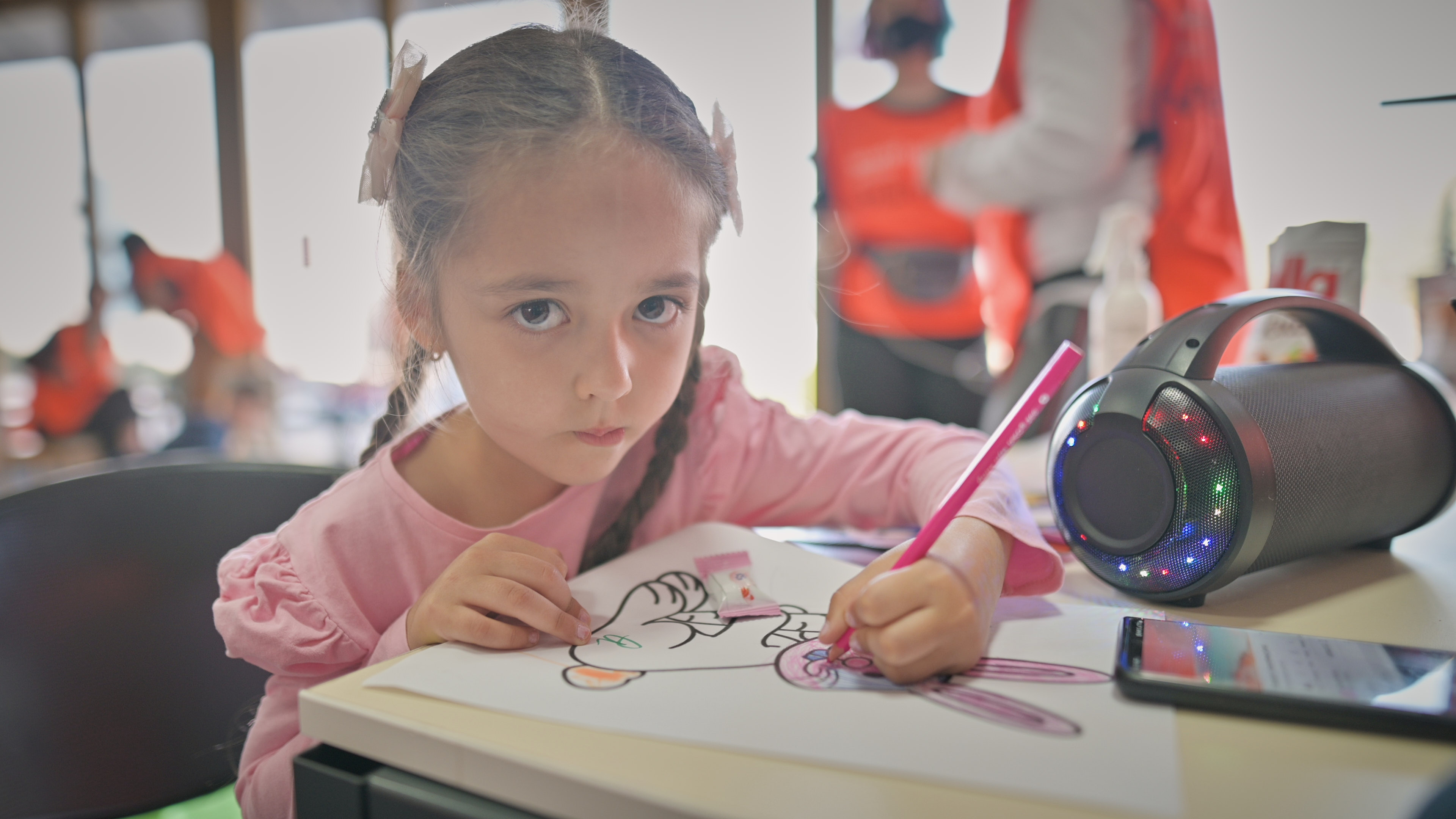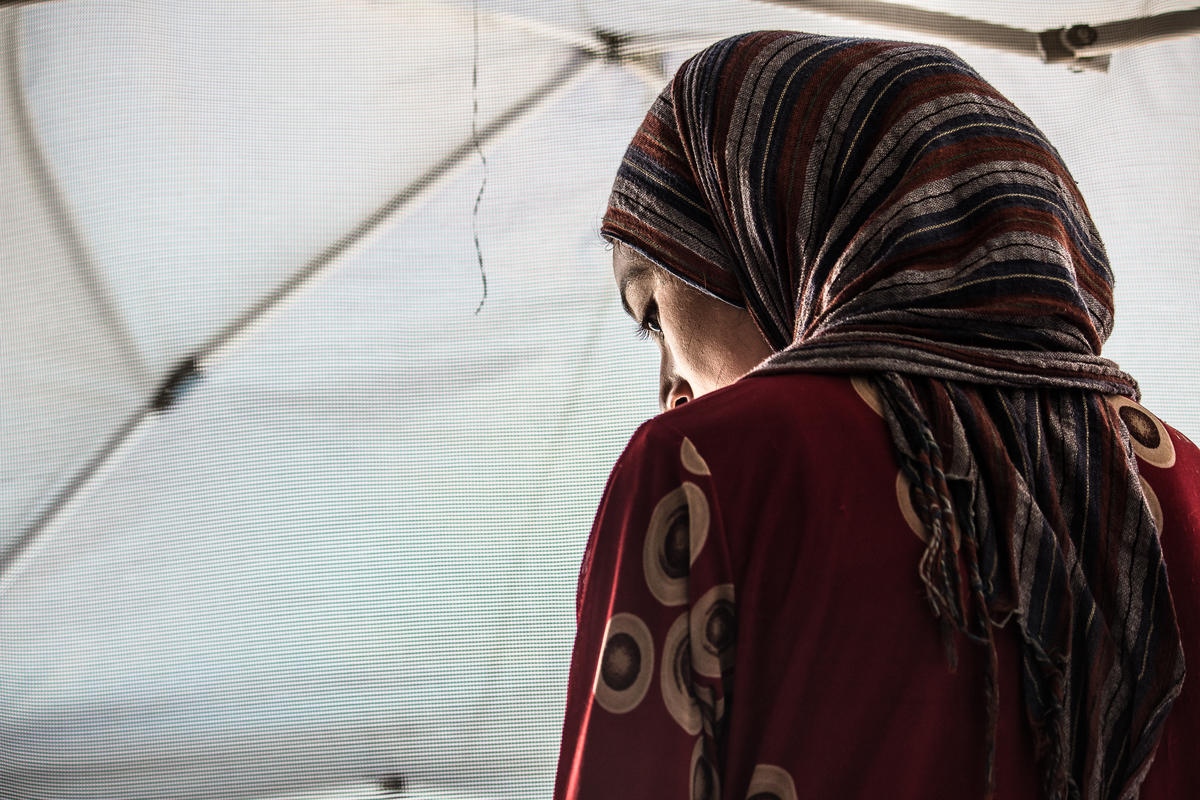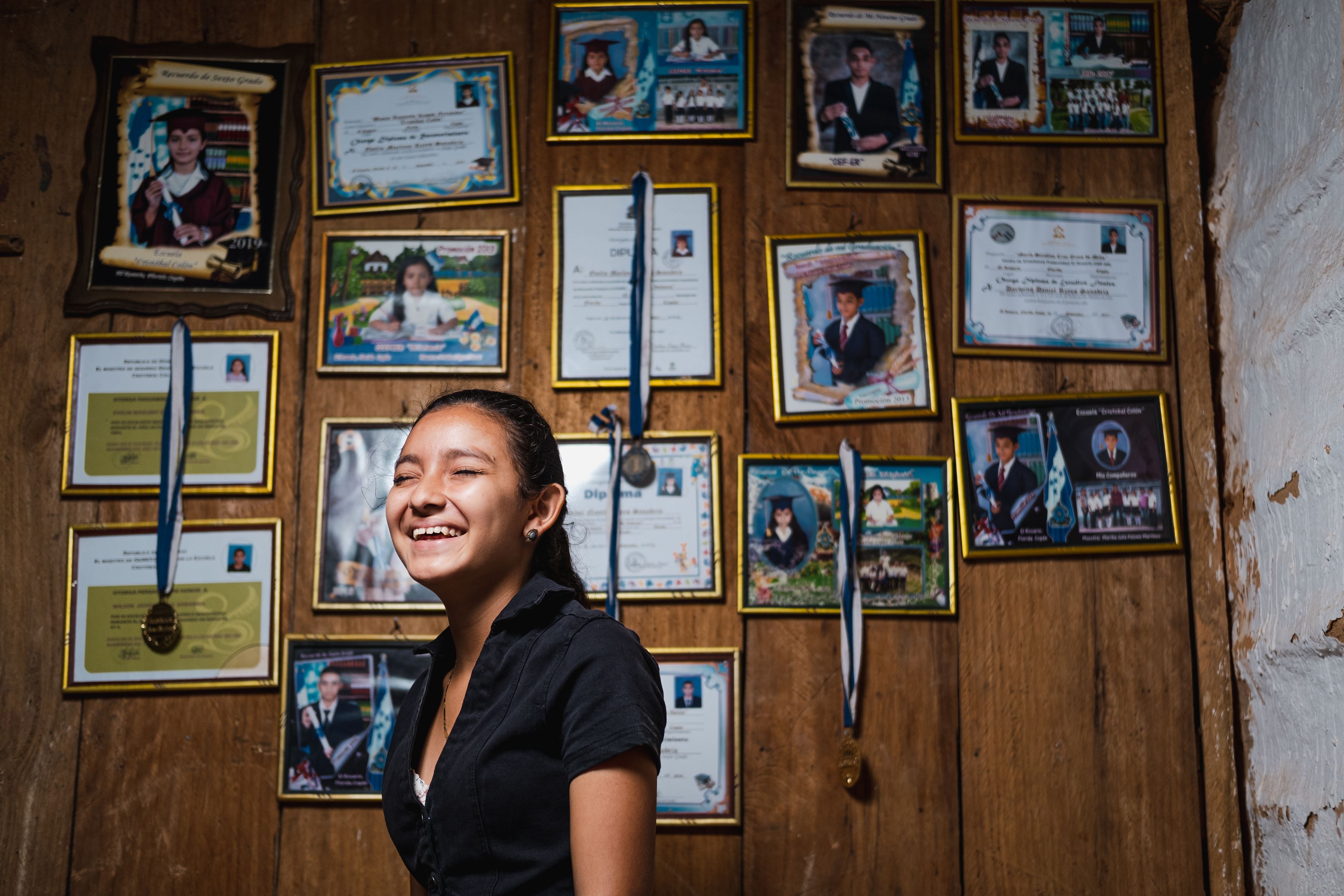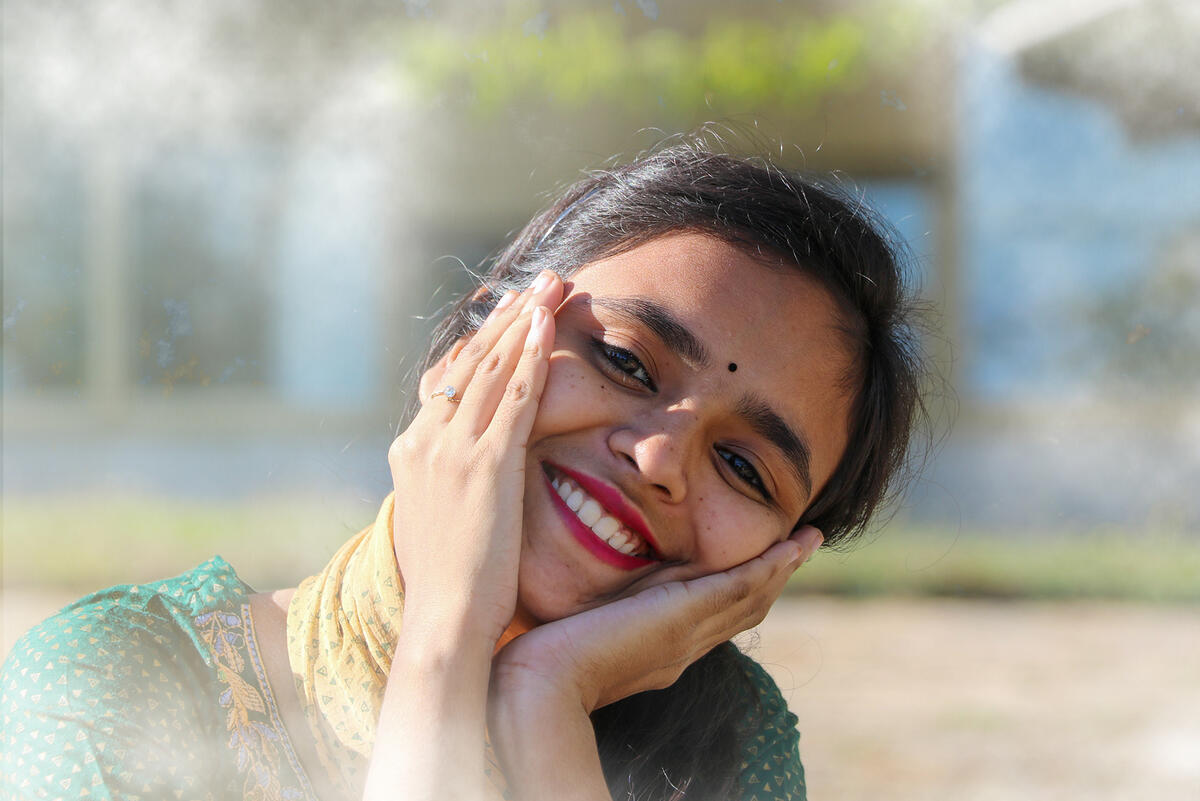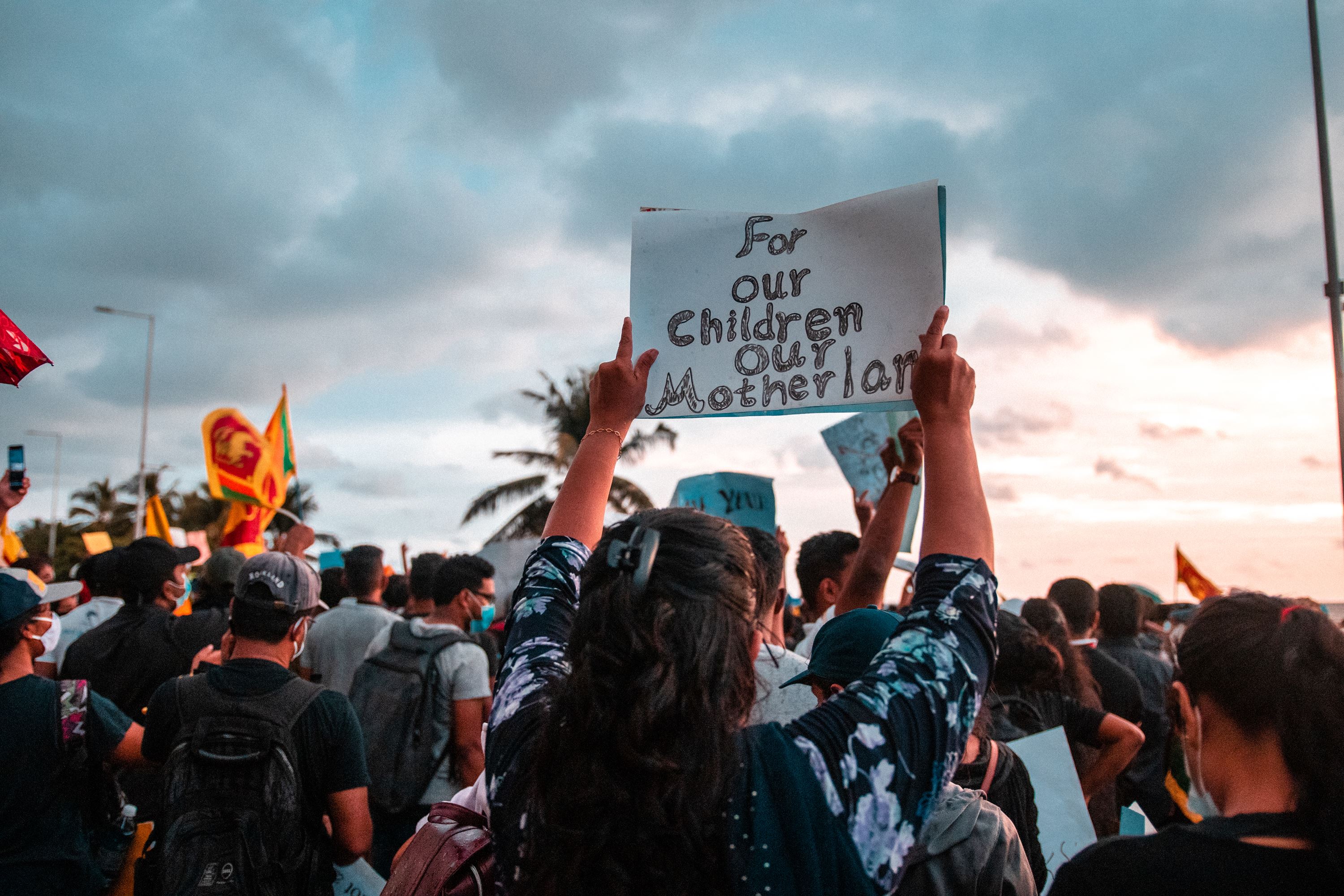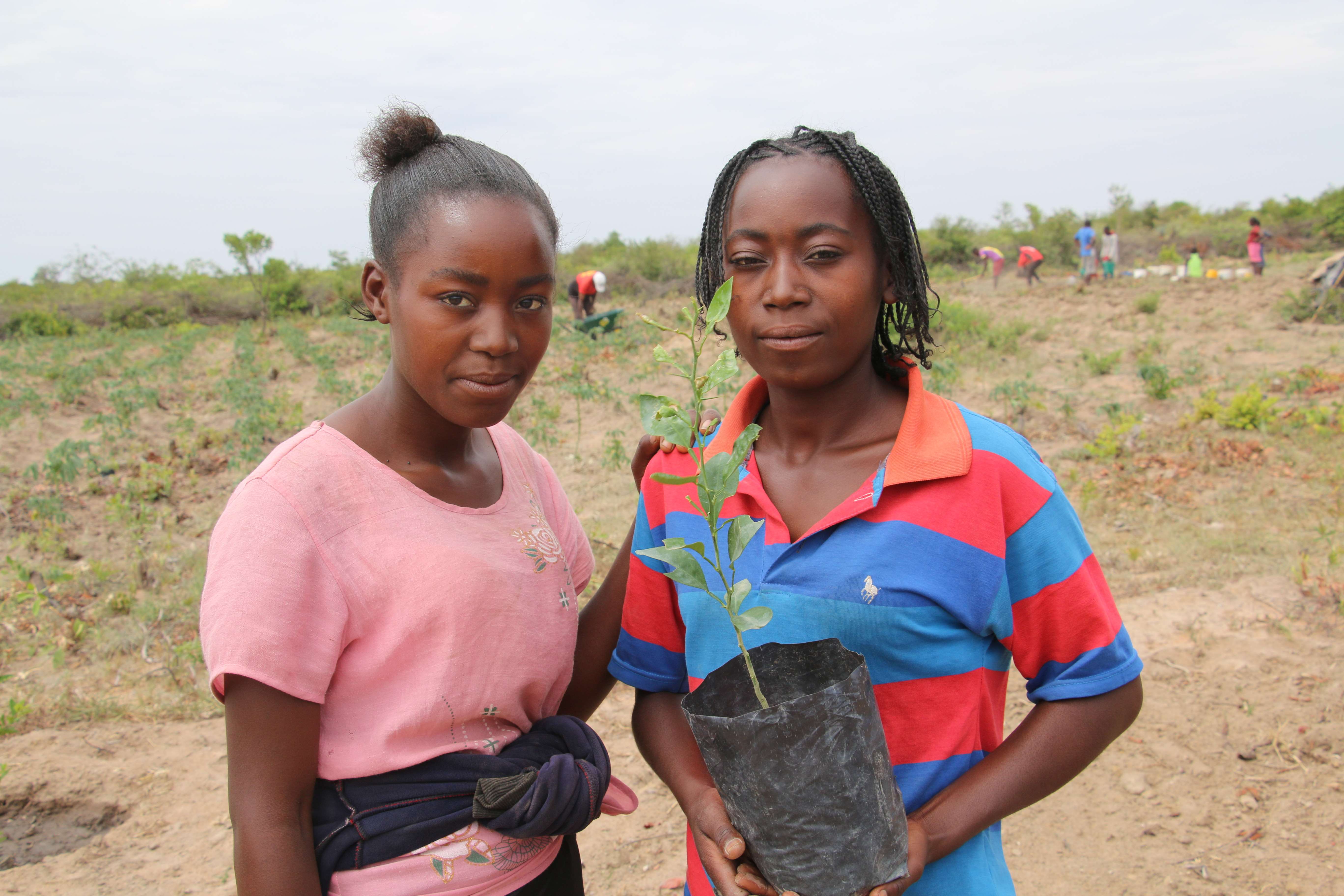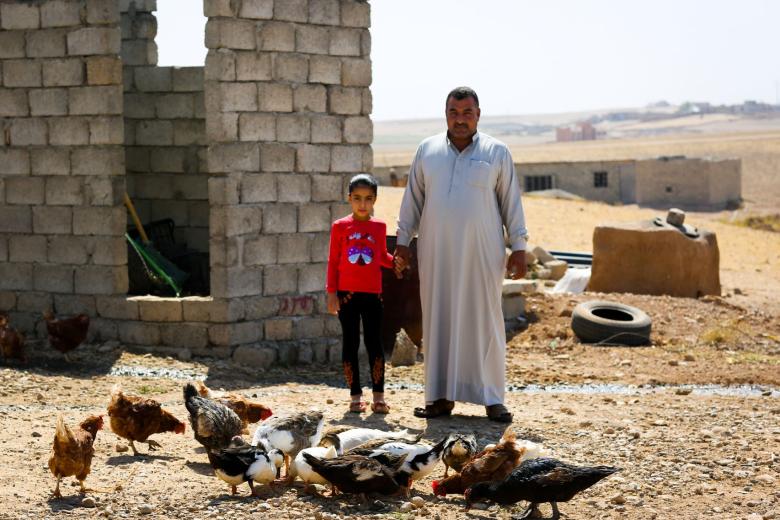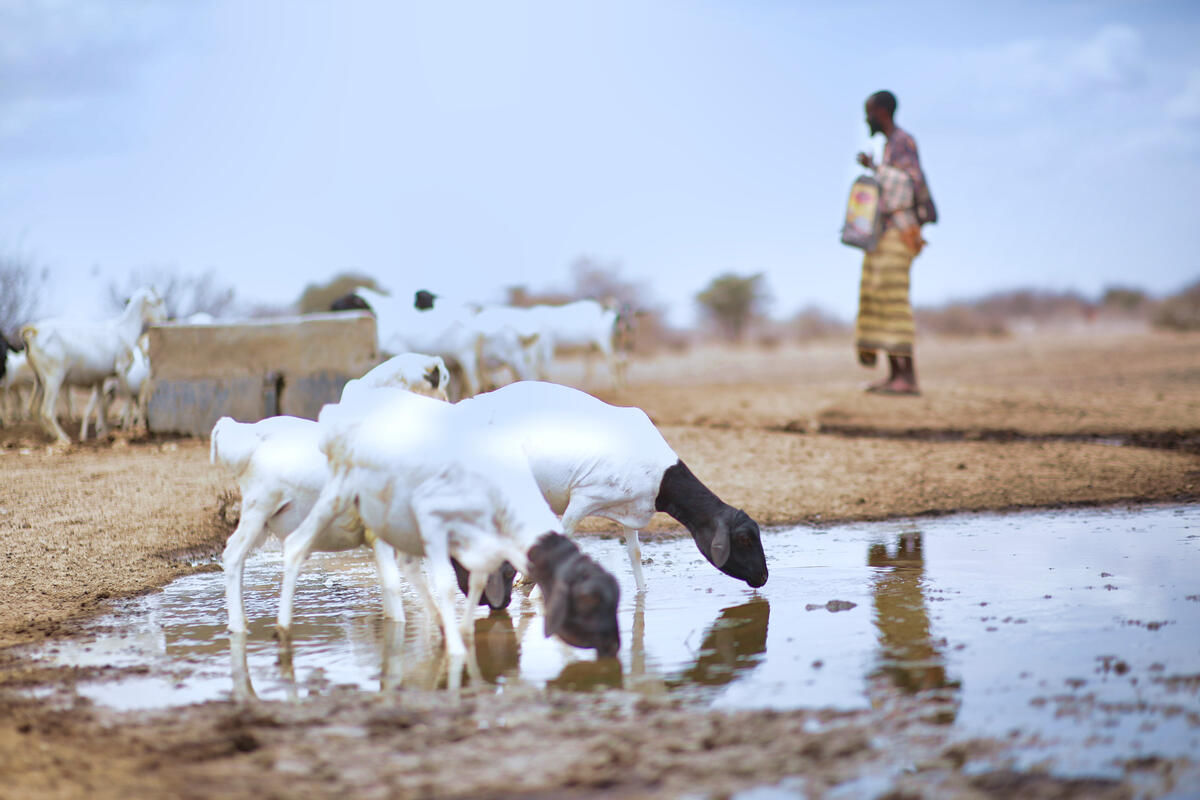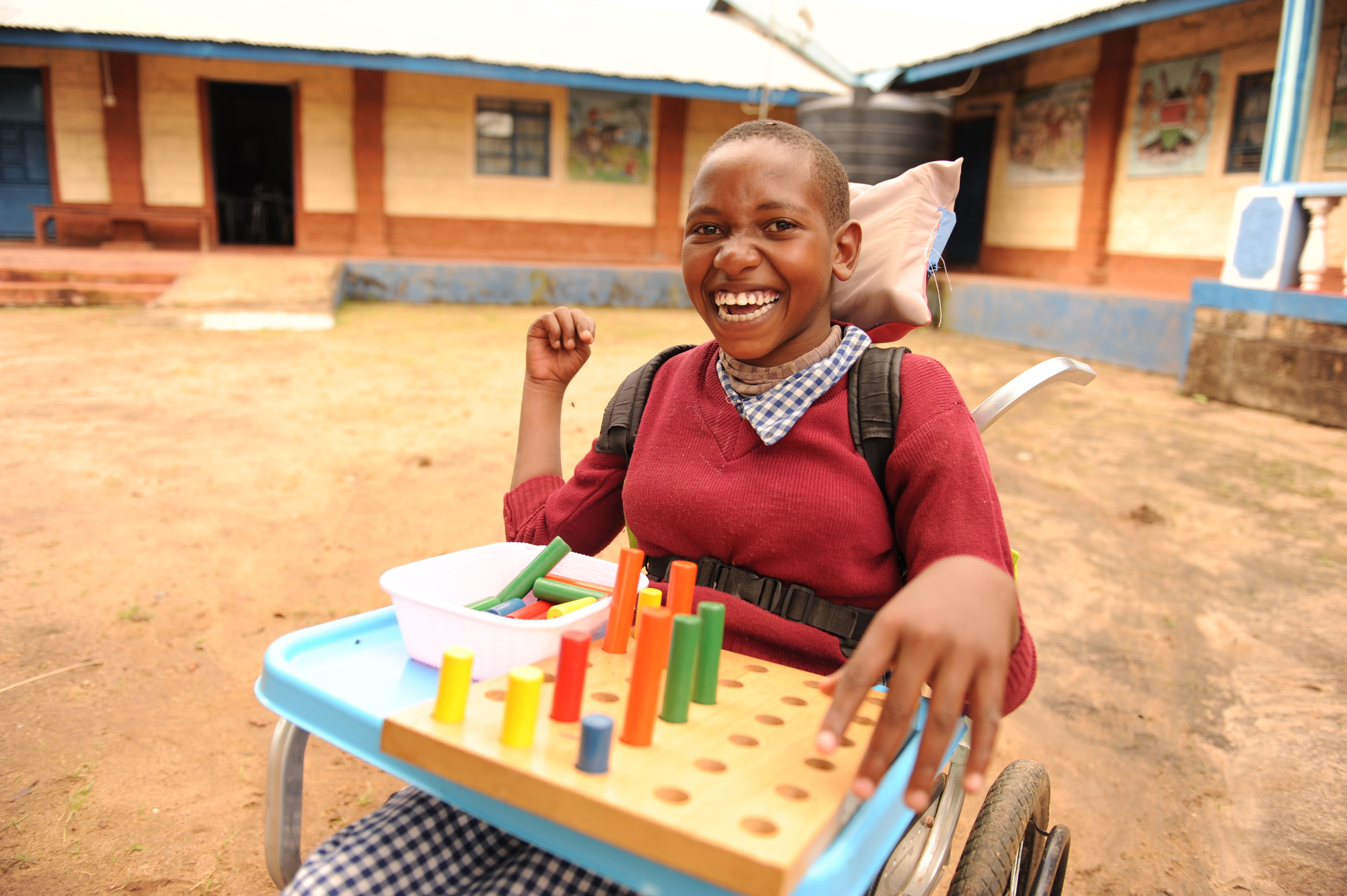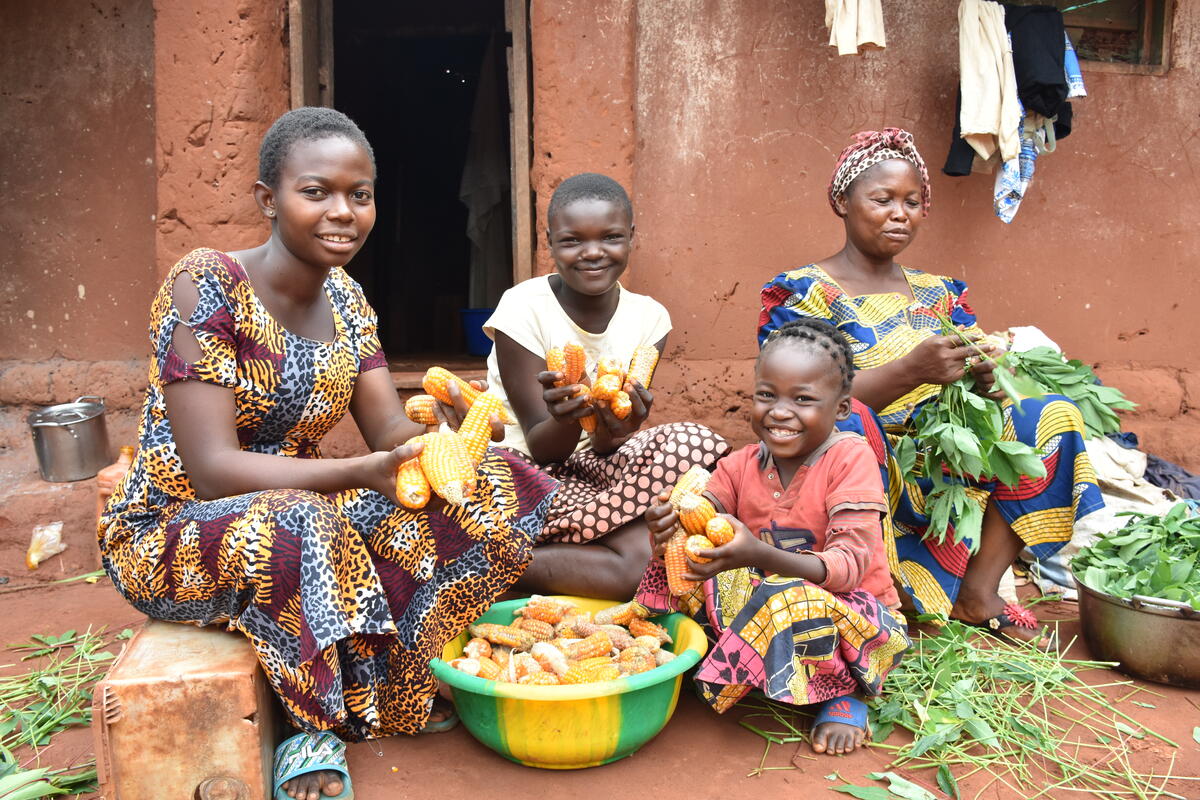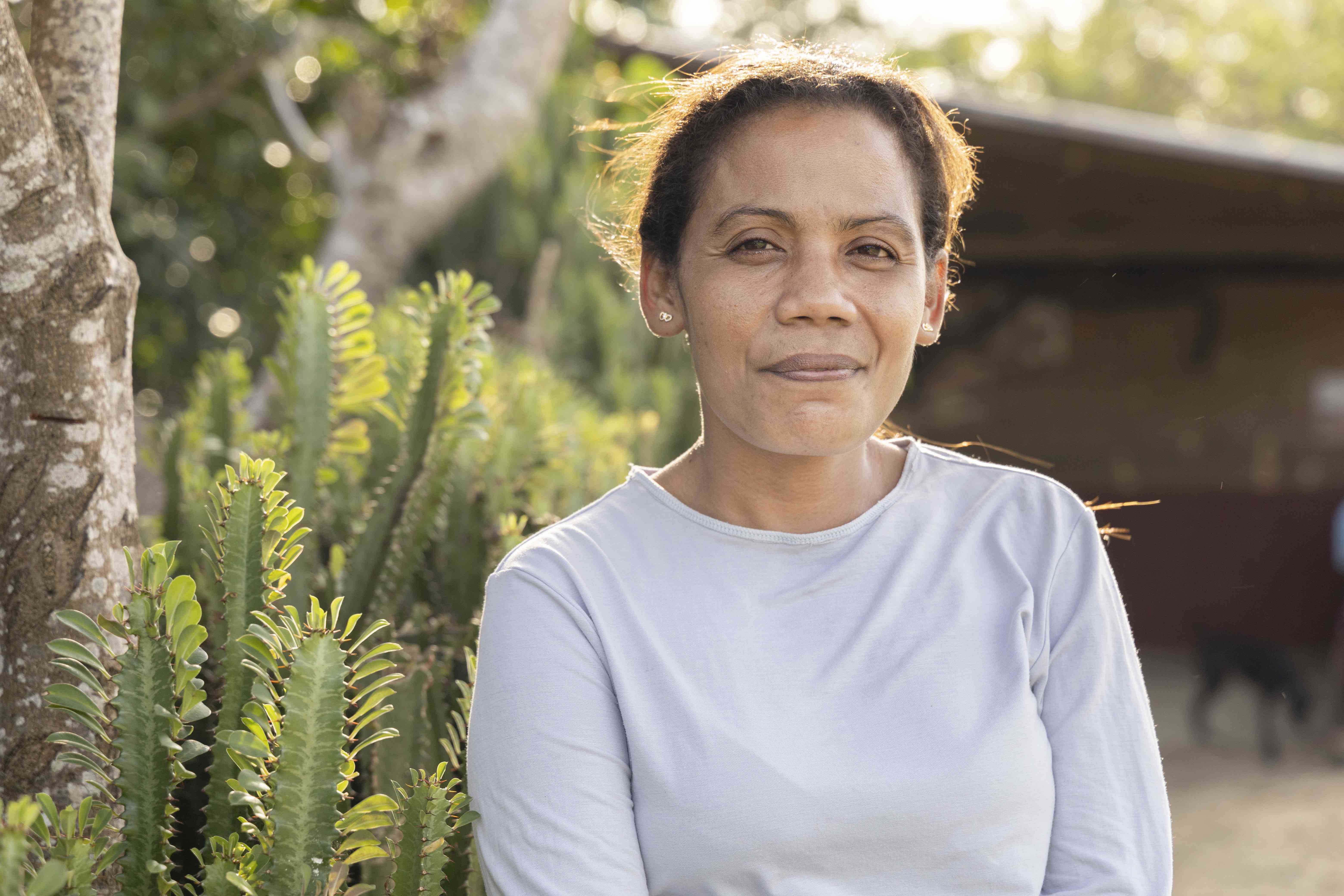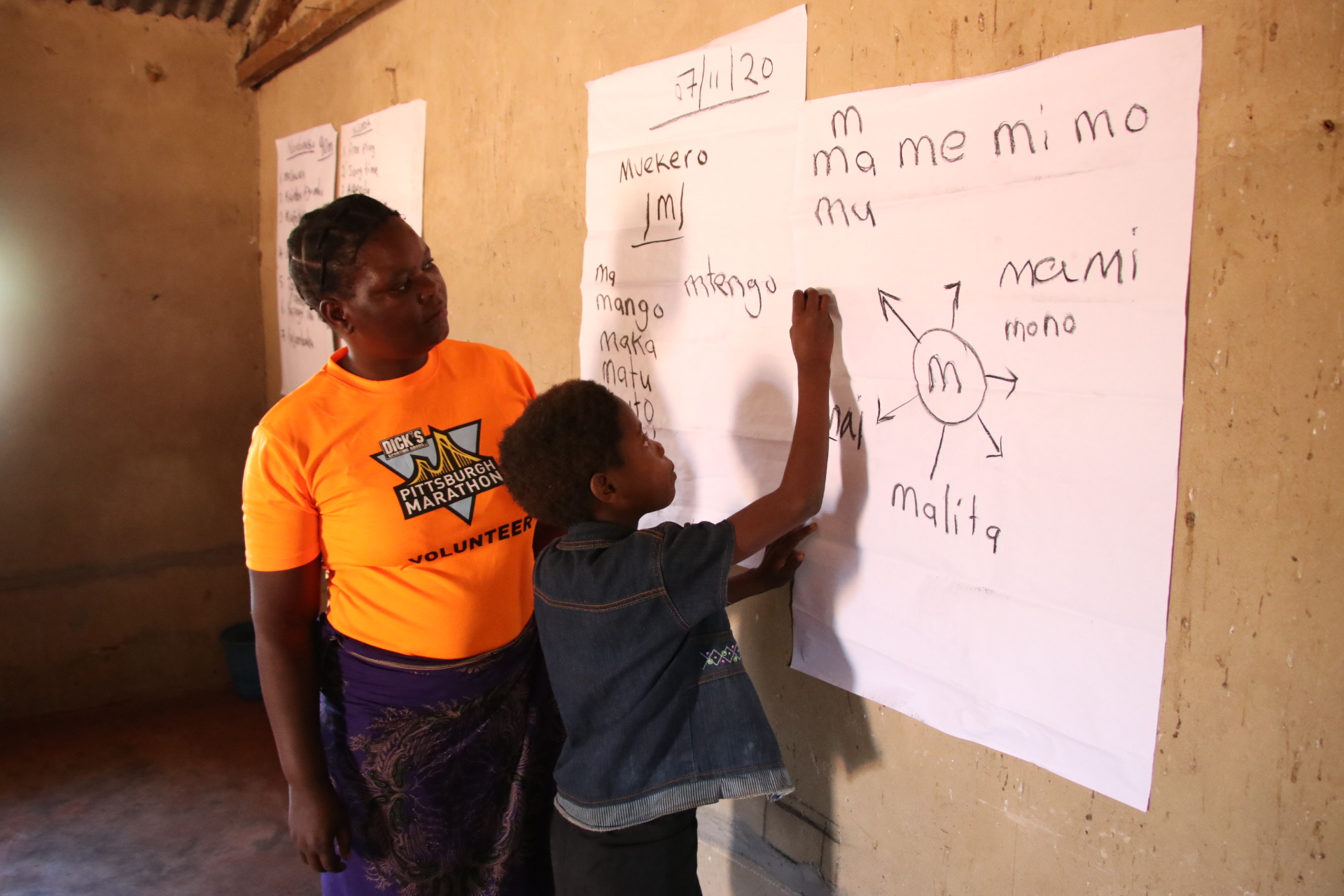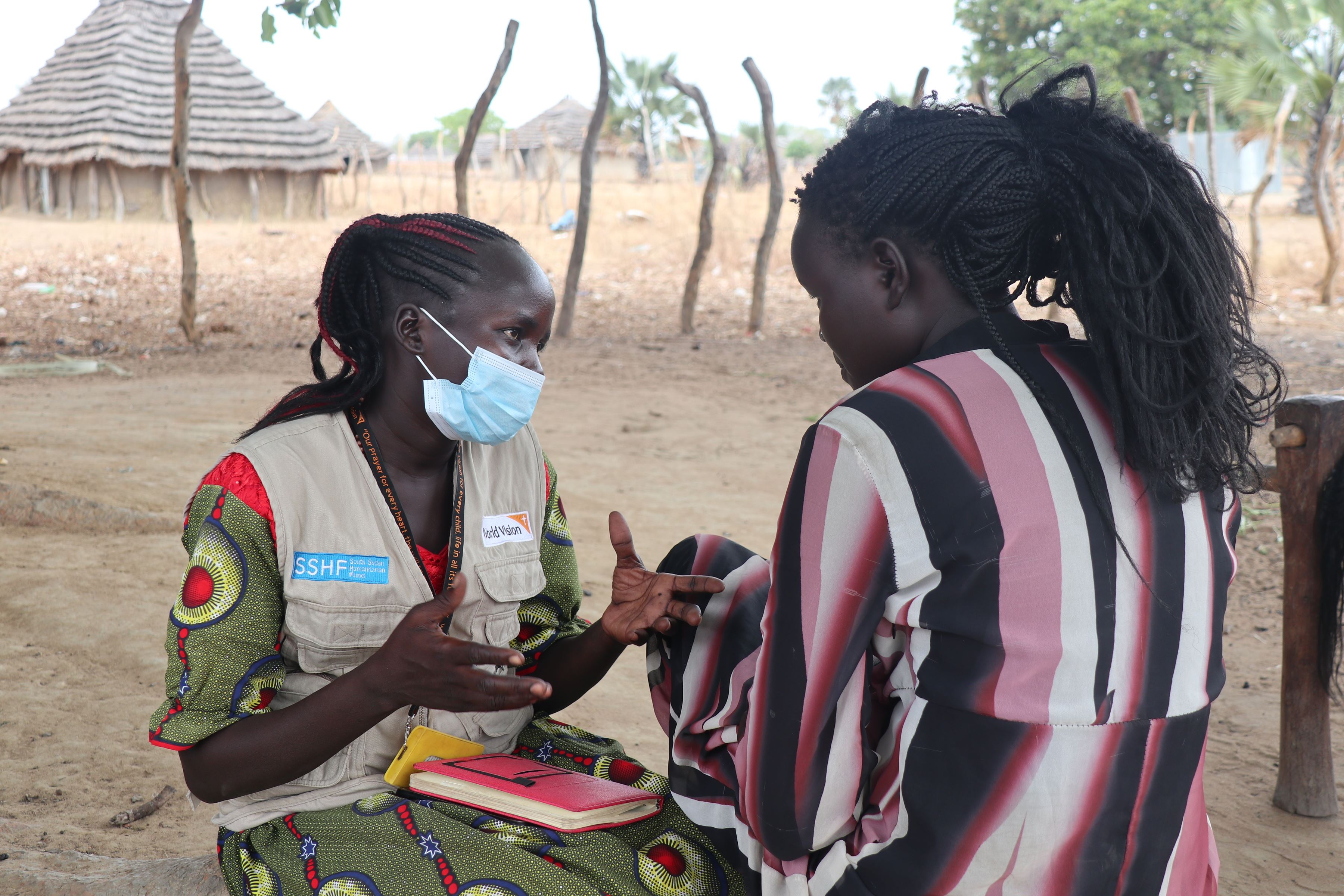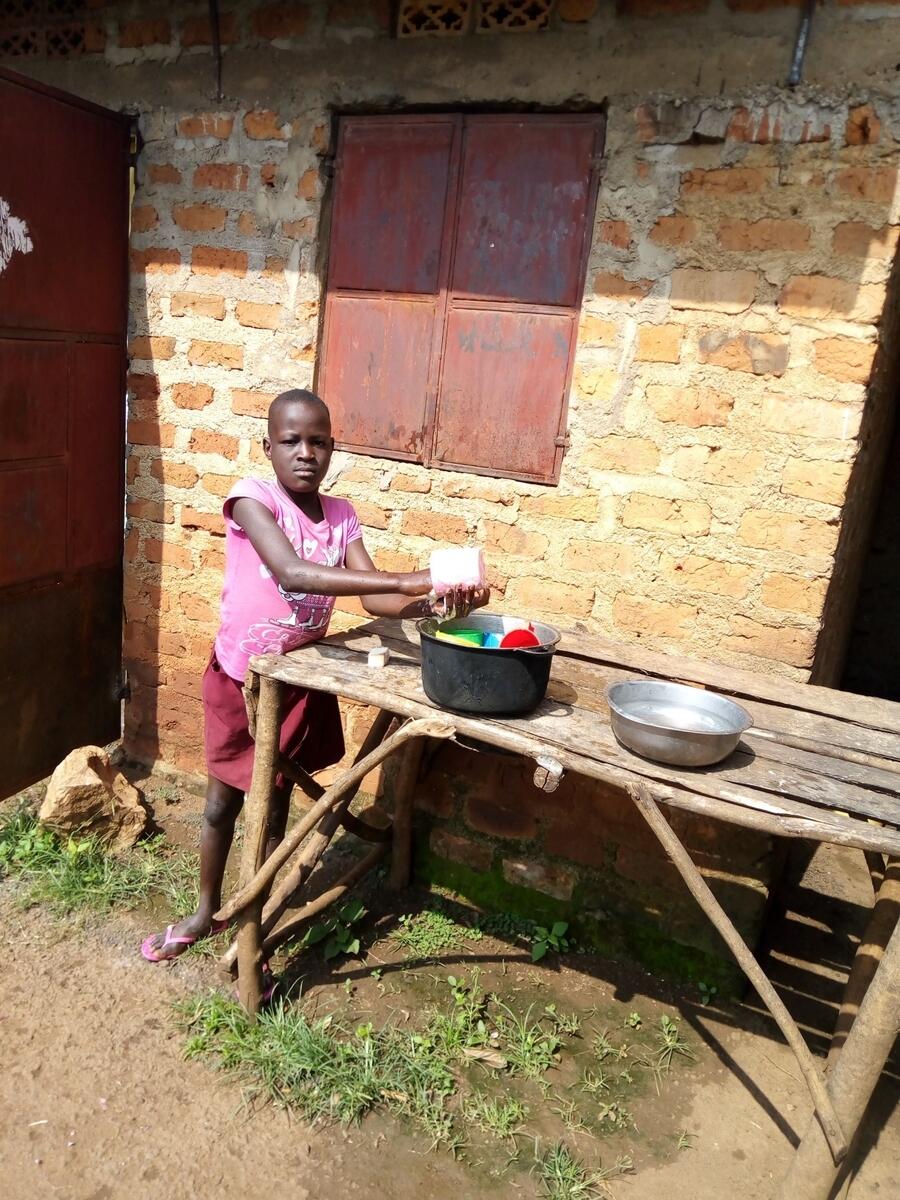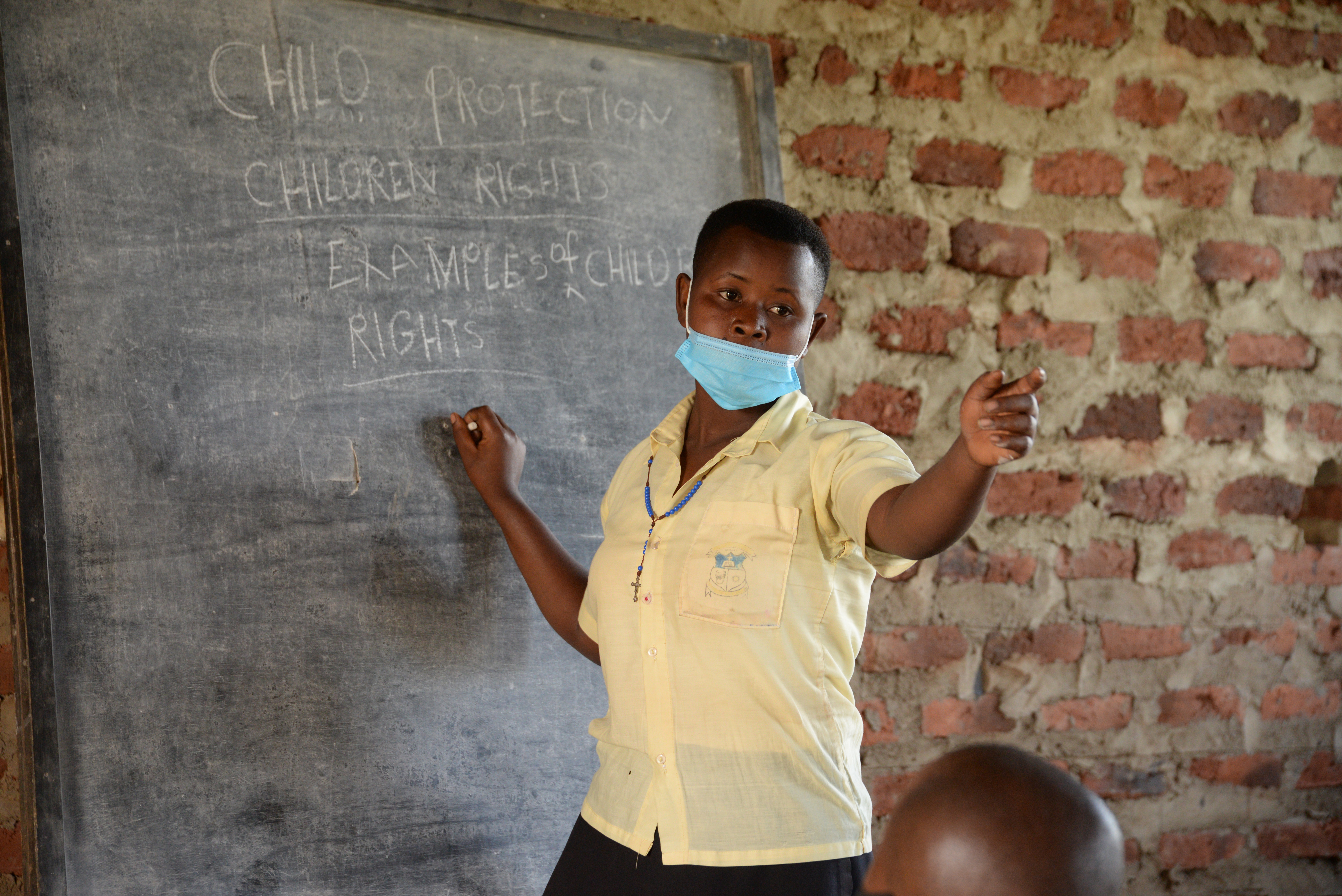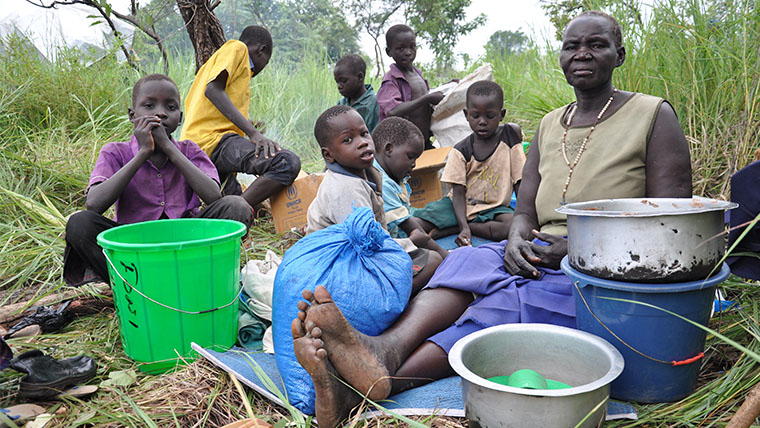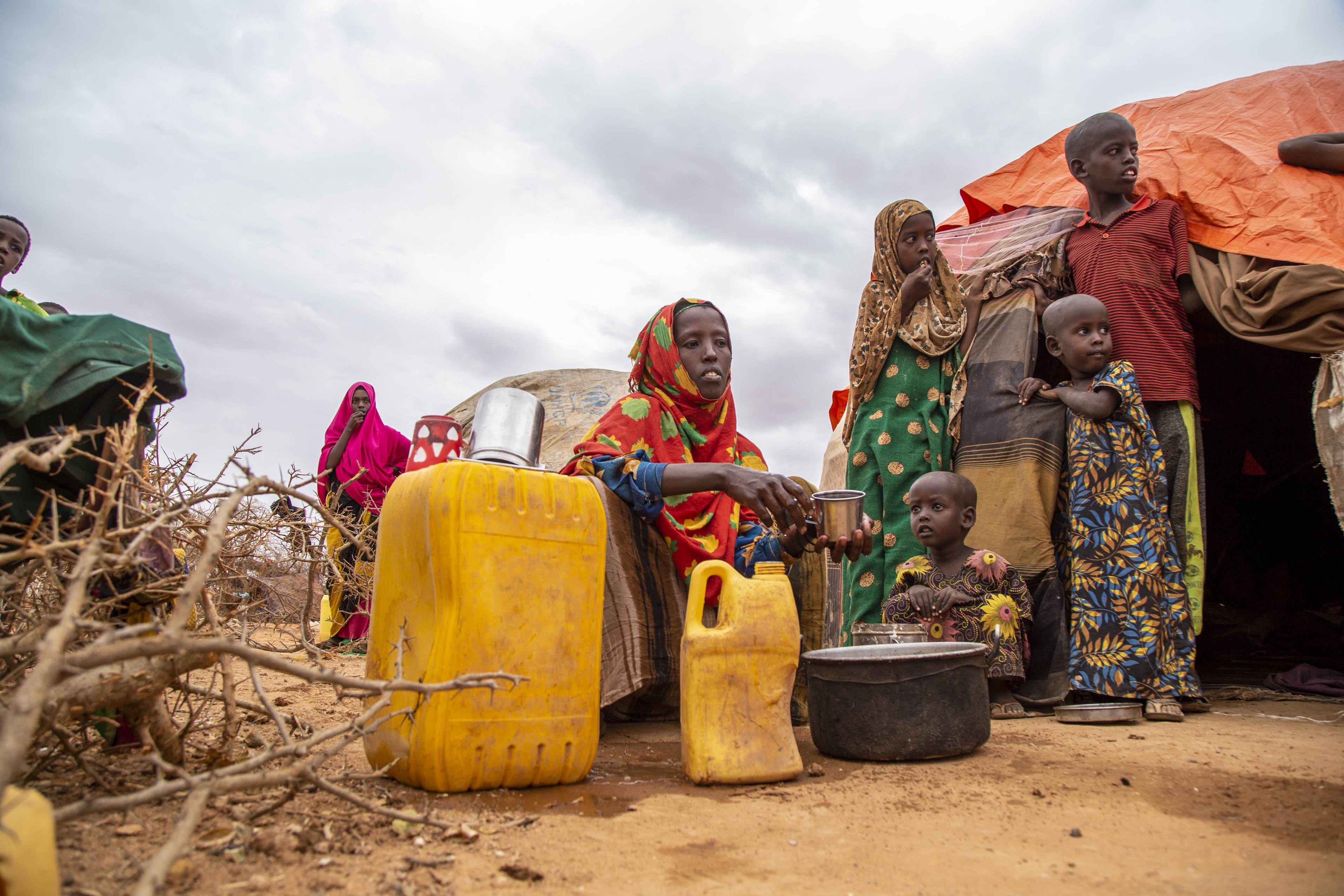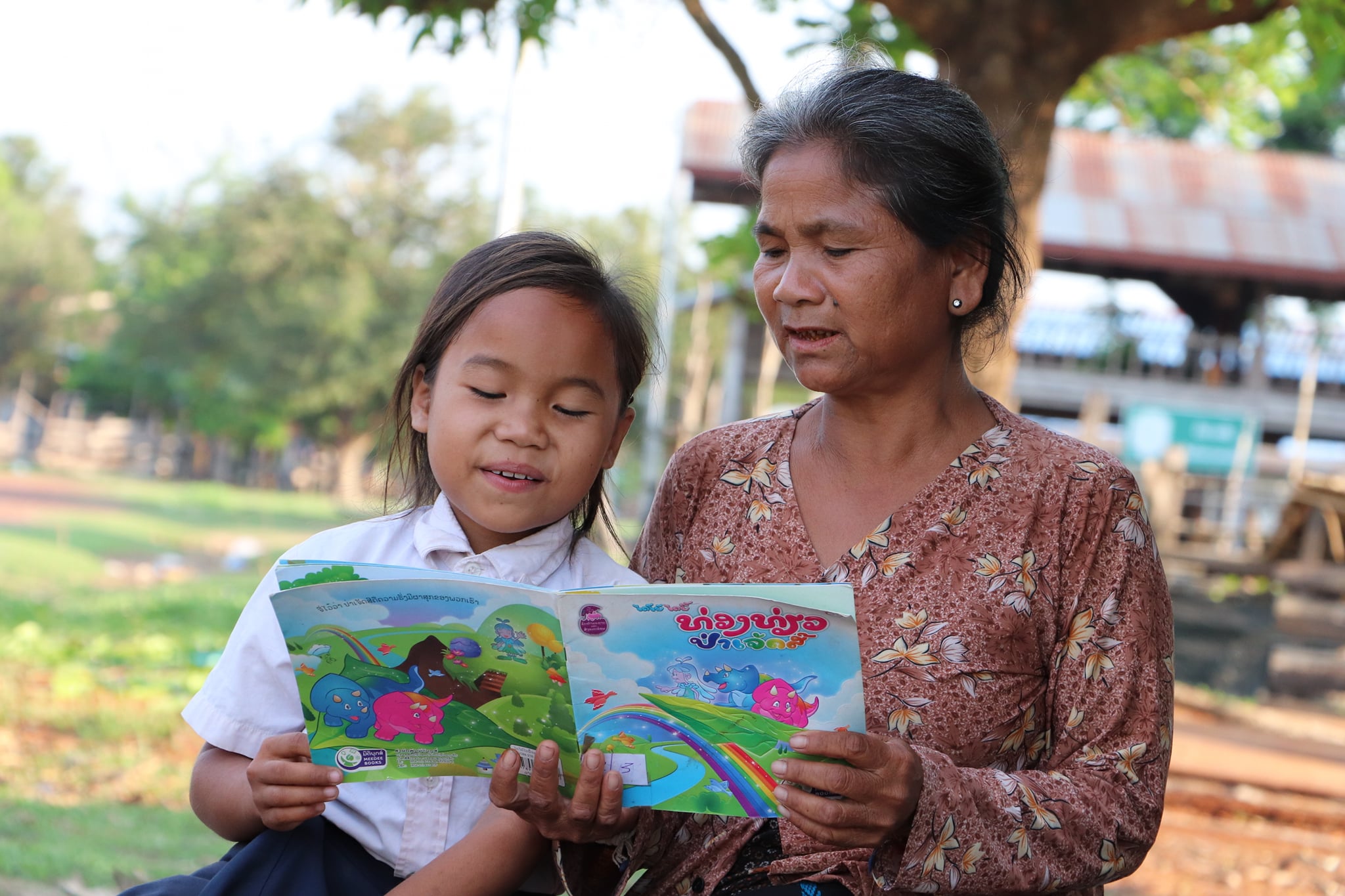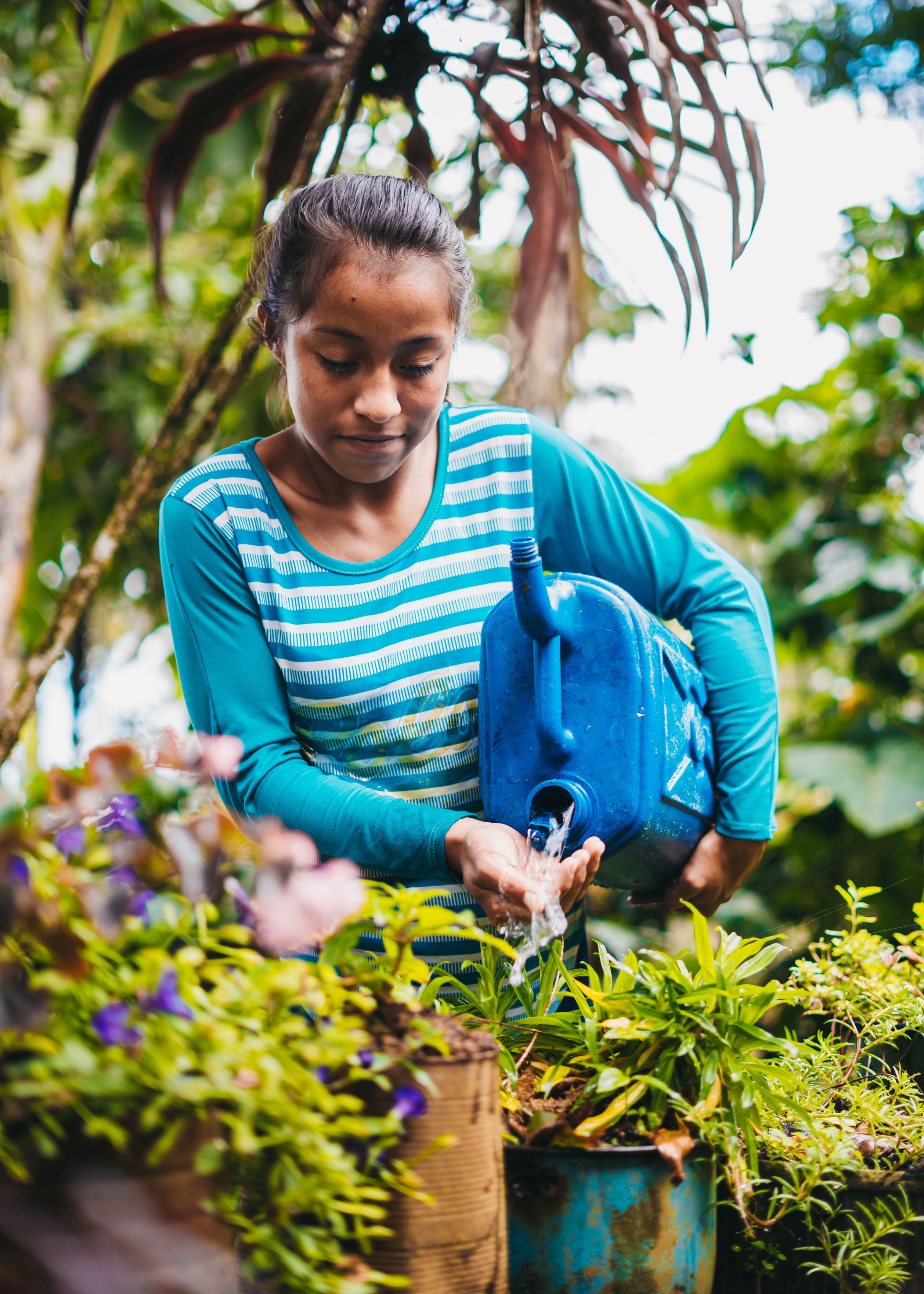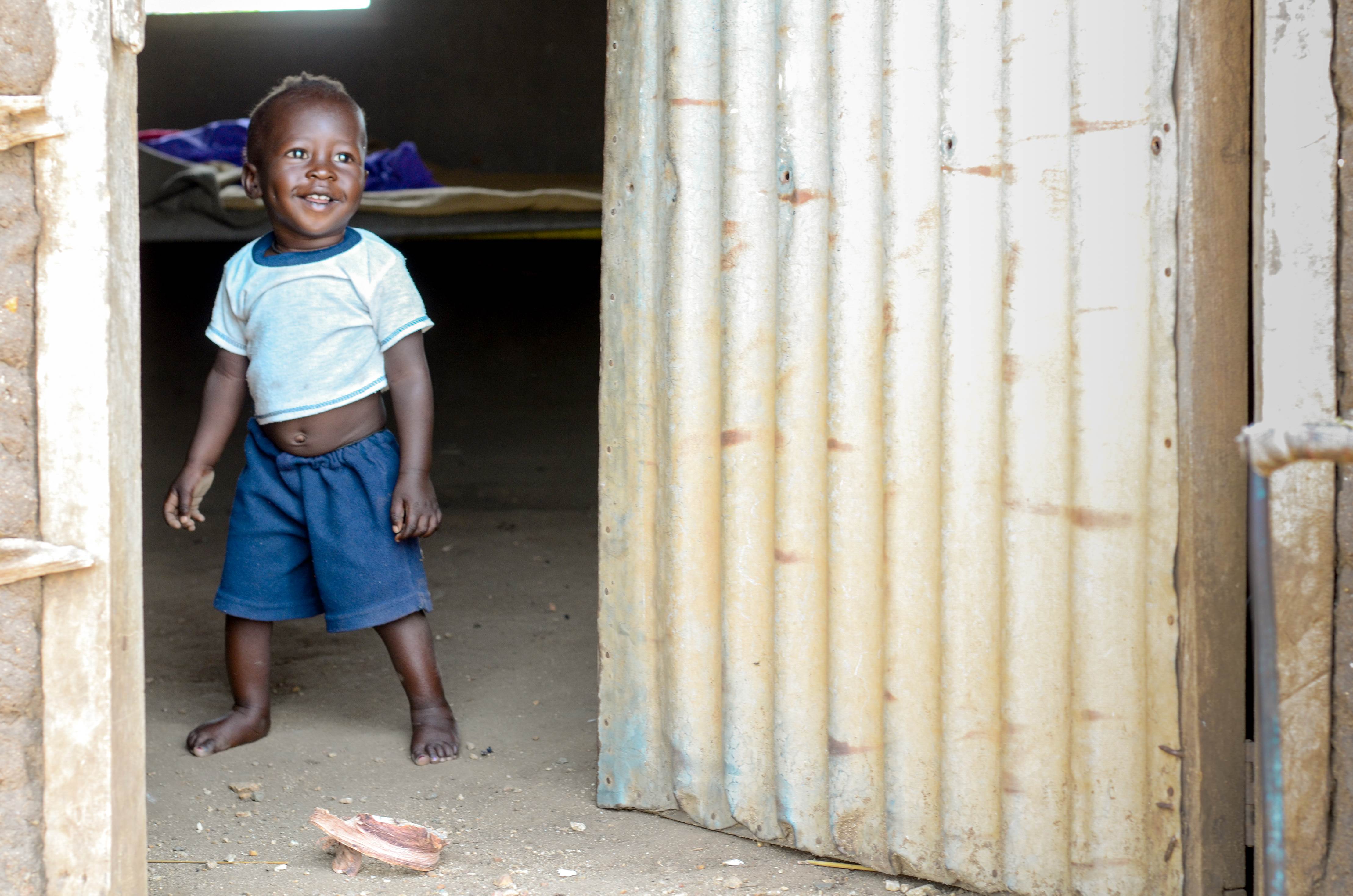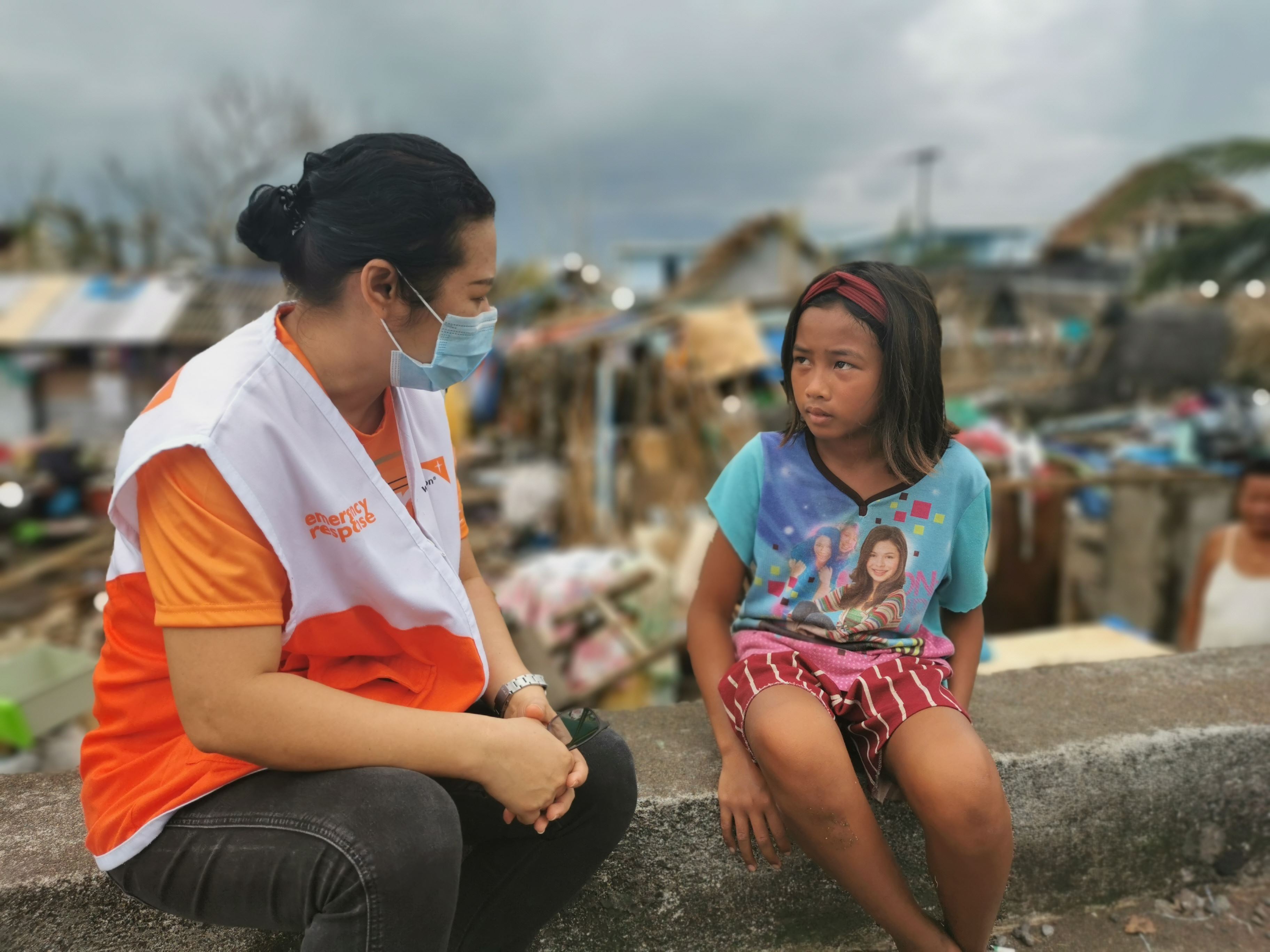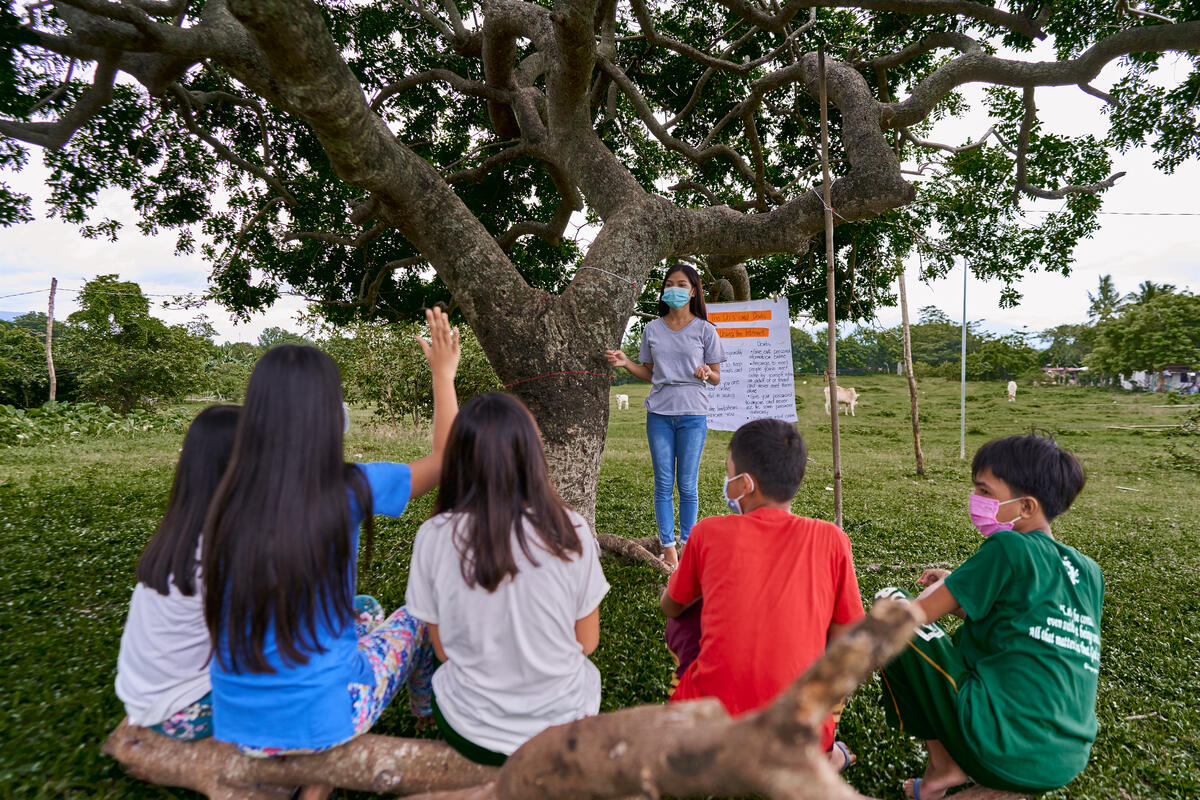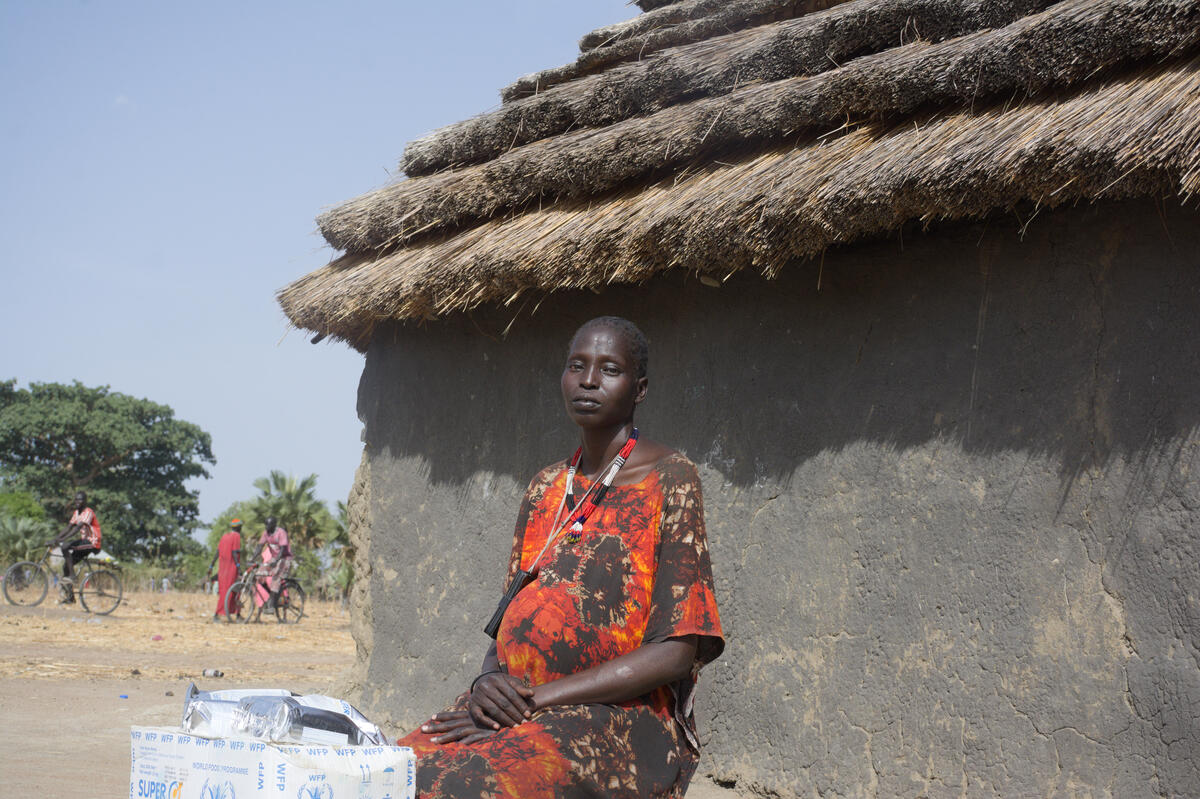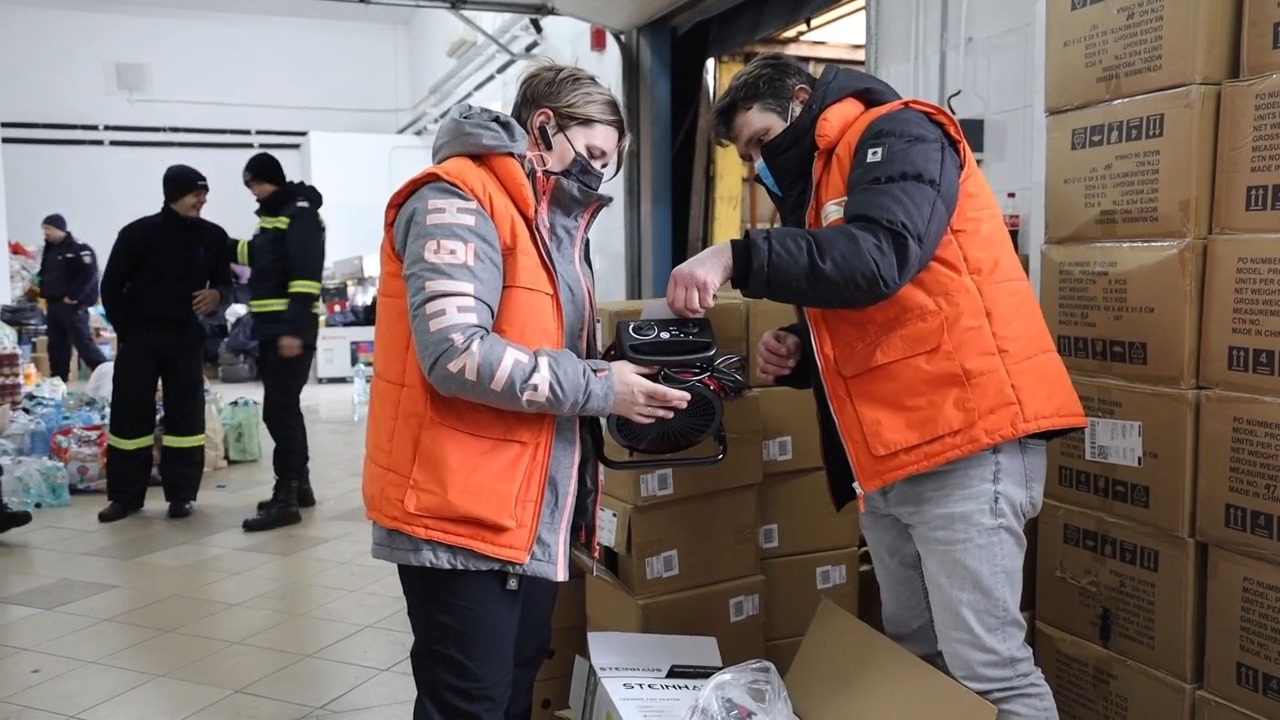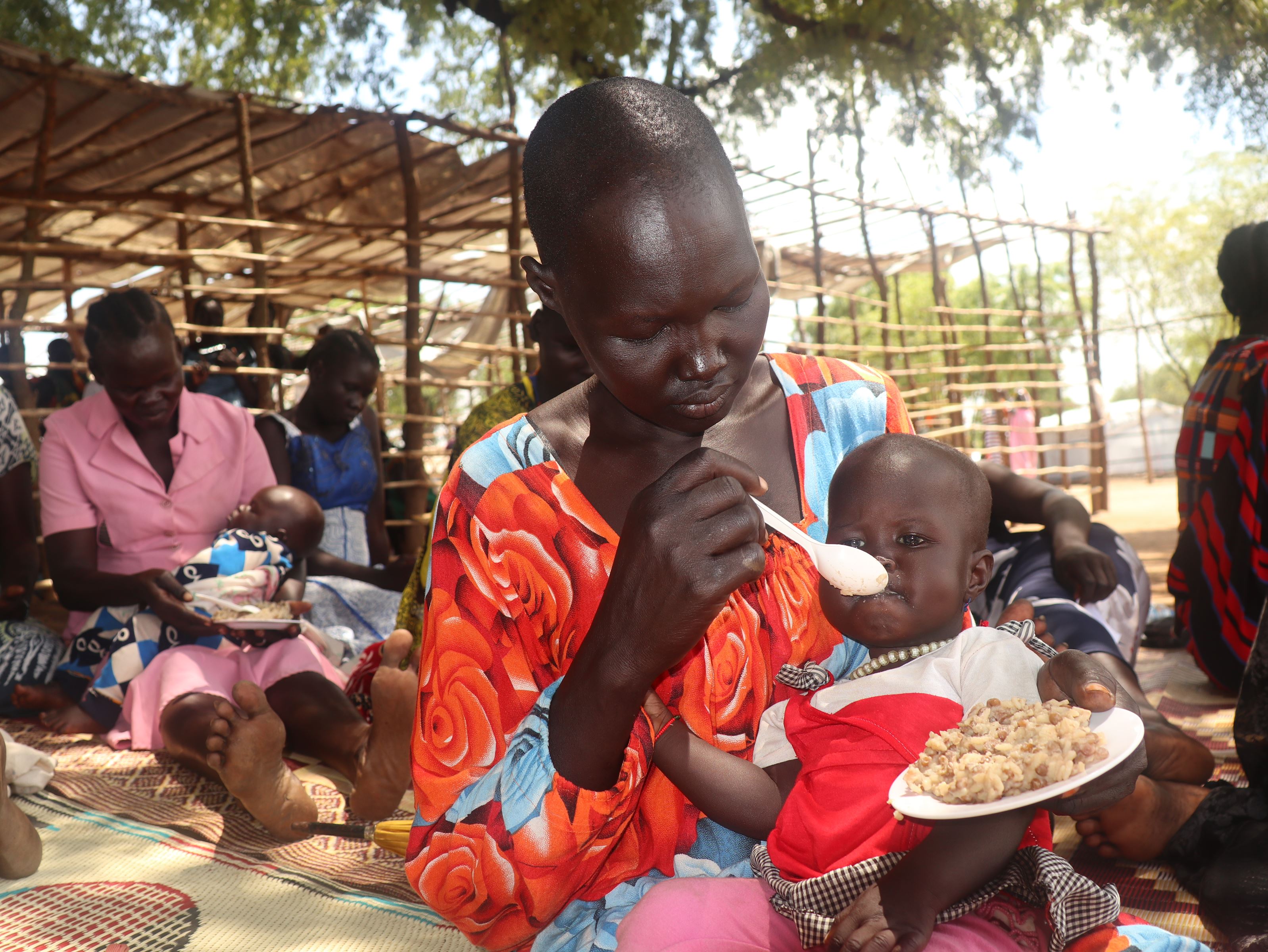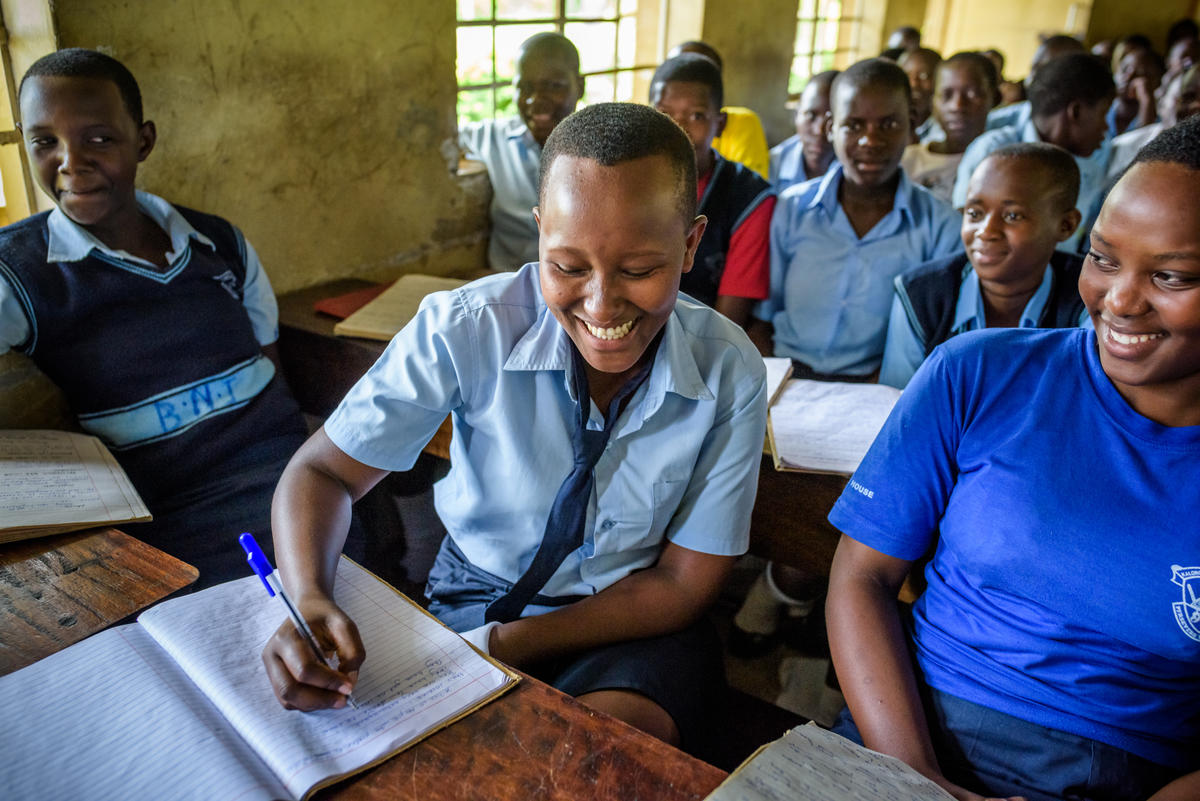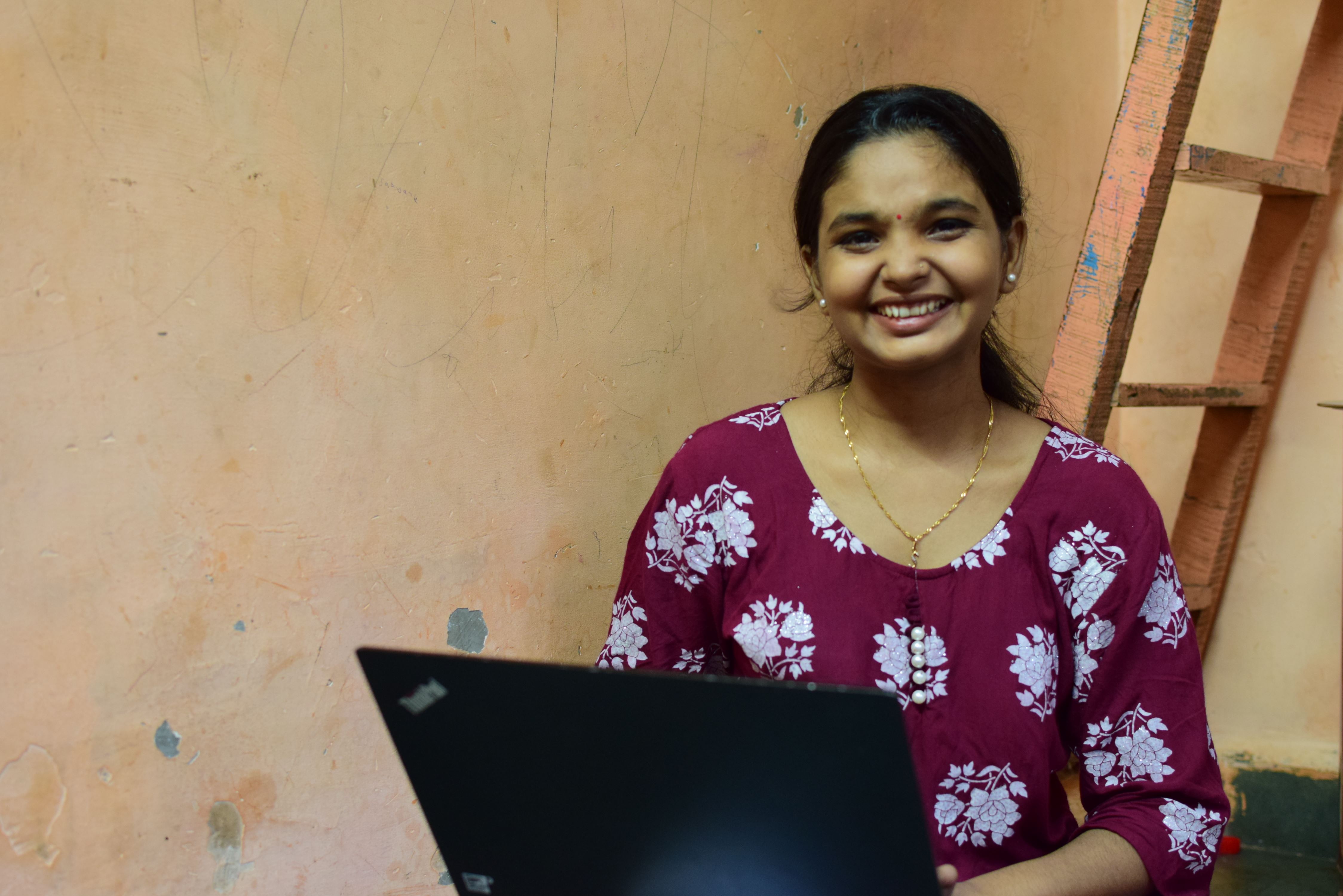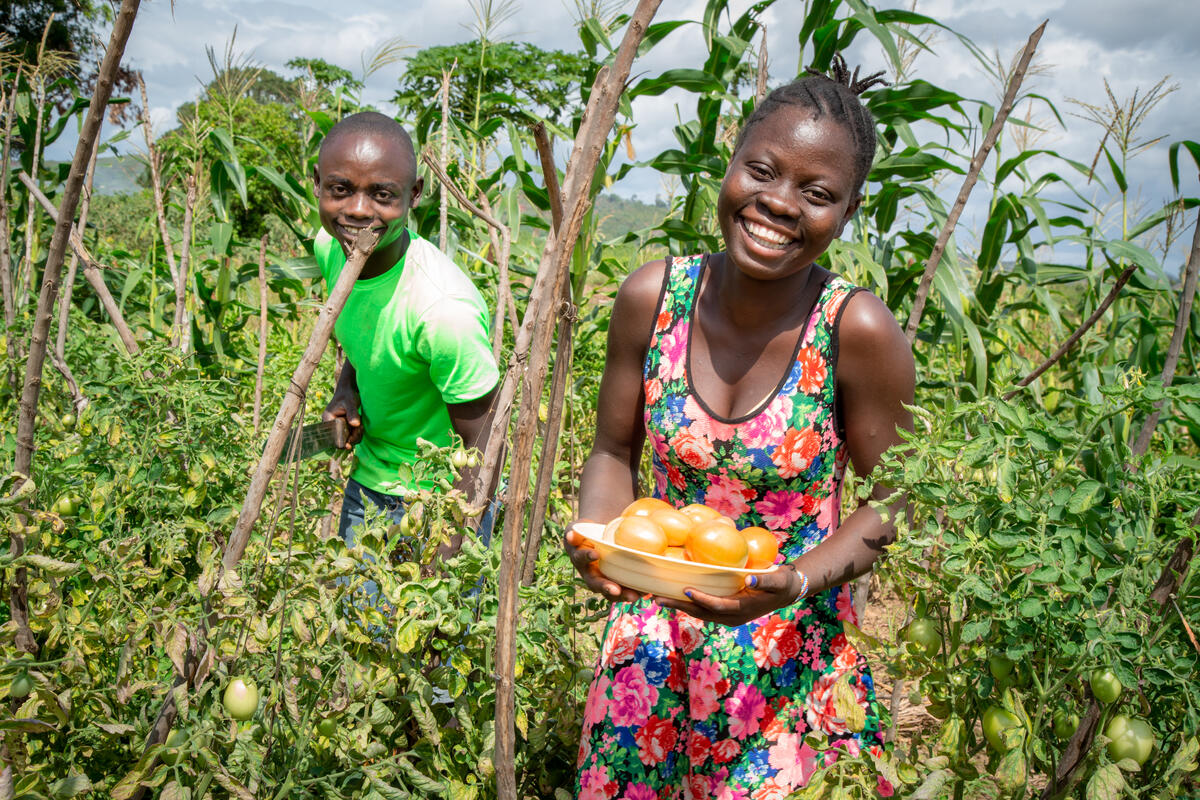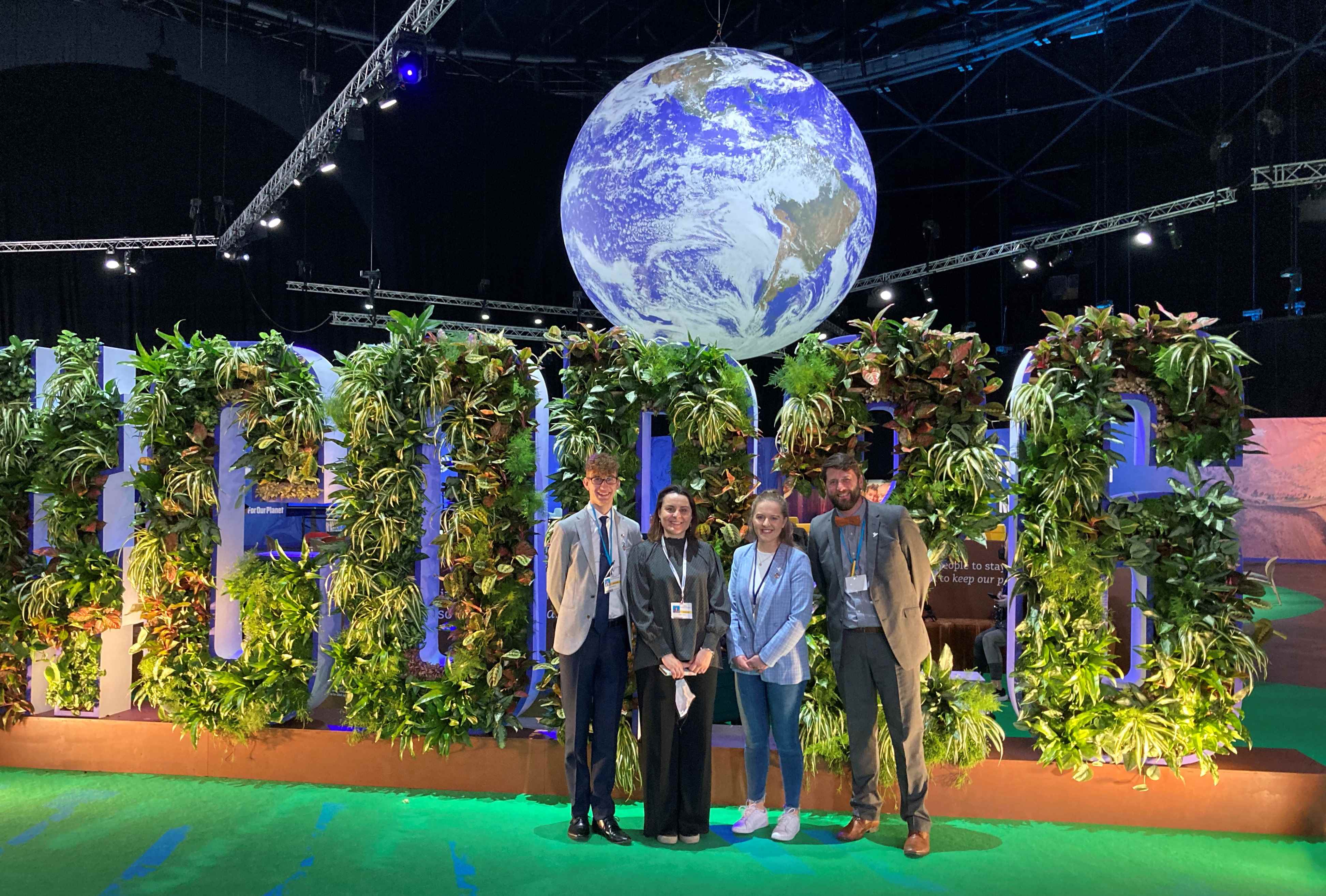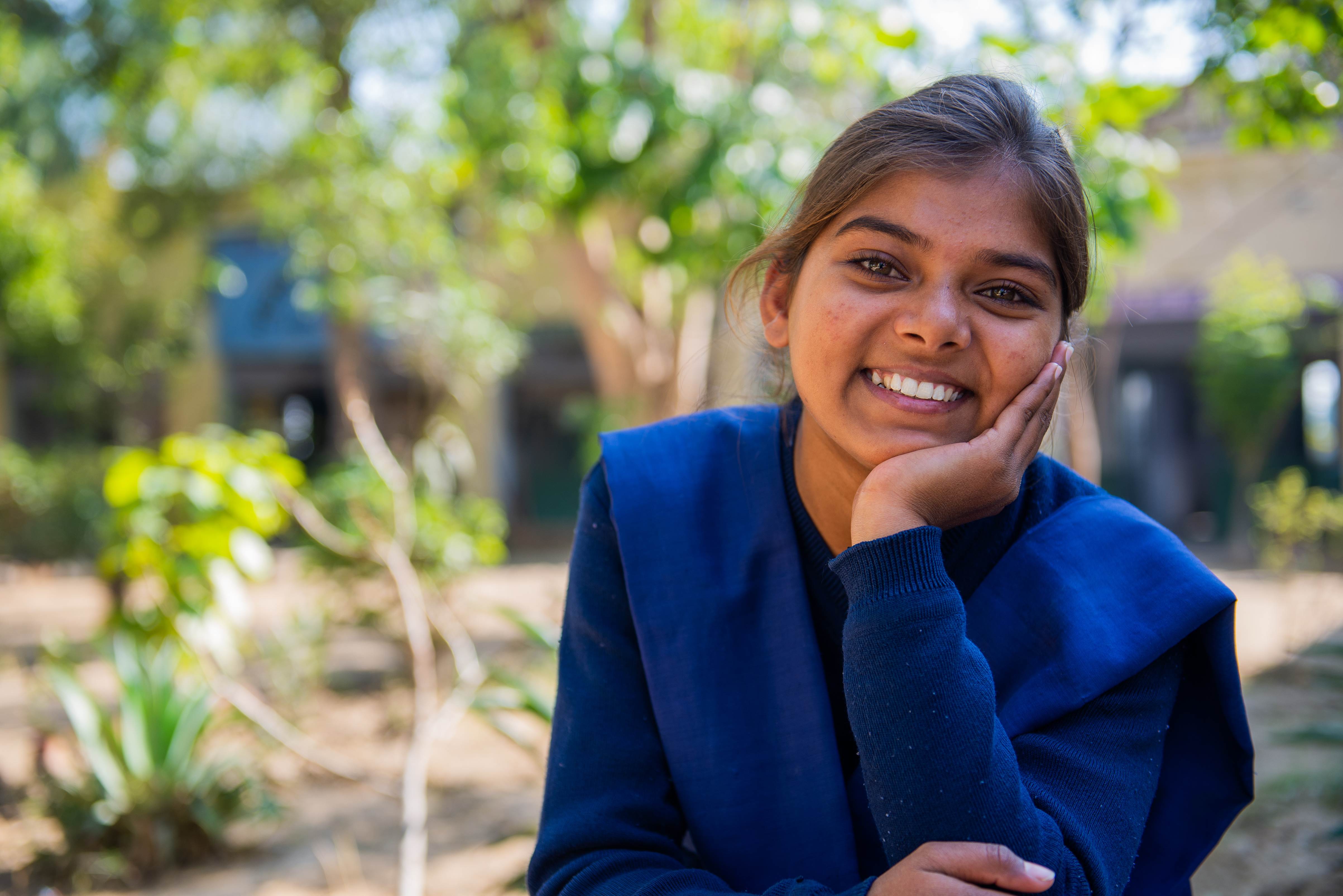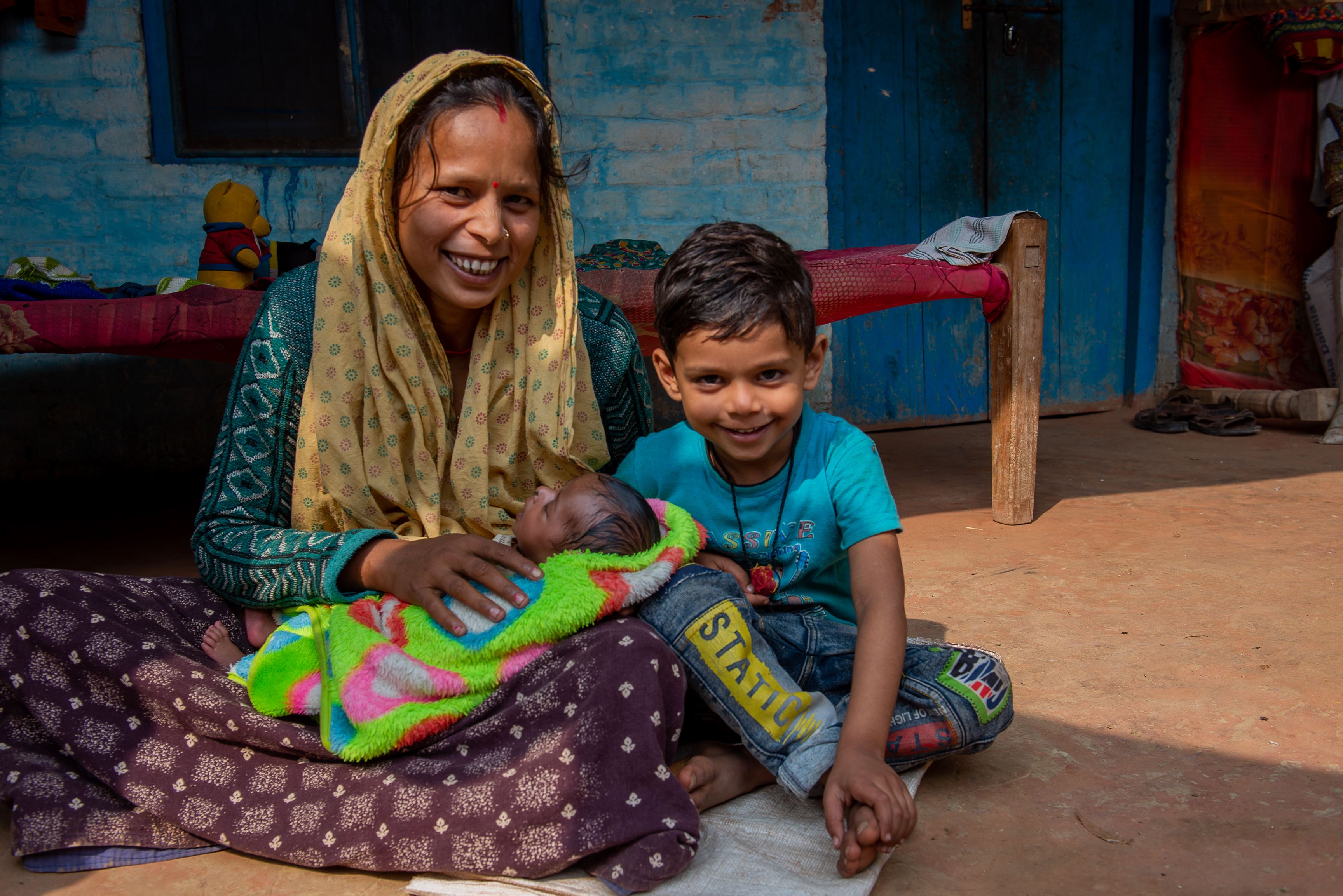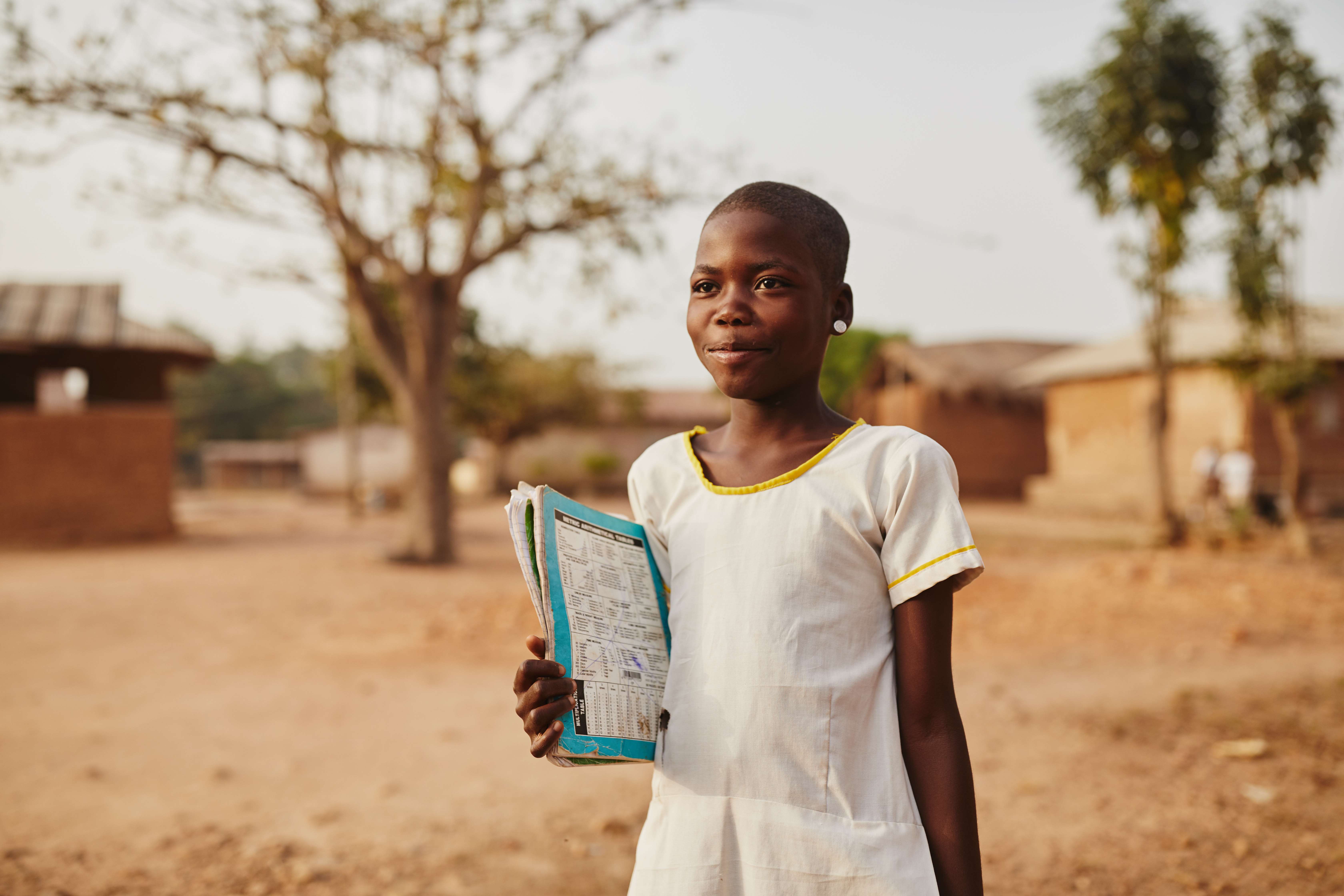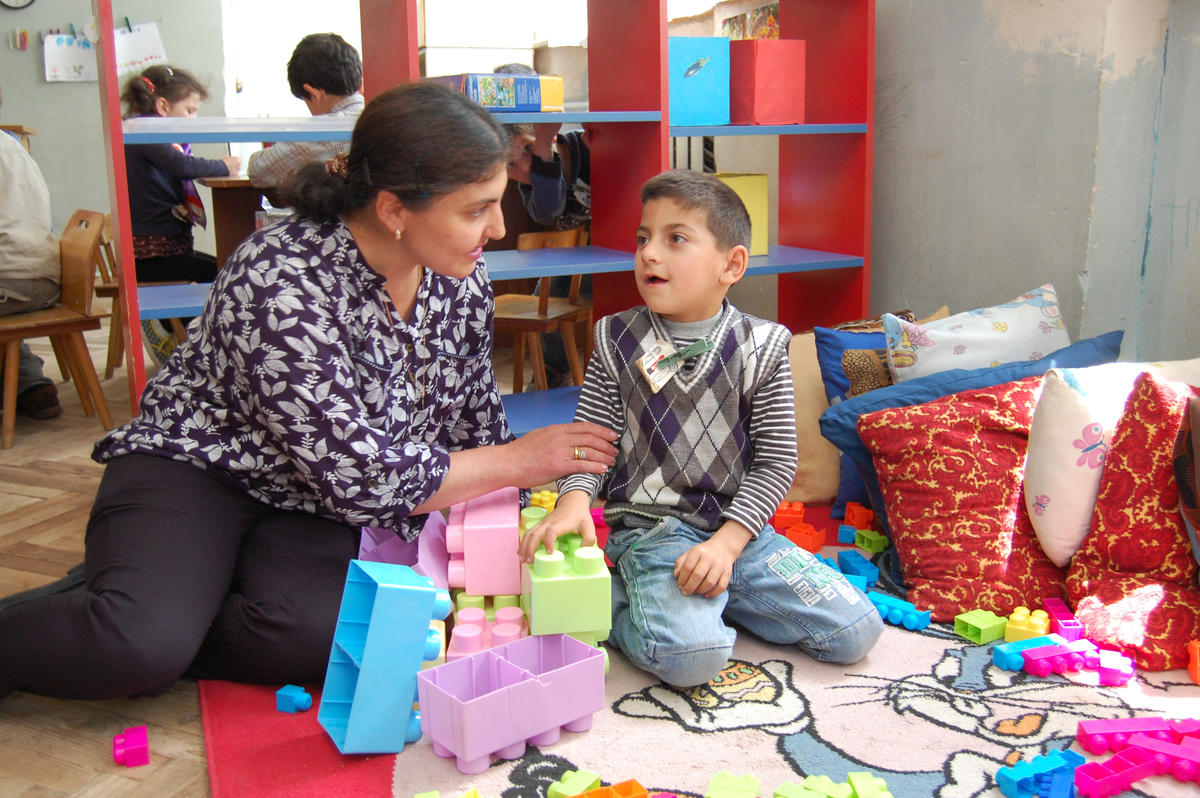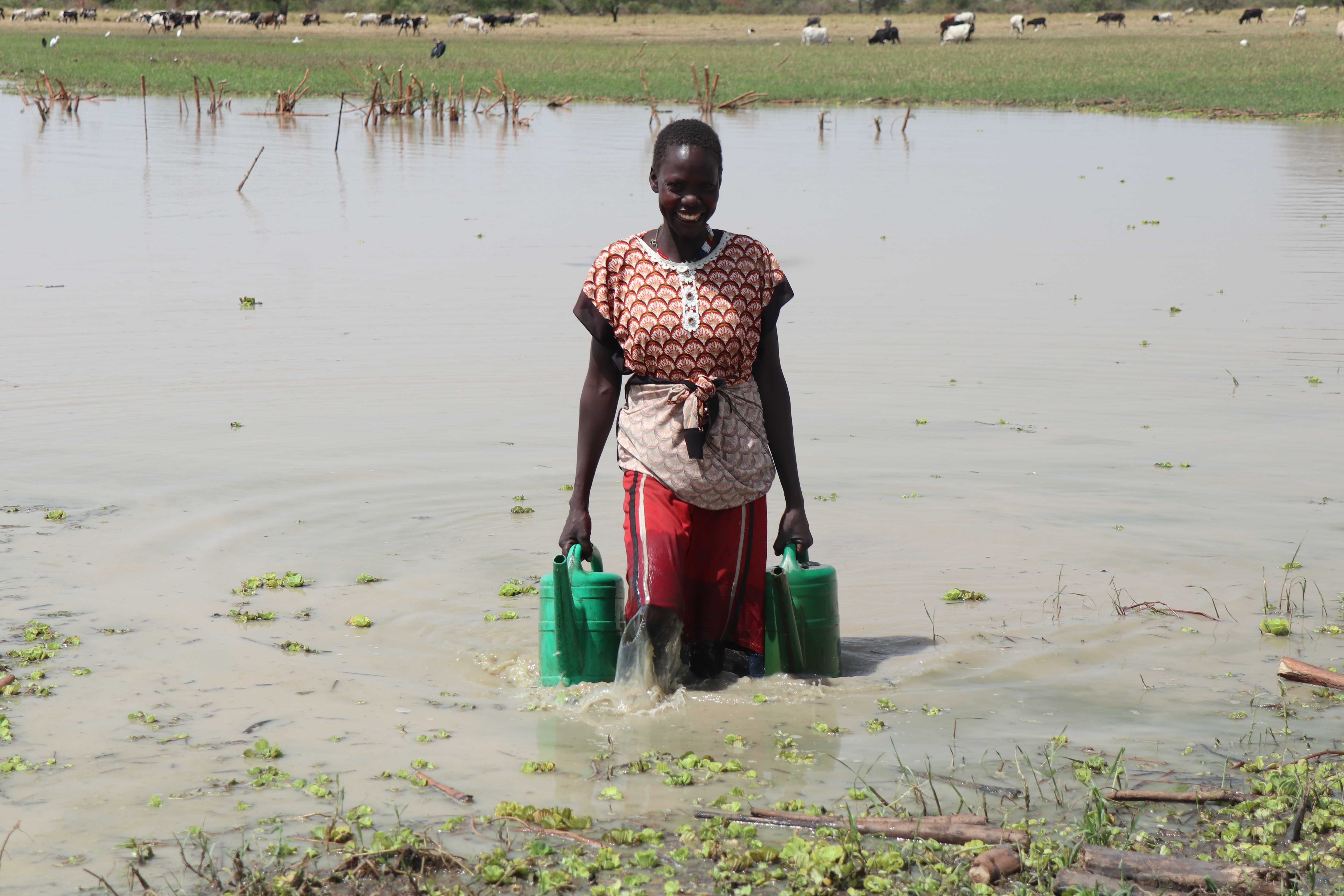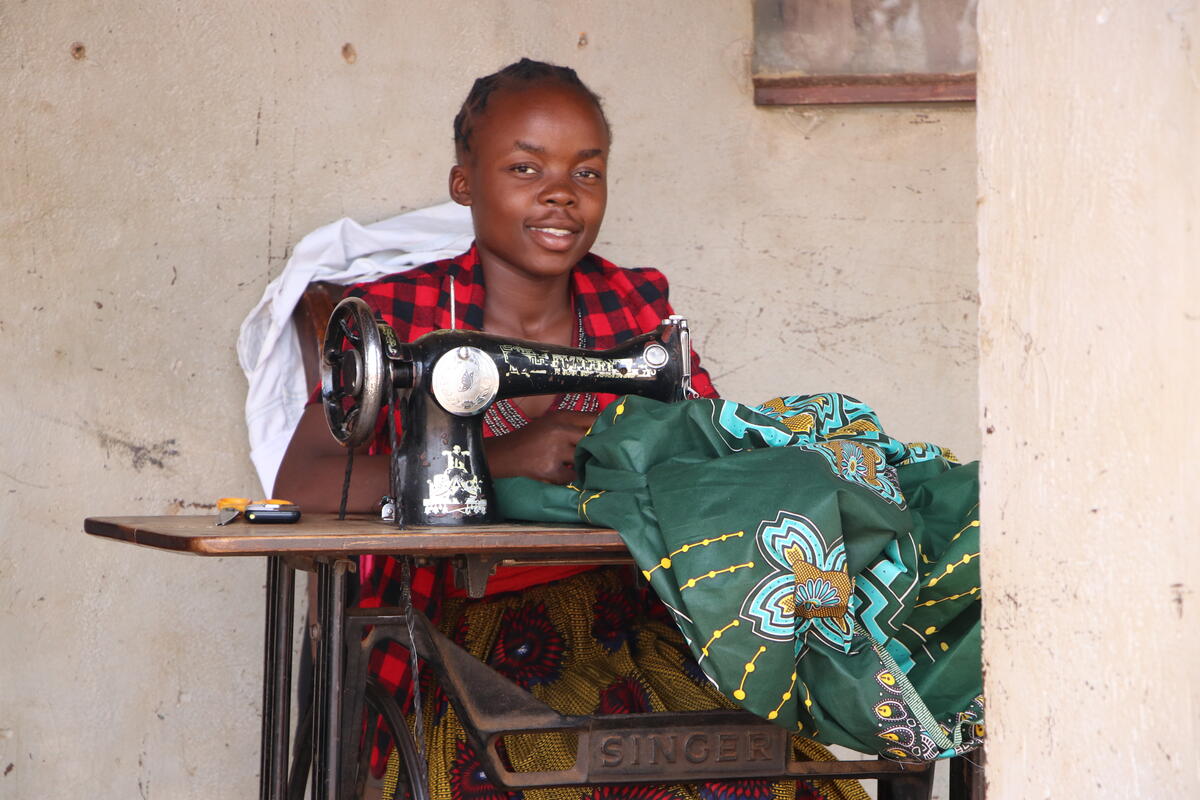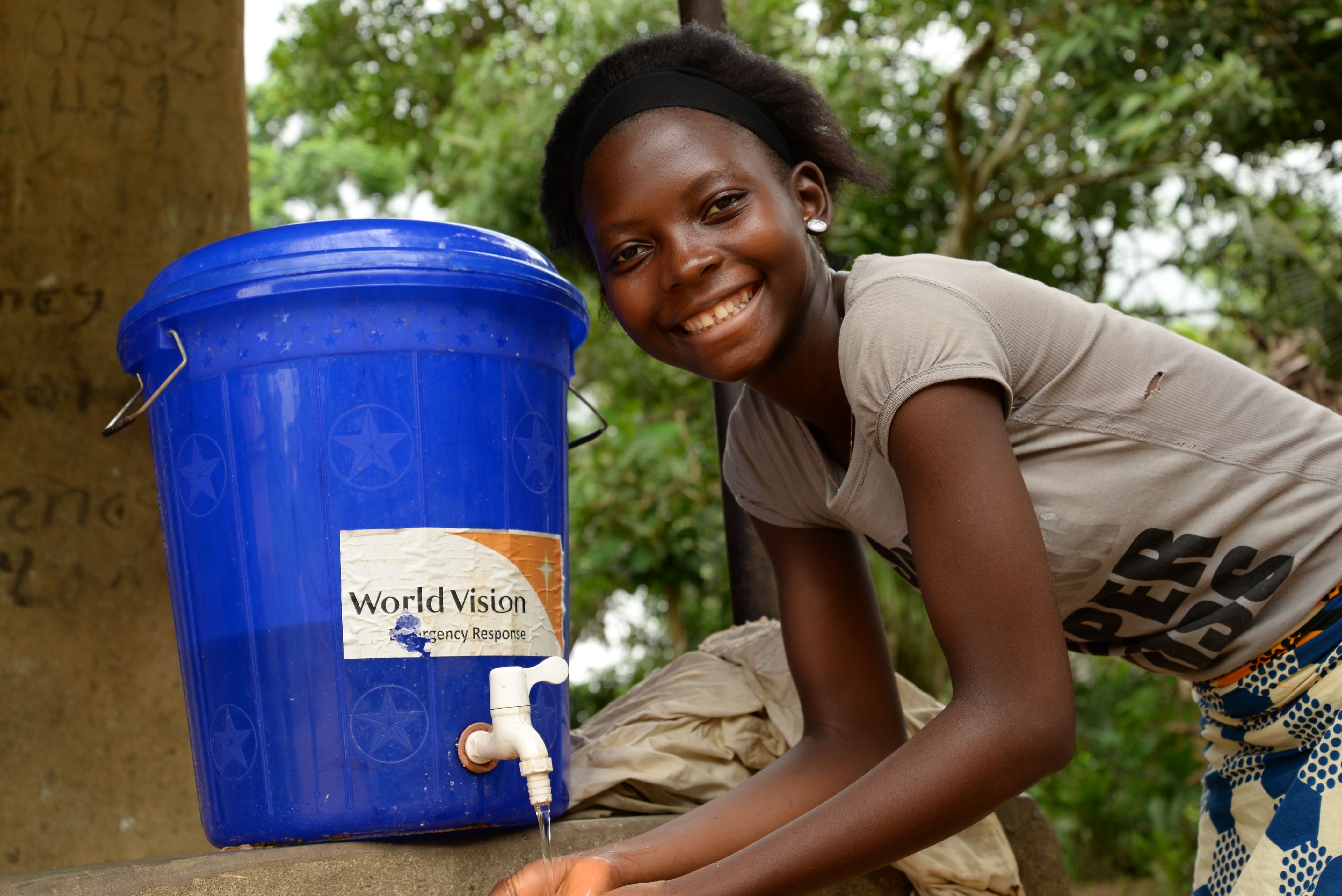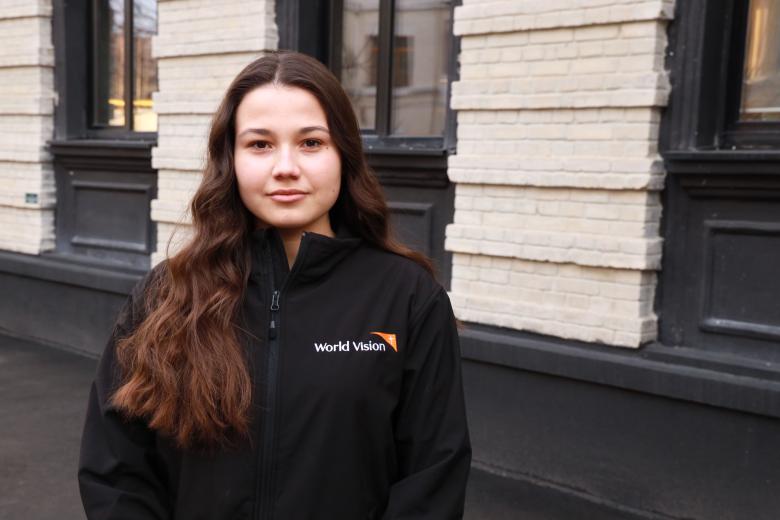
SAUTI-Youth Research
Inclusive Participation in Social Accountability Processes
World Vision Ireland have partnered with the International Institute for Environment and Development (IIED) to carry out research on the enablers and barriers to youth participation in social accountability programmes. The research, which focused on the EU-funded SAUTI-Youth project, highlights a number of important considerations to ensure the voices of youth are heard in a meaningful way when laws and policies are formulated.
Please find the full report HERE.
Executive Summary
Young people (aged between 15-24 years), currently represent 16% of the global population, and are the generation who will be most impacted by climate change. They will also inherit the responsibility for addressing it. Youth in low-and middle-income countries are highly vulnerable to the impacts of climate change, compounded by intersecting inequalities based on gender, geographies, socioeconomic status, and disability status, among others. Climate change affects women, men, and youth of different ages in very distinctive waysi. For example, women and youth are 14 times more likely to die during a disasterii. Furthermore, youth are more likely to encounter obstacles to accessing resources, information, skills, and knowledge. Despite this added vulnerability, they are often excluded from the key decision-making forums determining how such climate challenges should be overcome. Incorporating their perspectives and priorities is thus essential to ensuring social justice and effective climate action.
IIED has been engaged by World Vision Ireland to undertake research on the SAUTI-Youth project and capture lessons learned. The SAUTI-Youth project brings together the organisations of World Vision Ireland, World Vision Tanzania, and Youth Work Ireland Galway, who work to empower Tanzanian and Irish youth to monitor local government implementation of climate policies through the Citizen Voice and Action model (CVA). CVA equips youth groups with tools to enable them to have a voice and assert their right to be meaningful participants in the different policy dialogues with their governments, and jointly agree on ways of improving services. Using the practical experience of the members of these youth groups, the research aimed to identify and articulate the enablers and barriers to participation of youth in climate action in Ireland and Tanzania. Findings from this study will serve to enrich the work of SAUTI-Youth, inform future direction of work, and disseminate and share lessons and findings at the upcoming UNFCCC COP27 in November 2022.
The research involved conducting semi-structured interviews with key project stakeholders including project managers, youth leaders, youth group members and local government. A particular emphasis was placed on capturing the perspectives of marginalised youth to understand their experience of climate action. Climate Youth Dialogues were also held in Ireland and Tanzania, to present initial findings from the research to stakeholders and capture further enablers and barriers to youth engagement in climate action, as well as discuss solutions.
Findings from this research indicate the SAUTI-Youth project and its Citizen Voice and Action (CVA) model received widespread endorsement as a participatory way of working that ensured space was created for all voices to be heard. It provided a structured platform for youth to engage with government opening a channel of communication between youth and government that did not previously exist. Youth capacity to engage on climate issues as well as in working with government was strengthened in both countries. In Tanzania, youth were appointed to village committees and engaged in creation of by-laws on environmental conservation and protection, therefore becoming part of climate decision making. Similarly in Ireland youth leaders were able to build relationships with policy makers, gain an understanding of government commitments, undertake assessments of achievements and have been approached by local government to capture their views on climate change. To improve the CVA model, suggestions focused on further simplifying the language for the younger youth in Ireland in the age brackets of 10-12 years. Youth also appreciated the games and role plays the CVA approach used and suggested including even more games and interactive activities to further enhance learning.
Important enablers across both countries that supported youth to engage in climate action included a participatory process, youth led approaches and creation of safe spaces where youth could build knowledge and understanding on climate change. All these elements were present in the SAUTI-Youth project. External enablers included a supportive environment from family and friends in Ireland and incorporation of economic empowerment activities in Tanzania, which provided the opportunity for youth to build skills and generate income. The further embedding of climate resilience into these income generating activities, particularly those that are weather dependant, could further build in climate resilience and sustainability.
Barriers affecting youth engagement were largely external and reflective of wider social norms. In Tanzania females faced greater barriers to engagement in climate action due to expectations placed on them by their community to prioritise domestic and family responsibilities first. Building the capacity of a greater section of the community in the project on the importance of youth voice in climate, could help remove this barrier facing female youth. Youth with disabilities faced challenges due to their external environments often not being accessible, so the project could consider ways to further promote accessibility for youth with disabilities. Time constraints on youth availability was another barrier evident in both countries, where youth faced conflicts between climate action activities and existing commitments to school, university, or work. Solutions presented to overcome these barriers included continuing the economic empowerment in Tanzania to overcome work commitments, and in Ireland agreeing to meet with government at times outside of school hours.
The SAUTI-Youth project offers a lot to share with other projects working to strengthen youth voice in climate action. SAUTI-Youth and the CVA model recognise and value the expertise of young people, and the skills they bring to addressing climate change, therefore appreciating the vital role youth play as climate leaders. The following are recommendations for scale up of the project based on findings from this research study:
1. Continue to build on the approach used by SAUTI-Youth, using participatory, youth led approaches and creation of safe spaces, to build youth capabilities in climate and in working with government, to drive forward youth engagement in climate action.
2. Build the capacity of the wider community and local government on the importance of youth engagement in climate action and youth voice. This can help build support and remove restrictive social norms, especially important for female youth in Tanzania.
3. In Tanzania build climate resilience into any weather dependant income generating activities as well as consider including non-weather dependant activities to enhance climate resilience. In Ireland, discuss and agree appropriate timings for youth and local government meetings outside of school hours, to further support youth engagement.
4. Consider the external access difficulties facing people with disabilities e.g., limited transport options to meetings. Factor in additional support to help remove these barriers to enhance their participation in the project.
5. Source financial resources for a more long-term programme to further build youth buy in and sustainable long-term relationships and platforms working with government.
www.iied.org 5
6. Develop guidance documents to support scale up across World Vision and supporting partners on CVA for youth and climate action. Include more interactive learning activities e.g., games and role plays, and ensure language is youth-friendly if engaging younger users (12 years or below).
Read the full report here
For more information, please read the full report
Inclusive Participation In Social Accountability Processes

